When a 1-year-old falls and bumps her knee for the first time, she starts wailing like it’s the worst thing that has ever happened to her. That’s because it is the worst thing that has happened to her.
We all experience something for the first time throughout our lives. We don’t come into this world experienced and full of wisdom. And yes, some of these issues are commonplace, but it’s still stressful, especially the first time we deal with them.
“Stomach churners” is the term I use to describe those situations that form a knot in your stomach and ruin the rest of the day. Things like:
- The angry parent email (I left the baritones off the program once).
- That one class. You know … the one that just isn’t working, no matter what strategies and interventions you use.
- The first time a kid tells you “no” or doesn’t listen.
There have been a few times in my career where something stressful or upsetting derailed my day. Then, a veteran educator helped me, and sometimes let me know that this situation was not a big deal.
In no particular order, here are some common stressors that music educators go through. This is an “includes-not-but-limited-to” list, so if you have a situation that you think should have made the list, email us at educators@yamaha.com.
 Kids Quitting
Kids Quitting
This is a hard one, and even veteran educators can’t help but take this personally. It never feels like the student is quitting music; rather, it feels like the kid is quitting us or quitting themselves.
The reality is that sometimes students quit. The other reality is that while music is for everyone, the medium that we are able to provide music for kids might not be the best setting for that particular student. We can take it personally, we can care, but we can also respect their choice and welcome them back if they return.
How do we get over it? Well, sometimes we don’t . But we respect others’ choices, even if they don’t align with what we would have done in their situation.
Kids Forced to Quit
This, on the other hand, is a much bigger pain to me. I understand that students have to work within the structure and confines of the school schedule, graduation requirements, the amount of time they have, etc. Many schools have that one class that causes conflicts. But consider this: Perhaps it is our class that is the source of conflict for other electives (it doesn’t always feel good to consider these things!).
The reality is that sometimes kids have to choose. Was it all really a waste if they spent three years in music instead of four?
Other situations can be dire. For example, if a specific class or program is potentially cannibalizing your program (we’re talking enrollment drops of 5% to 10% or more), advocacy, informing and even arguing must come into play. I hesitate to use the words “saving your program,” but sometimes this is the case. Even though I know my program might still be the source of conflict at this point, I understand that there is still a certain fragility to the existence of fine arts programs that are dependent on enrollment. Remember that sometimes, being in tune with our school’s goals with the resources we have can help us to combat potential issues.
Administrators or Parents Not Understanding Us
Many of us just want to be understood, respected and left alone. But consider this: Are we trying to play opposing sides?
Stephen Covey’s “7 Habits of Highly Effective People” states: “Seek first to understand, then to be understood,” a quote that has deep meaning for me. There was a point in my career where I made some scheduling or rehearsal mistakes, and I wasn’t playing nice with some other colleagues.
The principal called me into his office, and I’ll never forget what he said. “We disagree on something right now,” he said. “I think I need to start thinking about things more like a band director, and you need to start thinking about things more like an administrator.”
This was just the advice I needed. The principal wasn’t telling me to back down or change my stance, but rather to consider other viewpoints.
We work in schools. If someone doesn’t understand something, maybe we need to inform (teach) them as best as we can.
But sometimes, others may never understand us. I called a mentor of mine once complaining that all the community cared about was the pep band and that they weren’t taking our concert literature seriously. My mentor’s response: “There are worse things than making people happy with music.”
Message received.
Although the community didn’t seem to understand our artistic concert approach, they didn’t stand in the way of it. I decided at that point that it wasn’t really important for everyone to understand that we are artists!
 Lunch or Bus Duty
Lunch or Bus Duty
I’m still convinced that teachers love the actual teaching part of teaching. And then there are the duties. Not many teachers look forward to organizing mass transport of hormonal adolescents (bus duty) or supervising the collective midday feeding (lunch duty). Organizing these duties is never the same as your classroom, and there is often a lack of control and order.
Turn it around into something positive. A friend of mine took lunch duty as an opportunity to meet every kid in the lunchroom and form positive relationships. After a couple of years, some of these kids joined the band. Was my friend crazy about doing lunch duty? No. But her personality was such that she supported the entire school, not just the music program. As a result, more kids signed up for music.
When Things Don’t Go Perfectly
Winston Churchill said, “Perfection is the enemy of progress.”
Your perfectionism stresses kids out. There, I said it.
Let’s think about concerts. If you’re leading a group of 20 to 100 students between the ages of 4 to 18 at a specific time of day in a specific location with several parents, administrators, etc., watching … it isn’t going to go perfectly. So, stop hoping for things to go off without a hitch. As long as no one’s safety is at risk, some of these hitches can actually lead to memorable events.
Once my band was doing a recording session, and we had to use glass Coke bottles for a specific sound. After a few runs, the percussionist hit the bottle a little hard. We have the most pristine recording of glass shattering, the ensemble stopping and then everyone laughing. We took a few more months to improve this piece to play at a state festival. You know what the kids request to hear years later? The bottle break!
Another example was when I saw one of the most respected directors in the state show up to a festival, get ready to play and then realize that the percussionists left nearly all of their equipment back at the school, which was over two hours away. The director did what any of us would do. He stressed out for a bit, held his head in his hands and then asked for help. The band going on afterward offered to let the first band use its equipment. The performance was fabulous.
When all else fails, think about how an imperfect event will lead to absurd and entertaining conversations in the future. People don’t sit around the dinner table talking about the perfect events that happen. The worse the event goes, the better the story you have to connect with other imperfect human beings later!
However, this does not mean we do not have high standards.
 That One Class
That One Class
We’ve all had that class, and some years, it’s harder to deal with than others. It either meets at the beginning of the day, causing stress and anxiety to your morning, or at the end of the day, serving as a final challenge to an otherwise productive day. The further into my career I go, the fewer instances I have of this, but it still comes up. I know that different classes require different approaches. The more I tried to make that one class fit the mold of my other classes that were going fine, the worse it got.
Remember: It’s not personal! Do you drive to work thinking, “I can’t wait to dump my entire life out on these kids and just take it out on the first 6th grader who crosses my path!”
Hopefully not! The same is true for our students. Yes, they can push our buttons, and yes, they can sometimes purposefully act out.
Each situation is different, but in many cases, the tried and true still works. Don’t be afraid to call home, refer the student to someone else or change seats (who says all the sopranos must sit together in every rehearsal?).
When I work with younger teachers on classroom management, I ask them how we can be proactive about behavior as opposed to reactive. For example, in one classroom, kids misbehaved most when music was being handed out. We made a proactive plan by simply eliminating this downtime. Music was prepared ahead of time, names were penciled into parts, and a few students came in ahead of time to place music on the chairs. There were two benefits from this plan: The teacher no longer had to deal with behavior issues, and she saved a good 10 minutes that could now be used for playing.
At times reacting is necessary but be careful because there comes a point when management can quickly be lost. When we must react, I strongly recommend taking a pause and thinking about the intention of the behavior, which can help you come to a helpful response. Sometimes there isn’t a clear reason why a student did something, but other times, you may find answers that lead to correcting the behavior as well as empathy.
Ever-Changing Rules and Guidelines
This is a tough one. The school unveils the new improvement plan for the year, and the new educators nod their heads because they’re all in. The veteran educators sit silently and wonder how long this new plan will last. It’s a difficult balancing act. On one hand, no one likes their time wasted. On the other hand, the less support something has, the less likely it is to flourish.
School improvement plans aren’t going away. Furthermore, if you’re an elective teacher, you have to pick a side. You know what I’m talking about. Have you voiced these thoughts out loud or at least in your mind?
- Elective teacher: “None of this applies to us! This is a complete waste of our time, and I could be doing something better. Why do I have to be here?”
- Same elective teacher, different meeting: “They didn’t include us in any of this! I feel like we’re on our own island and no one understands us.”
We’re either in, or we’re in the way. Many school improvement plans are battles that may not be worth fighting. Remember: We are employees with supervisors, and we answer to people. Nothing says you have to go all out. If there is a school improvement plan that you can totally get behind, go for it. Otherwise, complete the minimum requirements, don’t complain and use your remaining energy in other parts of your job.
The Angry Parent Email
To: musicteacher@awesomeschool.org
From: angryparent@youllneverbegoodenough.com
Subject: no subject (alternate subject: the entire email just placed in the subject line).
Sent high priority.
No greeting, and a hard-to-read tone. Are they angry or IS THEIR CAPS LOCK KEY BROKEN?

The angry parent email. Oof. It always comes after a mistake or miscommunication. You’ll probably make less mistakes as you continue your career, but you’ll still make mistakes. Just own it. That being said, parents shouldn’t get a free pass to abuse you. Your school may vary, but if a parent becomes verbally abusive on the phone, they get one warning, and then the phone call ends. Here’s what I say and do:
- “Mr./Ms. Parent, I understand you’re upset, but I can’t continue this phone call if you continue yelling or swearing.” Yelling and swearing continues. “I’m sorry Mr./Ms. Parent, but I will contact you over email and make my administration aware of this so we can resolve the situation. Thank you.” Then, IMMEDIATELY notify your supervisor
Angry parent emails still make my stomach churn. There are typically two responses to these: 1) wait for a bit, and then respond or 2) just tackle it right away. I prefer the latter tactic. In most cases, I respond asking the parent when they are available for a phone call, and then I speak to them.
Nine times out of 10, they are not as angry over the phone as I perceived them to be in their email. Rather, they are frustrated or just want to be heard. We come to a solution. If I’m wrong, I admit my mistake and let them know the action I’m taking. If I don’t know the action I’m going to take, I tell them this, but that I will get back to them within a day or two to let them know. If we determine that there isn’t any fault, but rather some communication issues, I’m still sorry for the situation and the stress that it caused.
When It’s Not What You Thought It Was
I love my job, but I’ve also come to realize that it is what it is — a job. Some of us may have been sold a bill of goods to think that what we do is fun (music is enjoyable after all, and we get to work with kids, right?). It can be fun…sometimes. But, it’s still a job.
Expecting our jobs to be fun just because they involve music and kids can put unrealistic expectations on everyone involved. It is still work. It can be fulfilling, but our jobs cannot be expected to provide all the joy in our lives, and we can’t blame our work when it requires…well, work.
You may have heard some teachers say, “I’ve never felt like I worked a day in my life because I did something I loved!” I’m happy for those people, but I can’t relate to that every day. I’m certainly grateful, but everything I’ve loved, including my job, people close to me, hobbies, etc., have required work at some point. The love you have for your craft is what keeps you coming back during the stressful times.
 Some Final Tips
Some Final Tips
Just because you find yourself in stressful situations doesn’t mean that you are doing a bad job. However, if you find that everywhere you go and everyone you correspond with has conflict, you may need to take a hard look in the mirror. I was once bluntly told, “If it smells everywhere you go, check your shoes.”
Quadrants: Consider breaking your day into quadrants. There are certainly things out there that can ruin your day, but what if you were able to have a situation ruin only part of your day?
Communication: Many of the issues that come up stem from communication issues. When you’re in a stressful situation, consider stepping back and looking at the communication that led up to the event. Could you have communicated something clearer, or did you read something with an intention different than what the other party meant?
Stressful situations will always happen. We can wish them away and become frustrated when our life doesn’t become easier, or we can become experienced and stronger in our handling of our professional relationships.
We can’t eliminate all the stress in our lives, but we can work to actively manage the stressful situations that may occur. I share this quote with anyone feeling overwhelmed: “I ask not for a lighter burden, but for broader shoulders,” which has been attributed to both a Jewish proverb and to Atlas in Greek mythology. This doesn’t mean you are constantly looking for tough situations to be in; rather, you are working to gain experience for those times when the going gets tough.
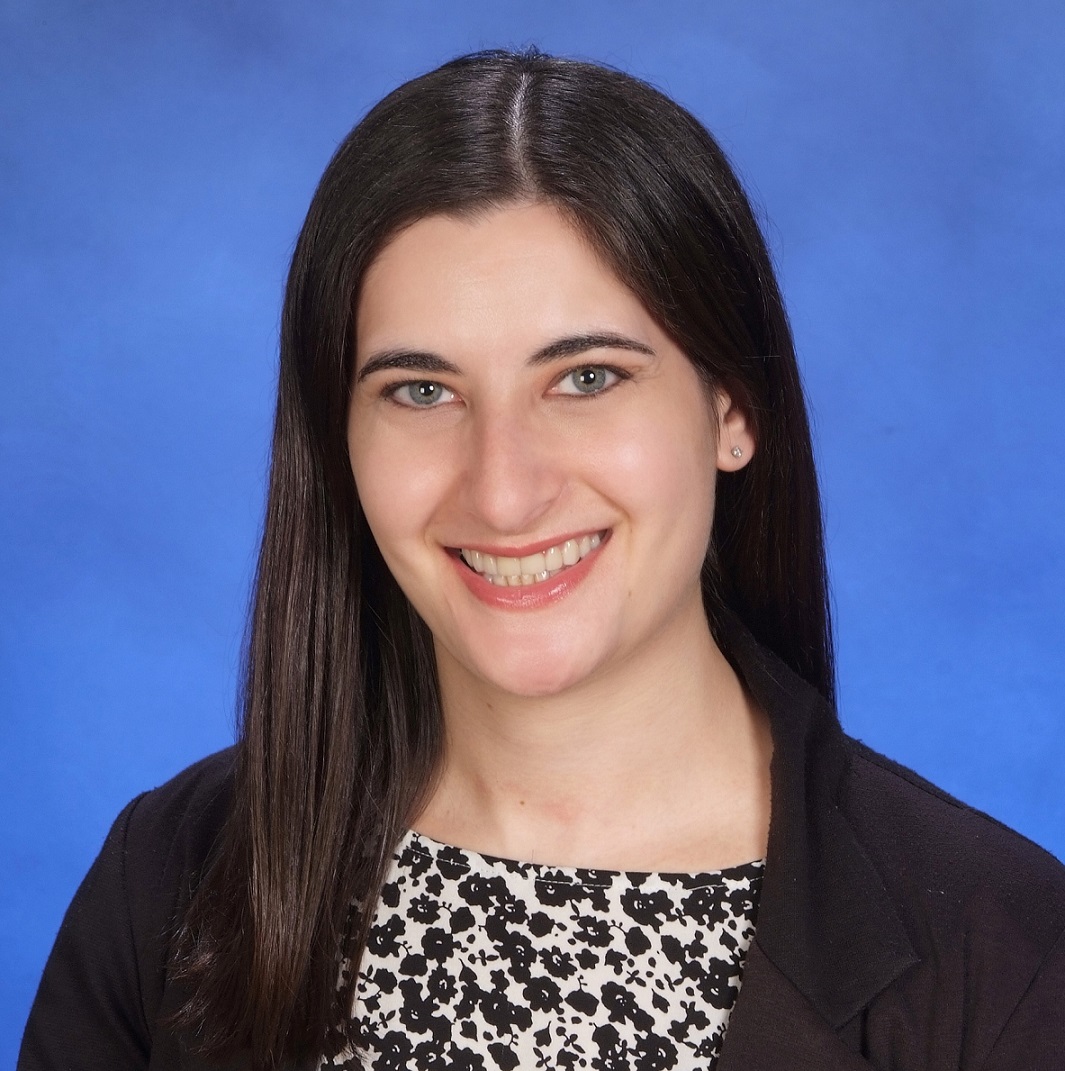









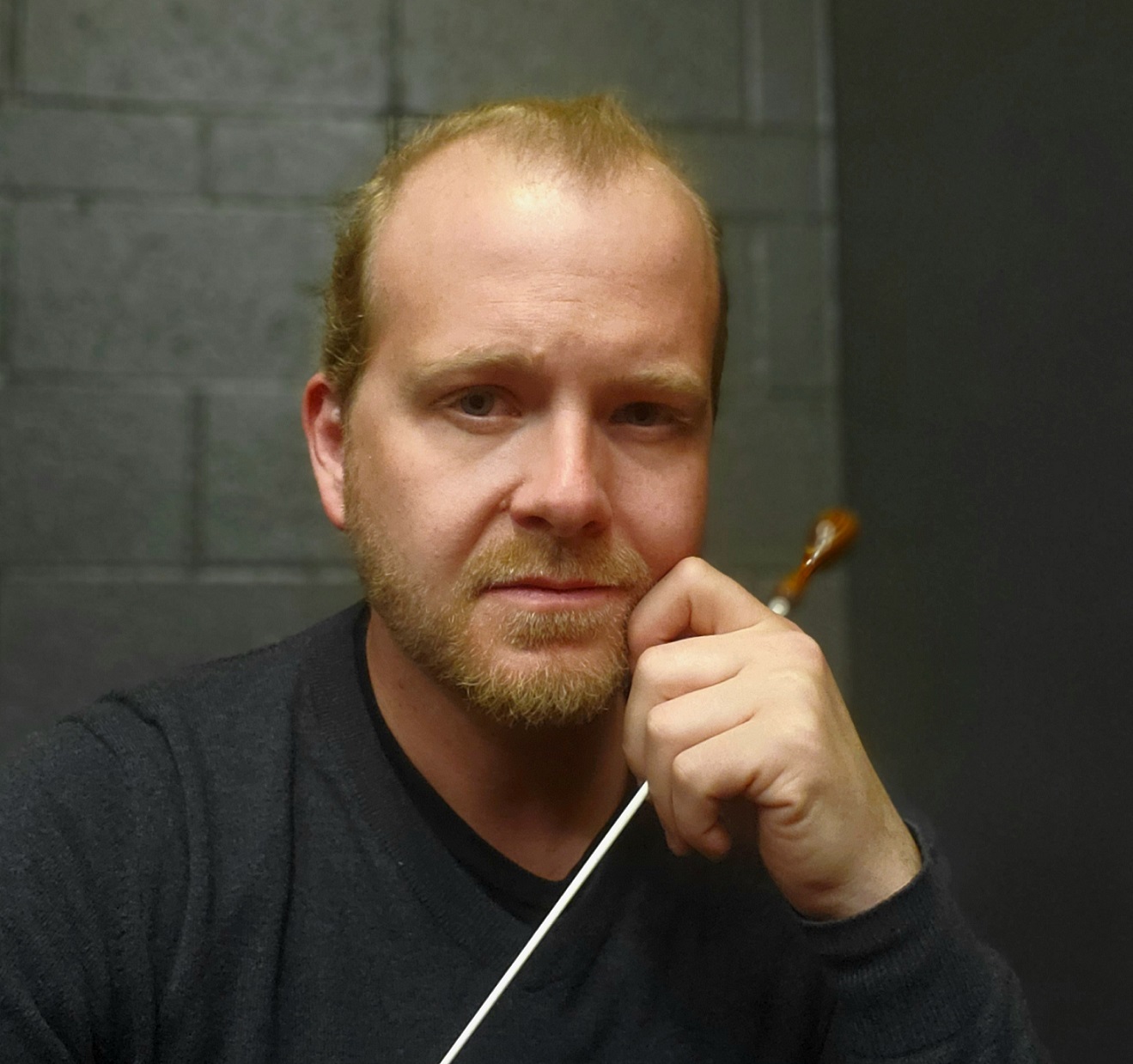
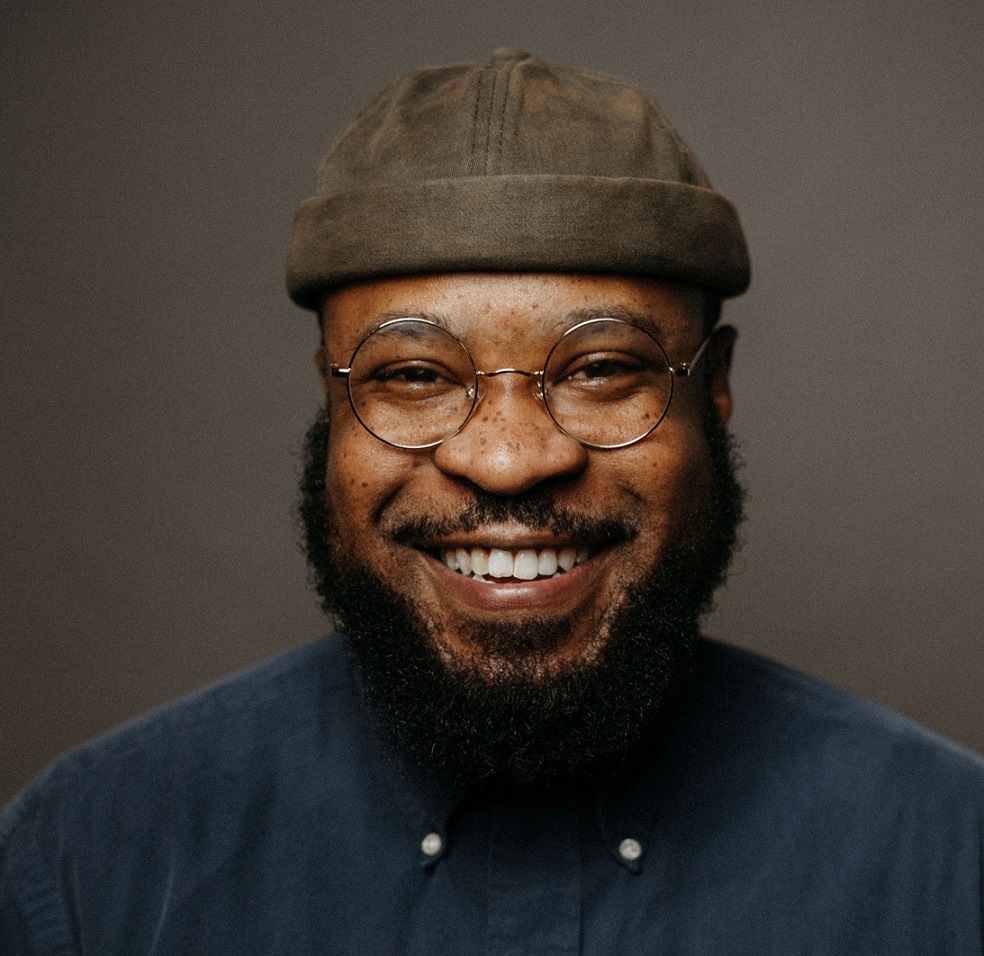
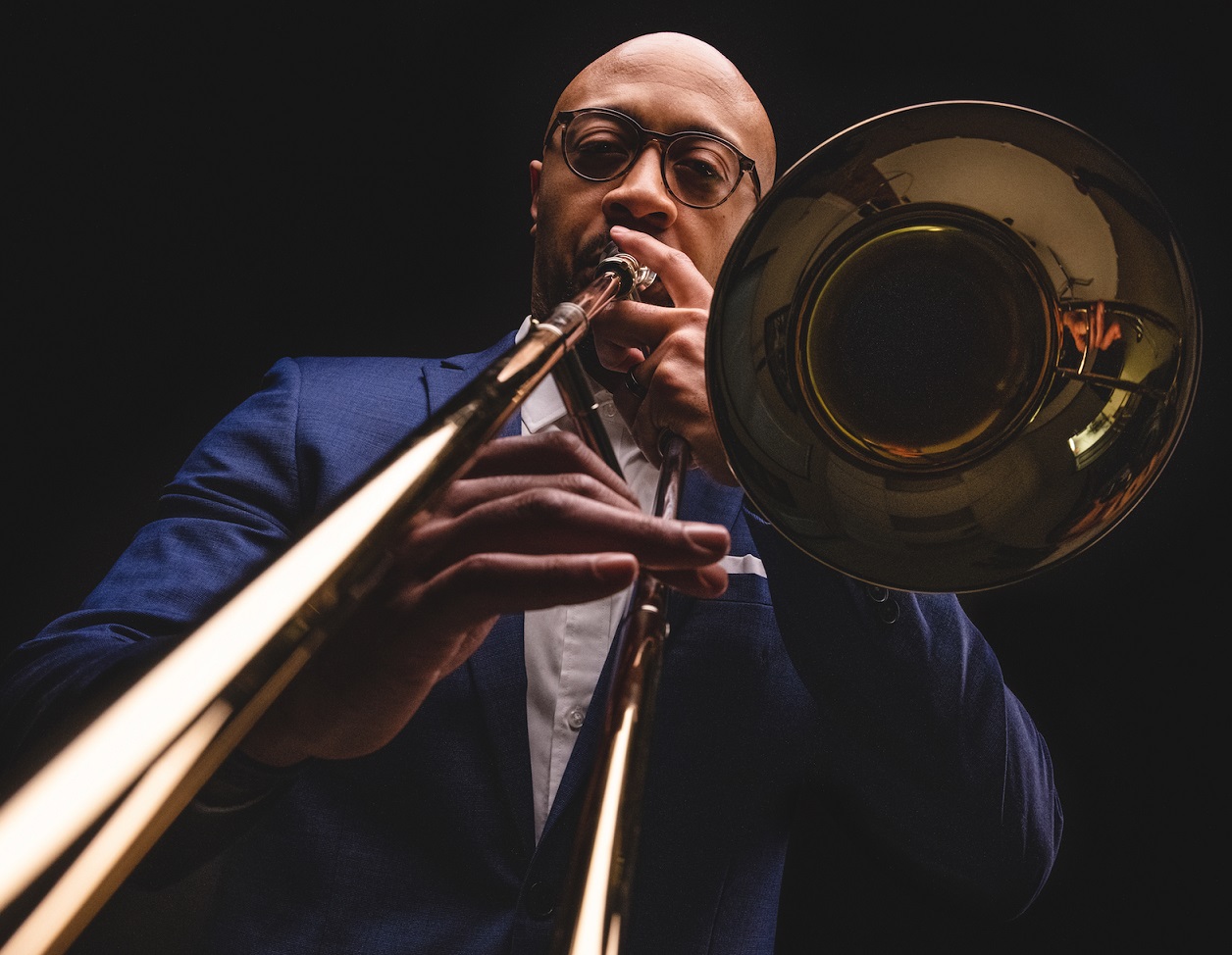

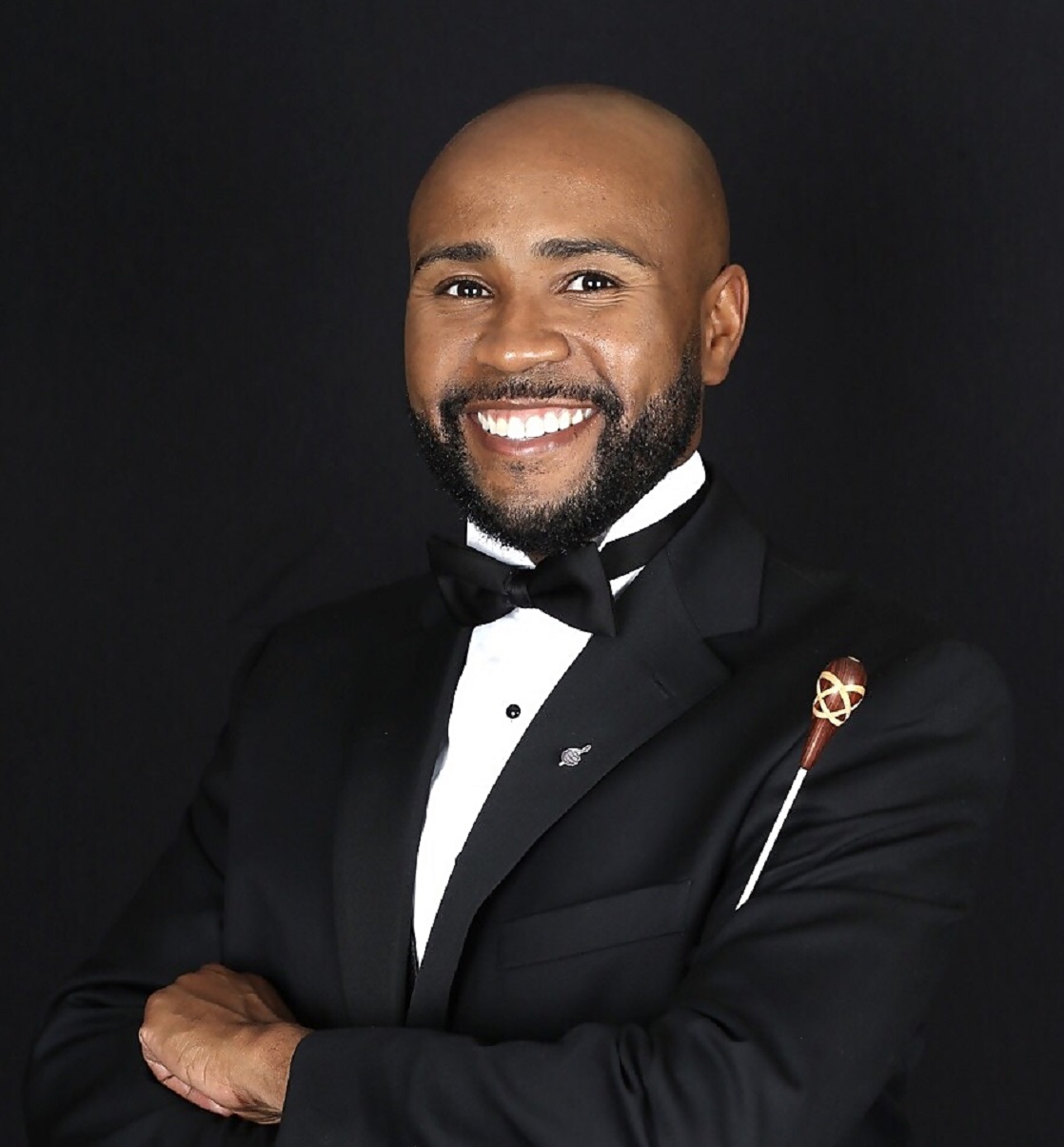
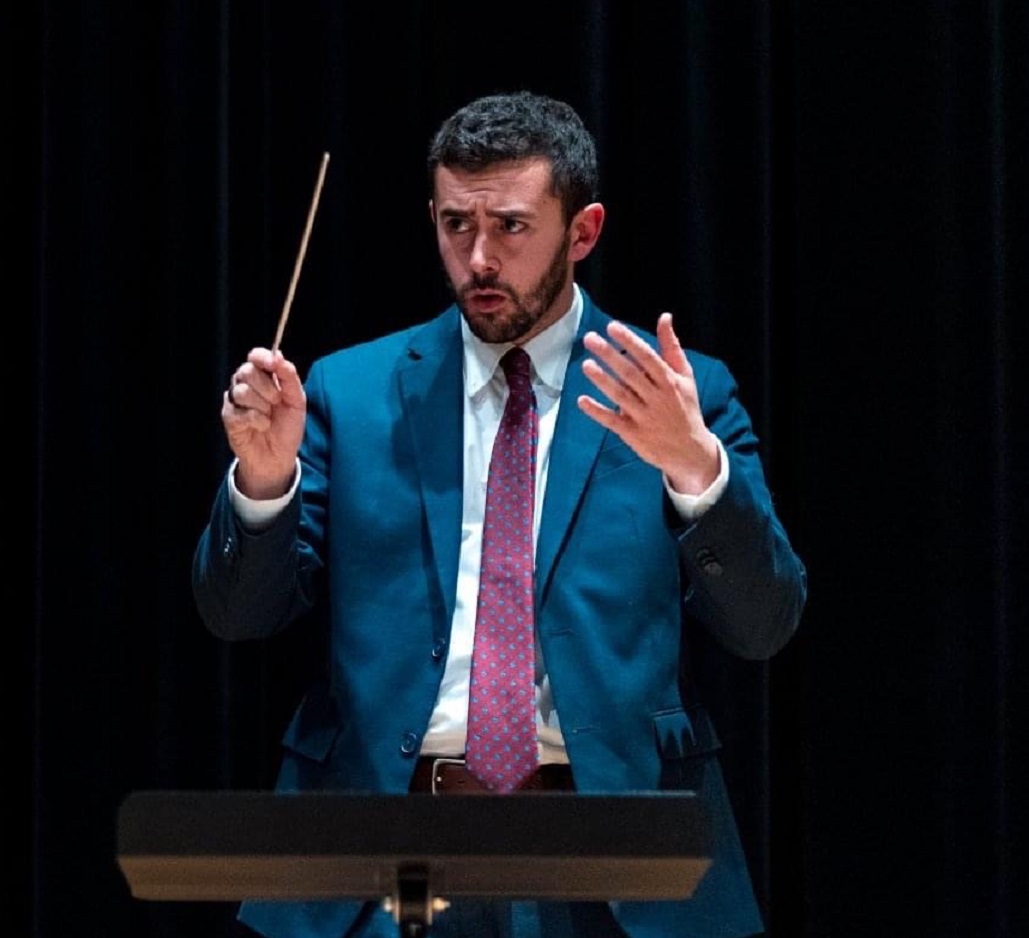

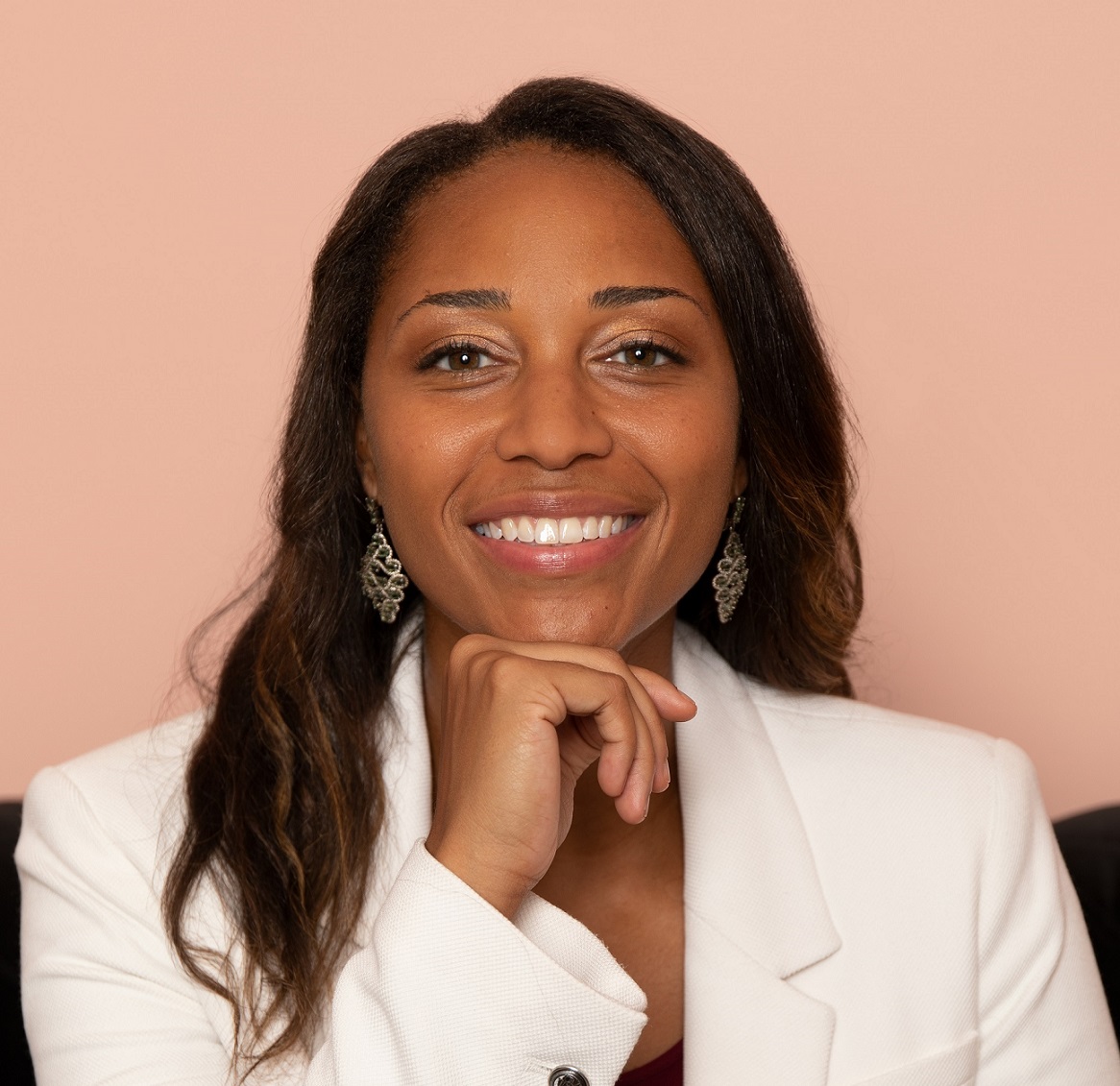


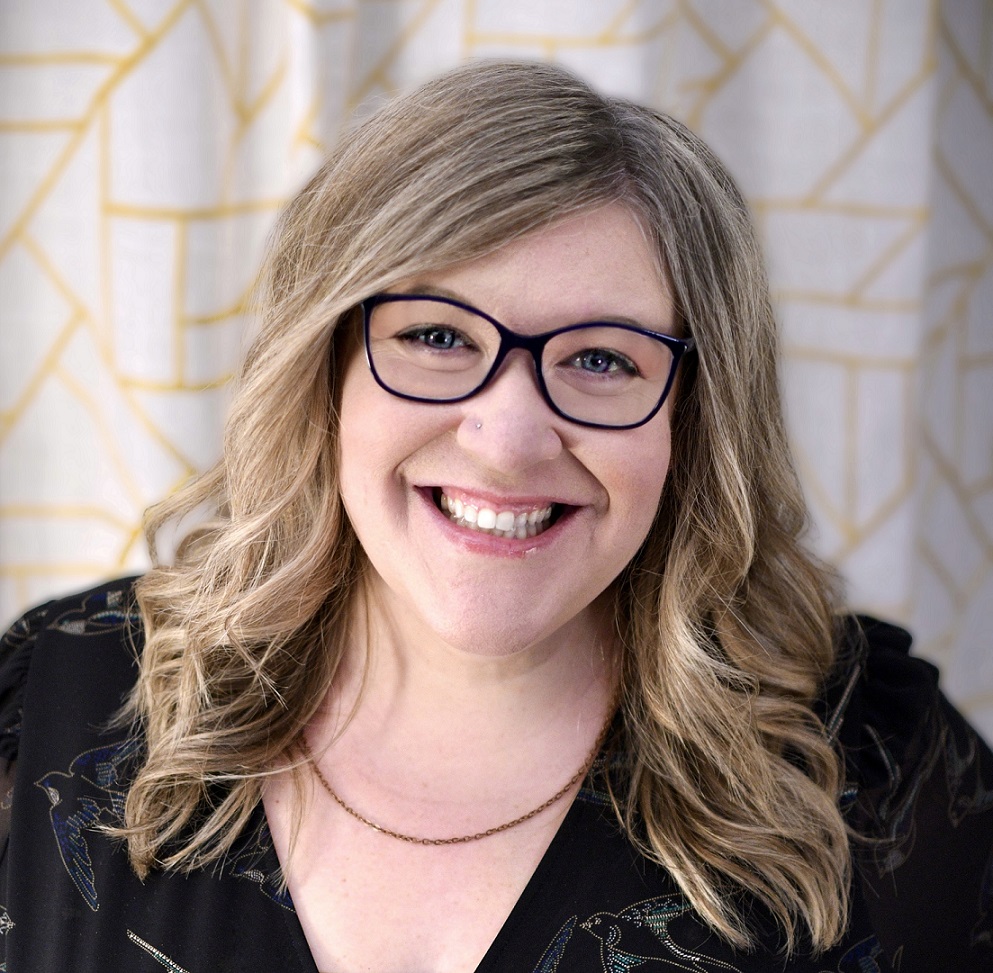






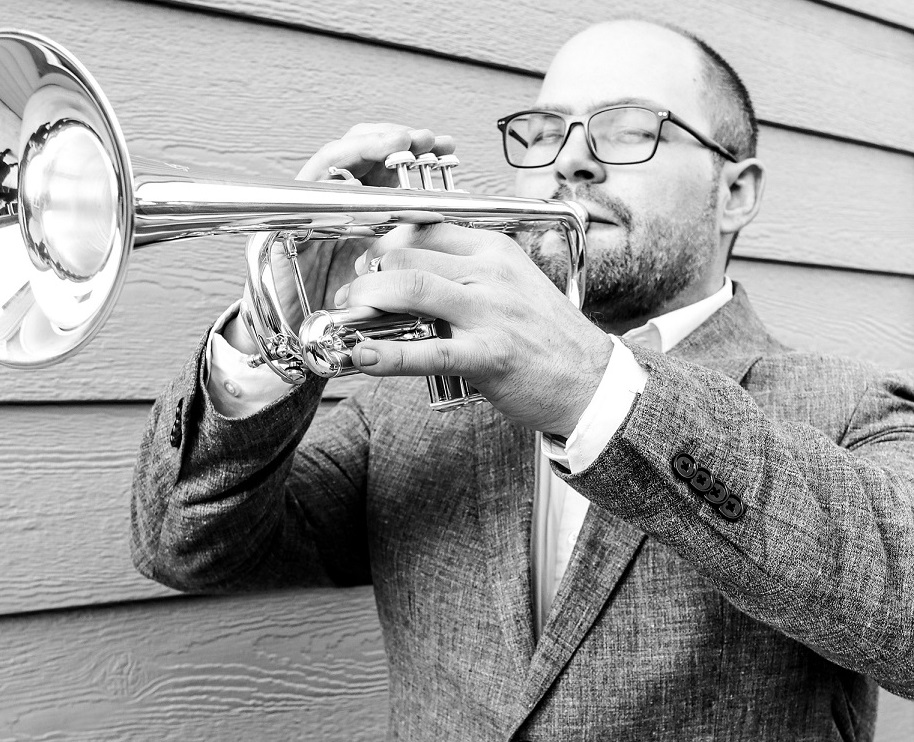
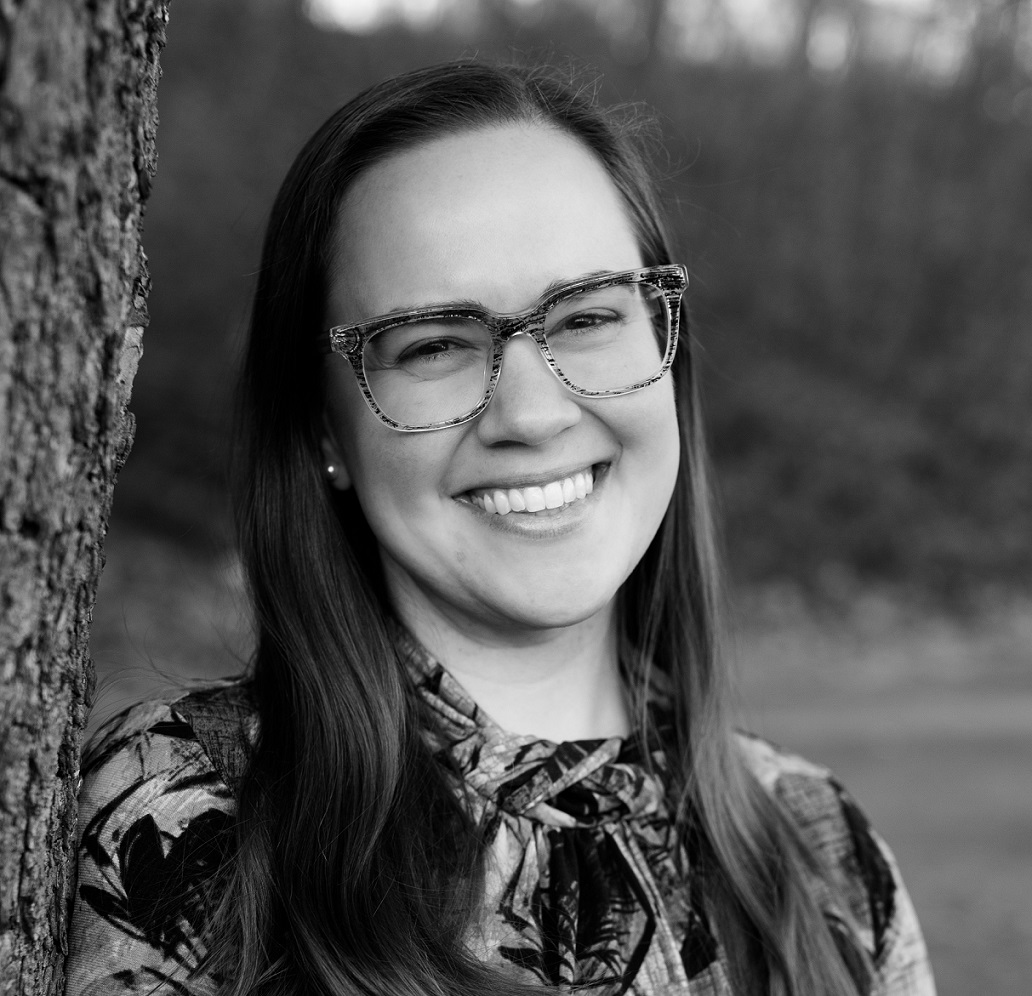



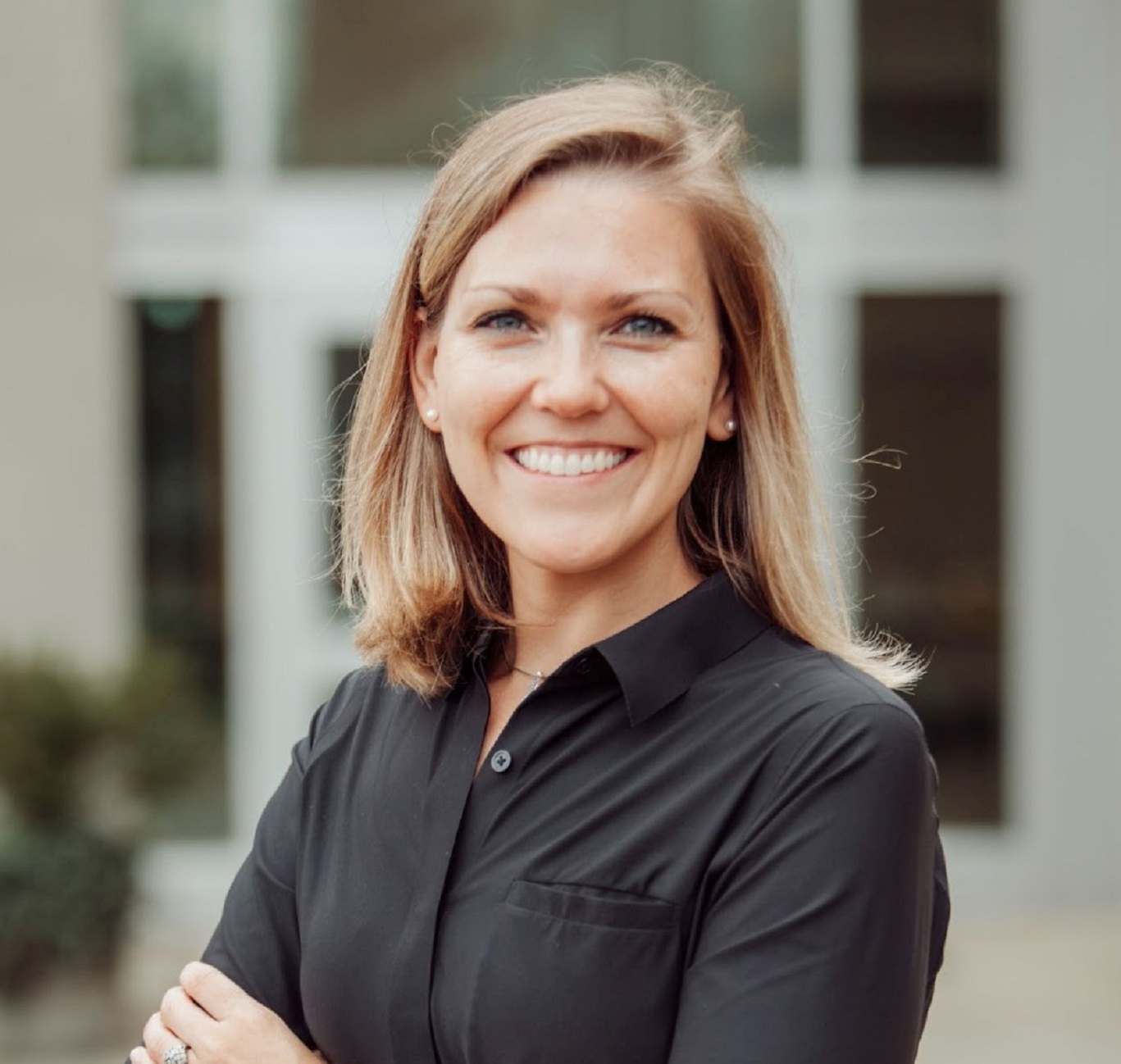

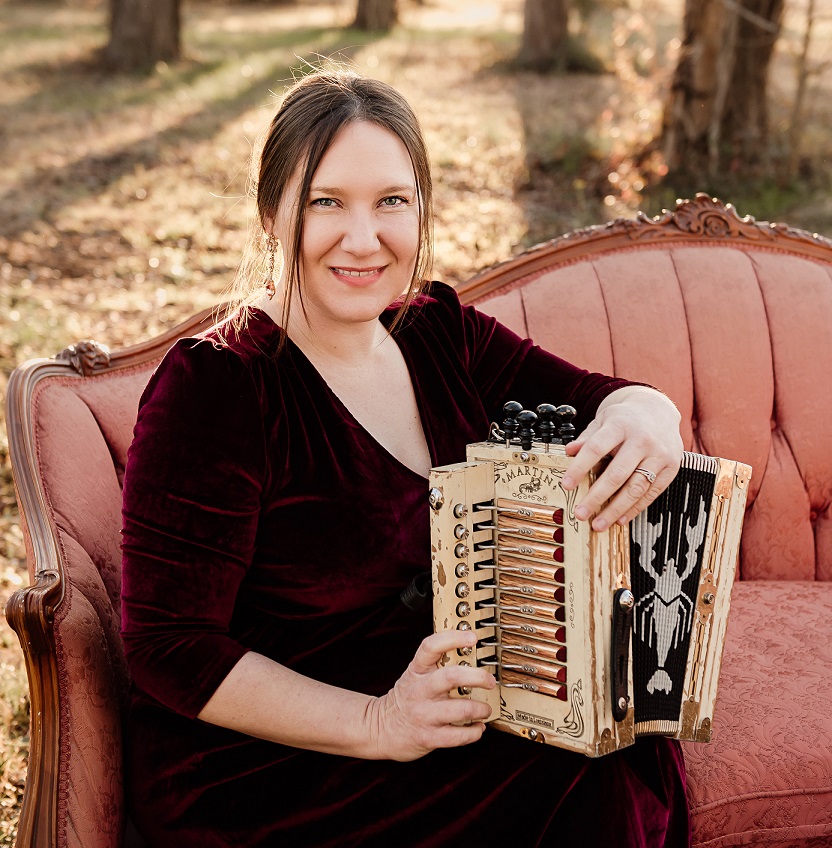
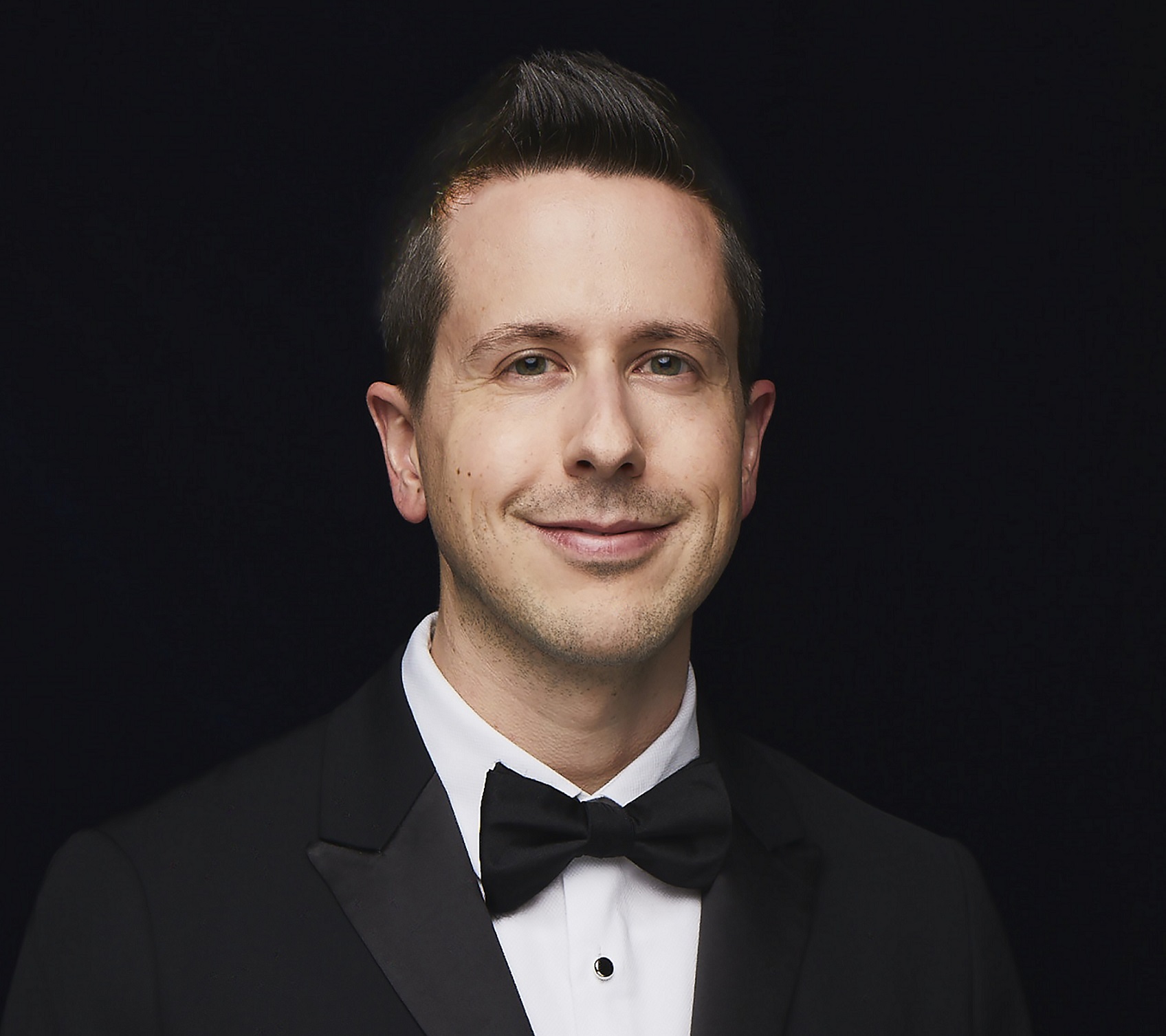

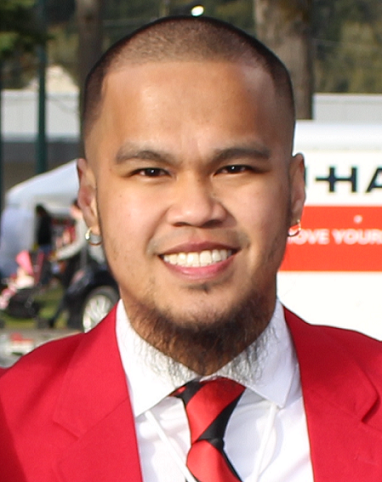
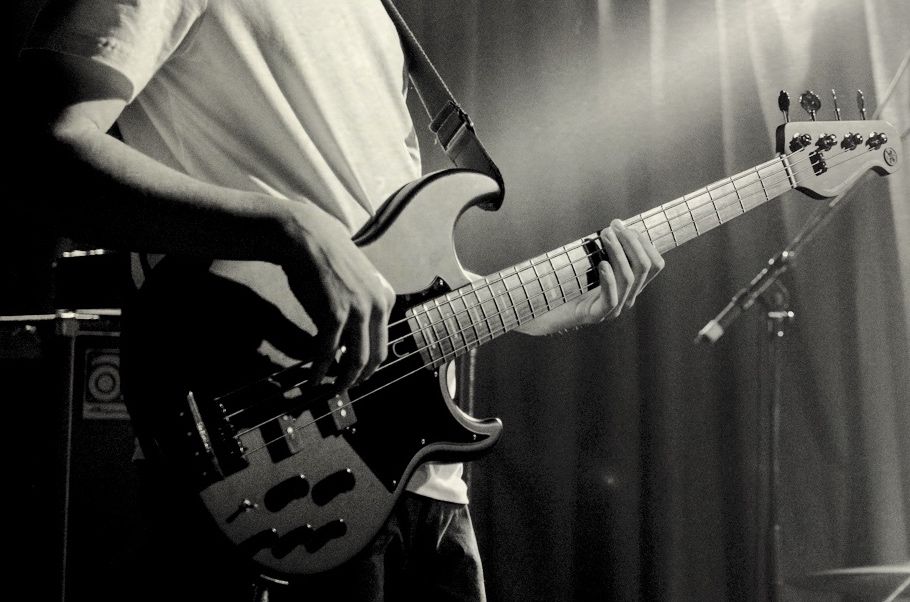


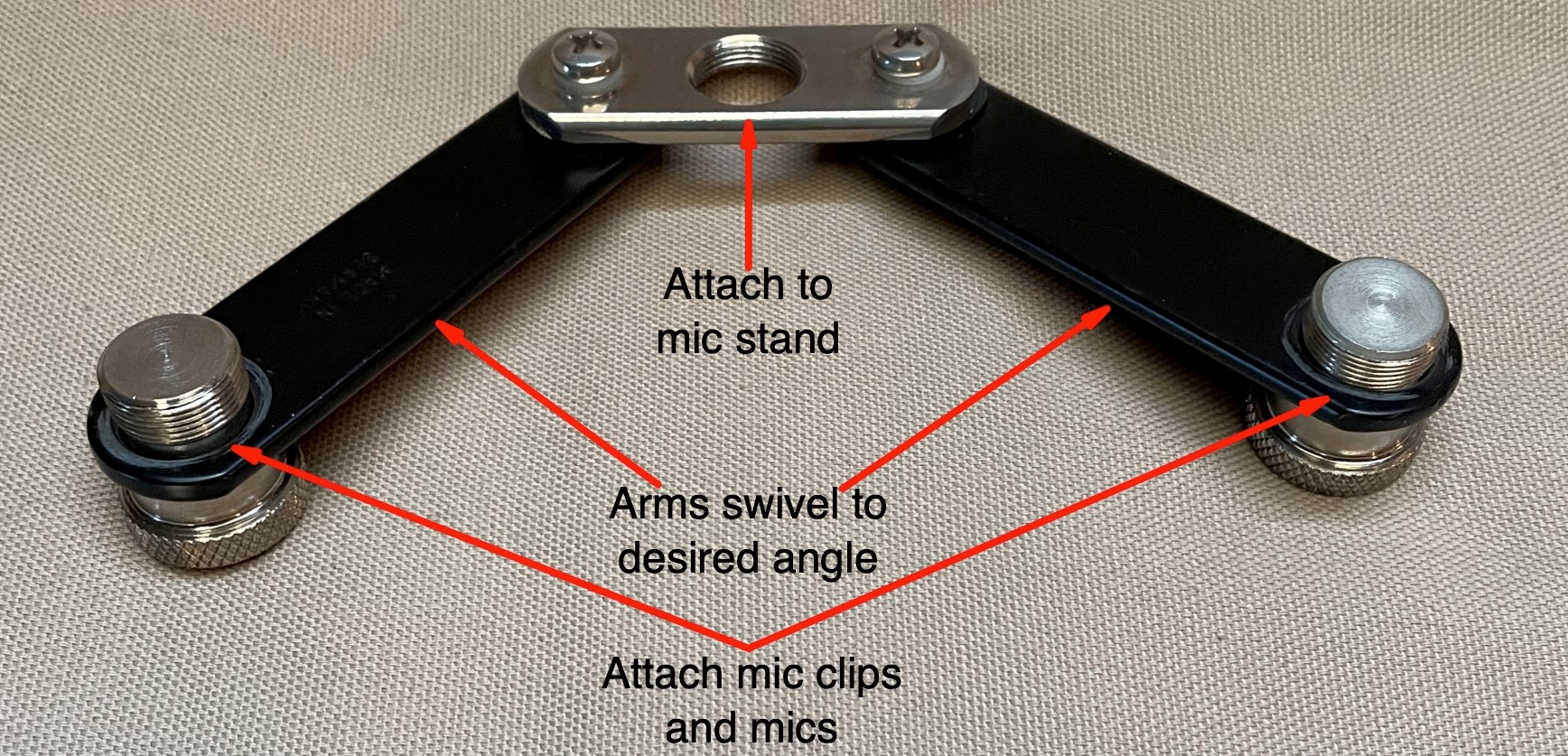
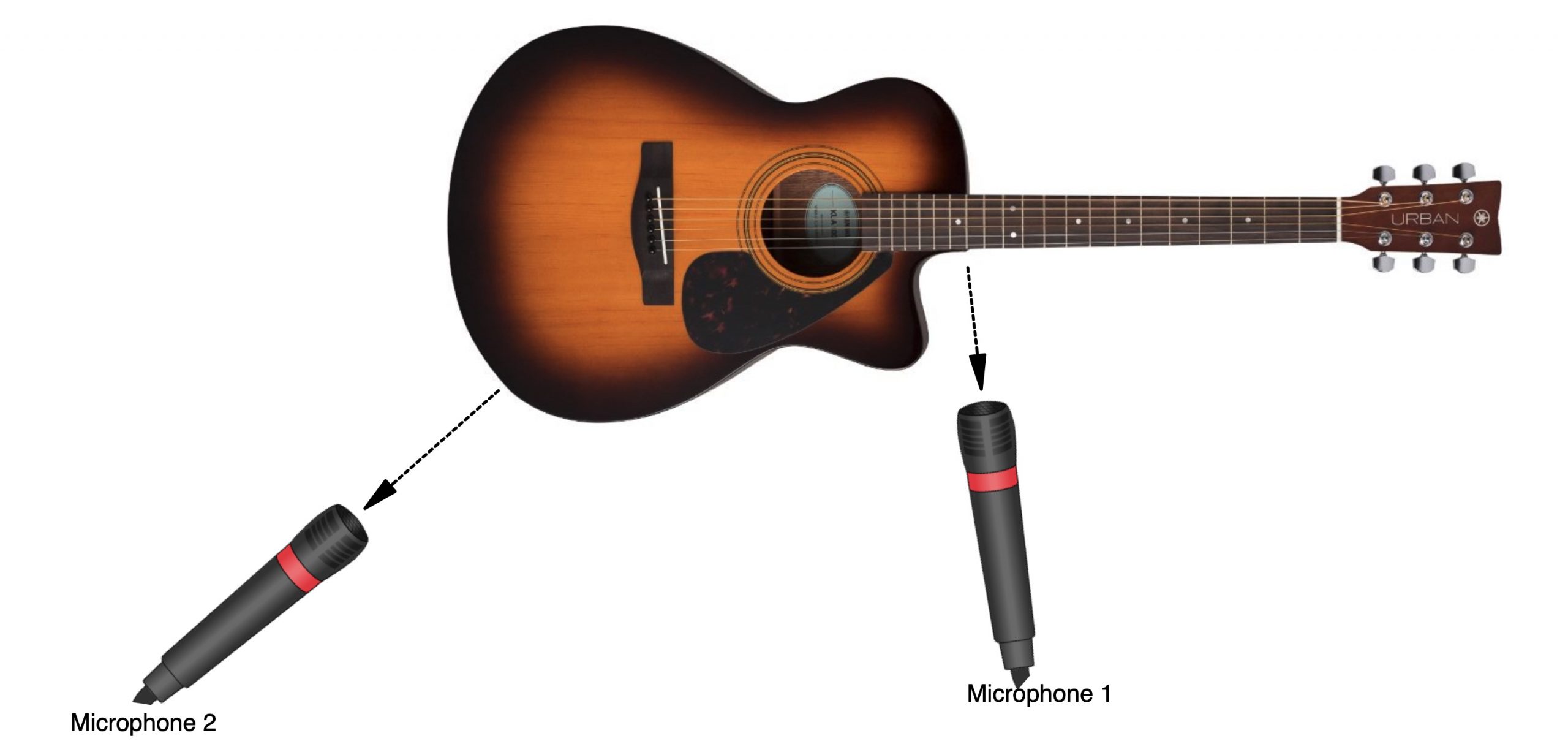
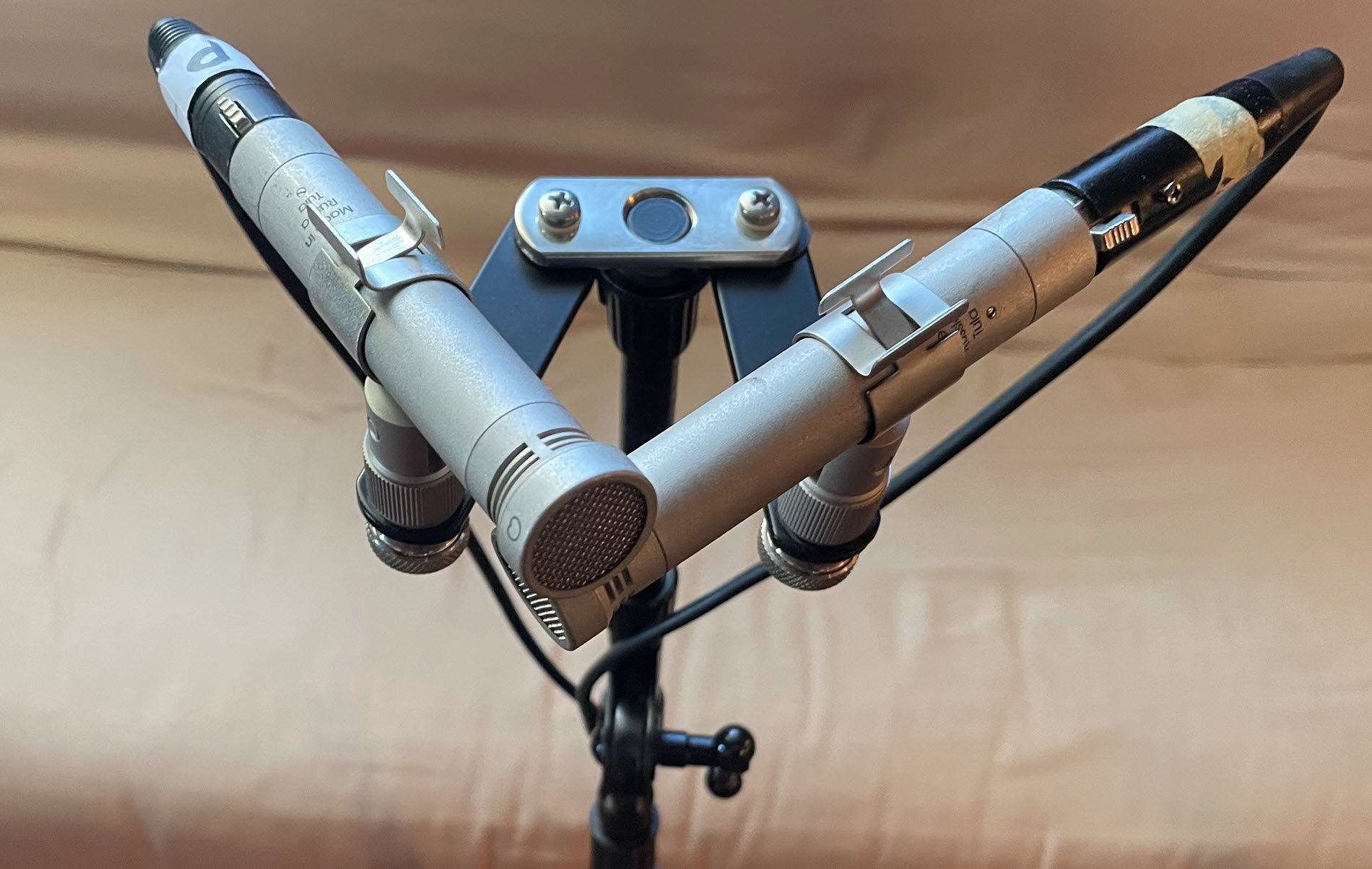
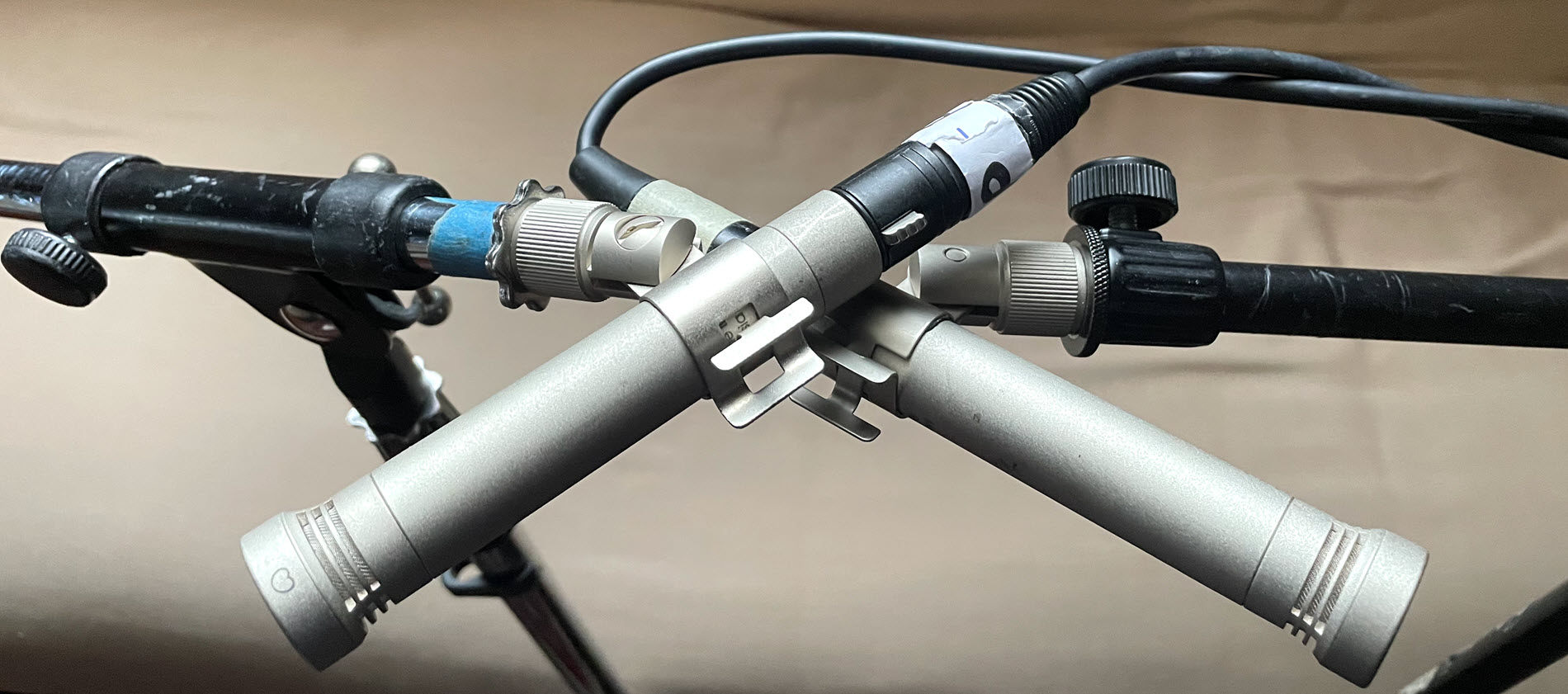
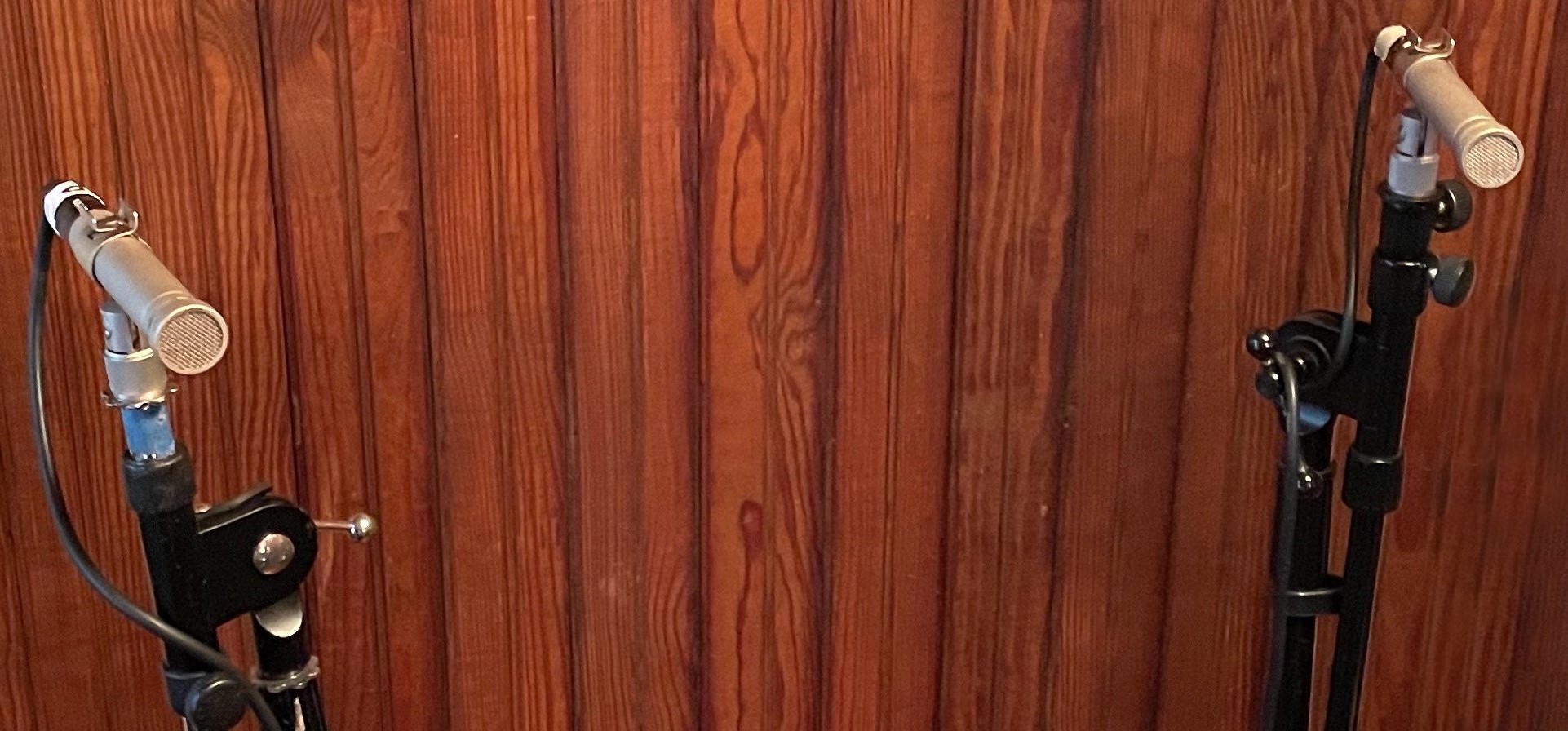
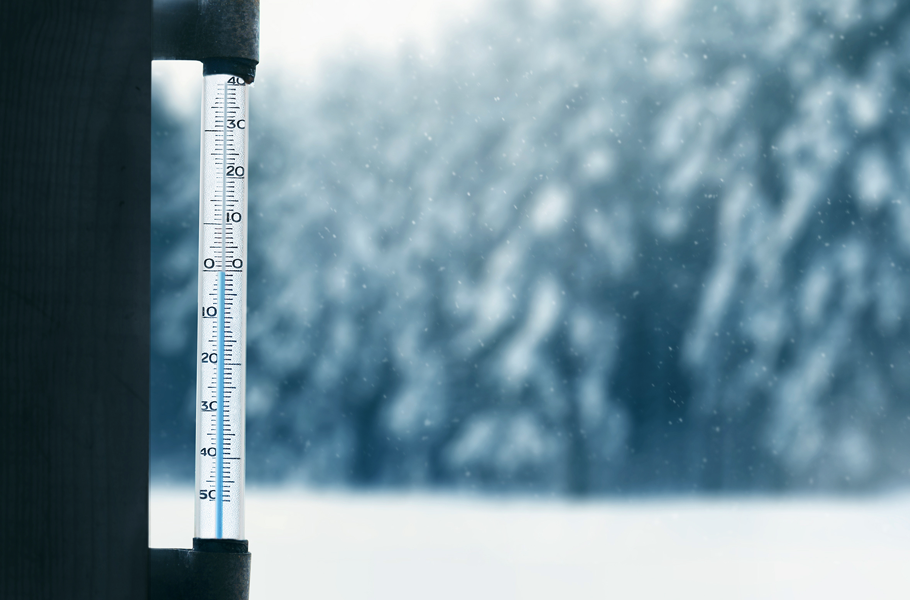
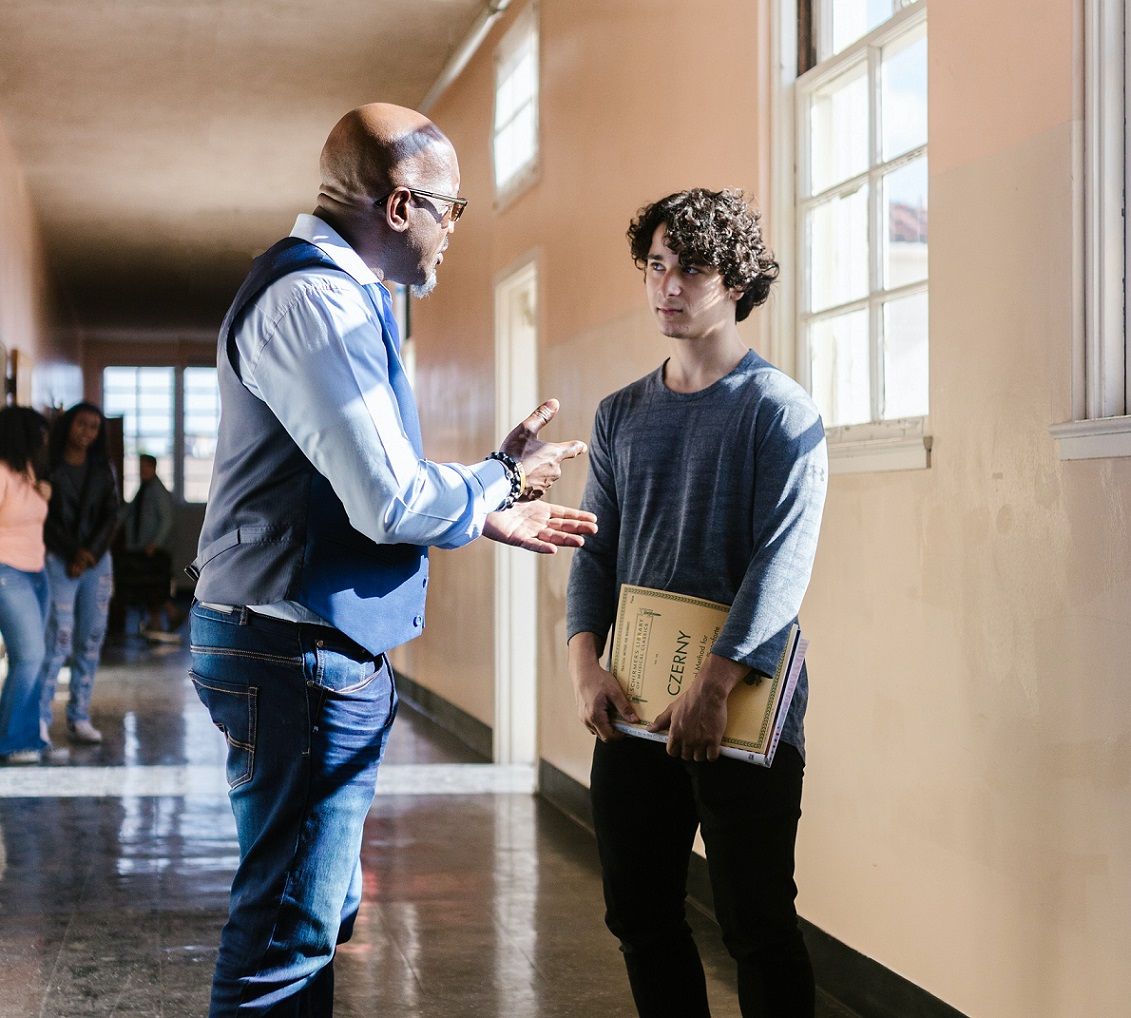
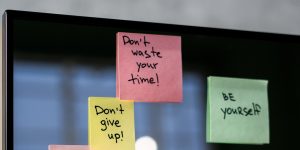 Try this: We have a challenge that we throw out to our groups leading into big show weeks. How long can you go saying, writing (social media/text) and thinking positive outcomes? The more you say, write and think something, the higher the probability that it will come true! Challenge your group and acknowledge that if/when you fall off the positive wagon, you will get right back on. It’s a tough assignment but reminders and encouragement from student leaders in the group will work wonders. And talk about a shift in the culture of the group from this simple exercise — just wait and watch!
Try this: We have a challenge that we throw out to our groups leading into big show weeks. How long can you go saying, writing (social media/text) and thinking positive outcomes? The more you say, write and think something, the higher the probability that it will come true! Challenge your group and acknowledge that if/when you fall off the positive wagon, you will get right back on. It’s a tough assignment but reminders and encouragement from student leaders in the group will work wonders. And talk about a shift in the culture of the group from this simple exercise — just wait and watch!
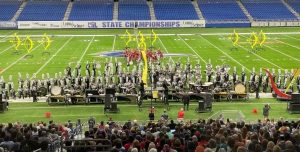 Take time to lay out for your students the physical and mental realities of performance. Physically, their bodies may exhibit some of the responses we have all experienced as performers: rapid heart rate, butterflies in their stomach, sweating, dry mouth, etc. These physical responses are natural, but they can be overcome or even used to your advantage when students are taught how to deal with them.
Take time to lay out for your students the physical and mental realities of performance. Physically, their bodies may exhibit some of the responses we have all experienced as performers: rapid heart rate, butterflies in their stomach, sweating, dry mouth, etc. These physical responses are natural, but they can be overcome or even used to your advantage when students are taught how to deal with them.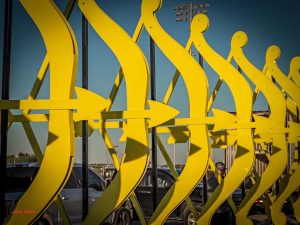 The post-performance aspect of the mental game may be the most important as it is directly in our control if we choose to accept the challenge! Check out my article,
The post-performance aspect of the mental game may be the most important as it is directly in our control if we choose to accept the challenge! Check out my article, 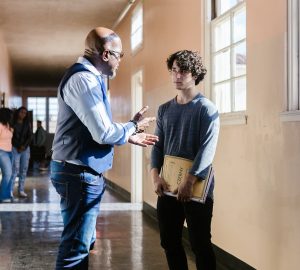
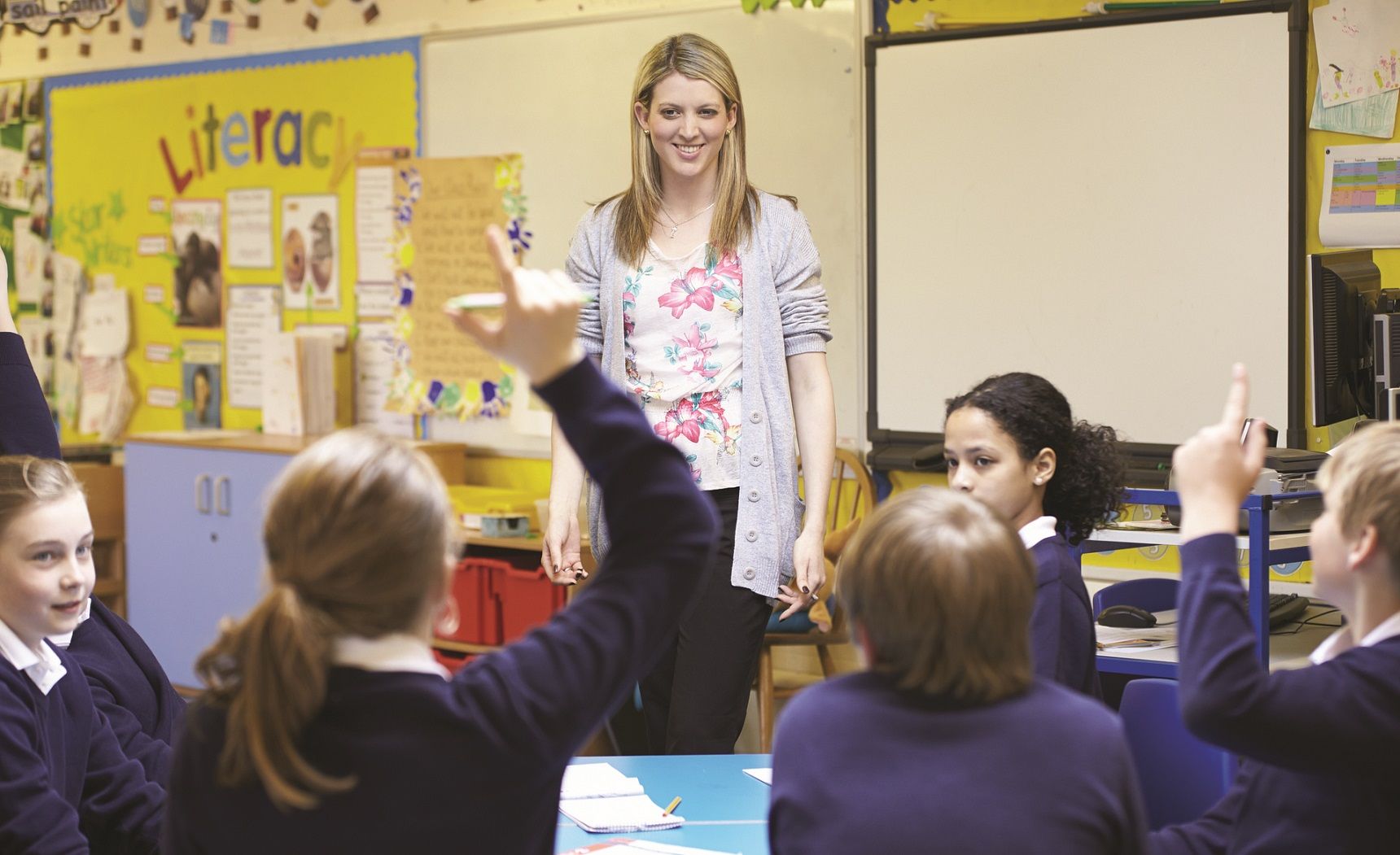
 Arrive Early
Arrive Early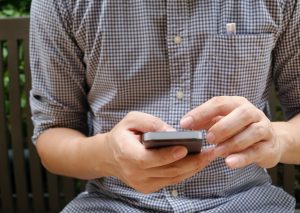 Get Connected
Get Connected One of the best things I carry with me is my emergency substitute bag, which includes:
One of the best things I carry with me is my emergency substitute bag, which includes:


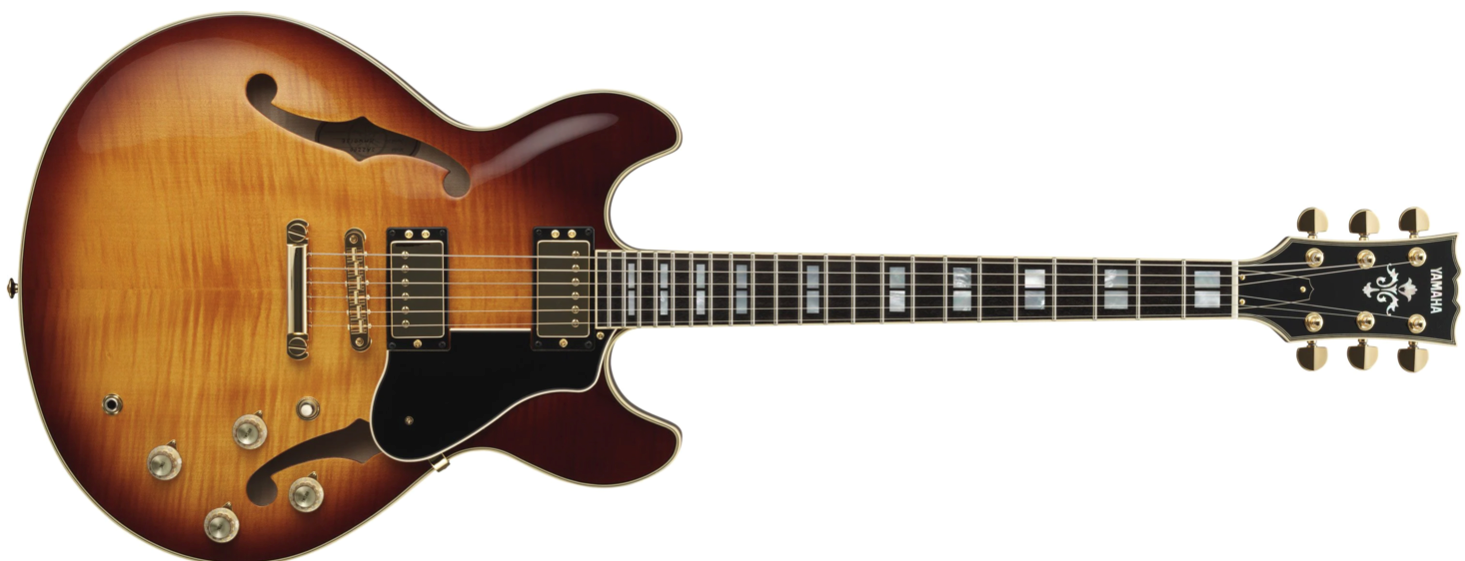
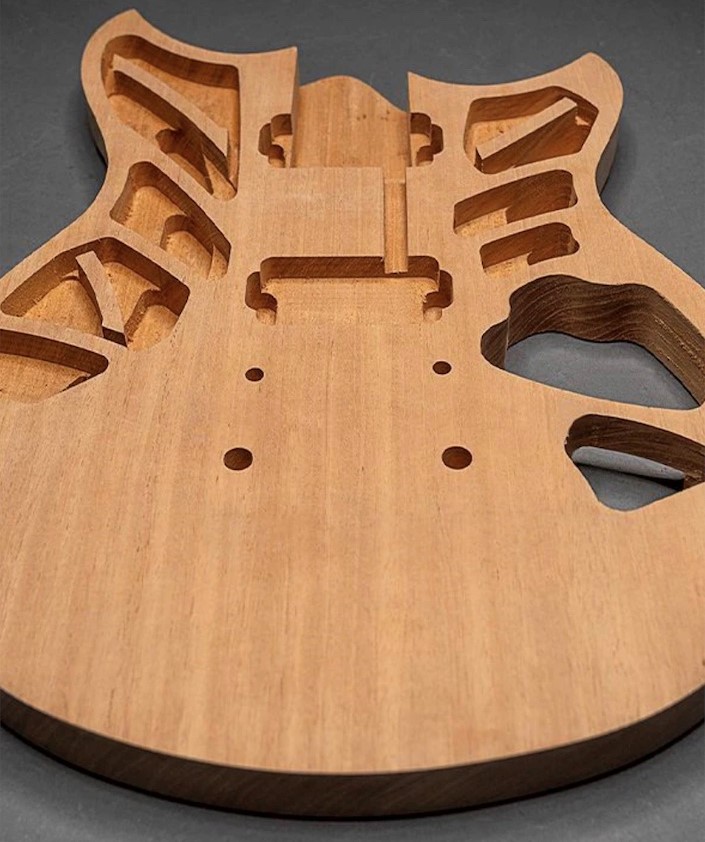
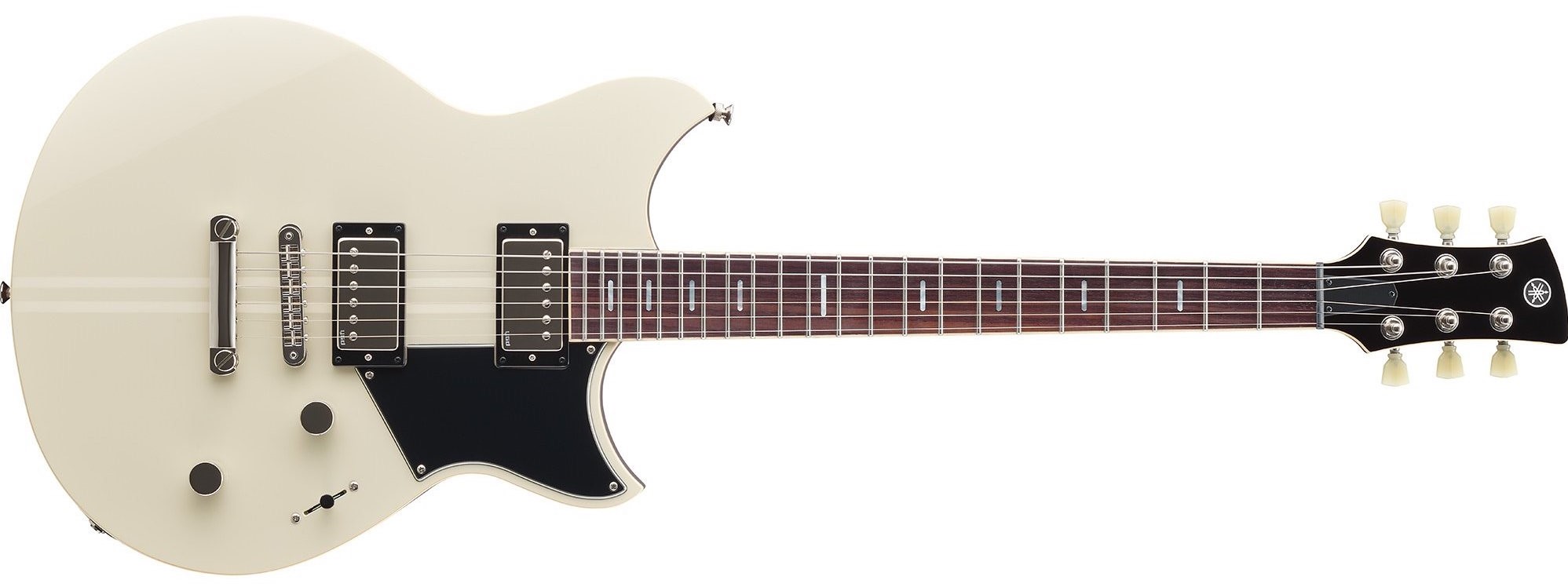
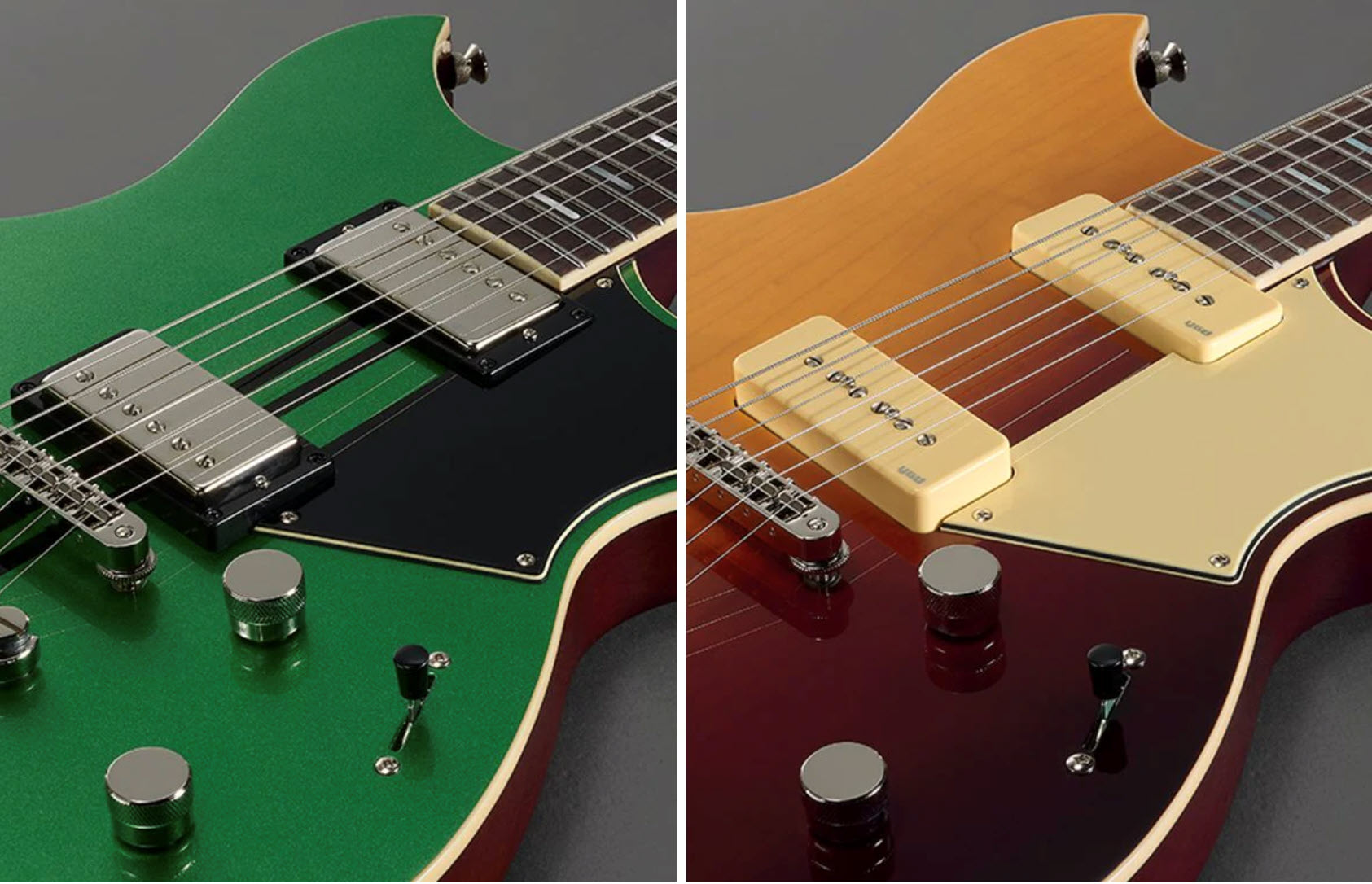

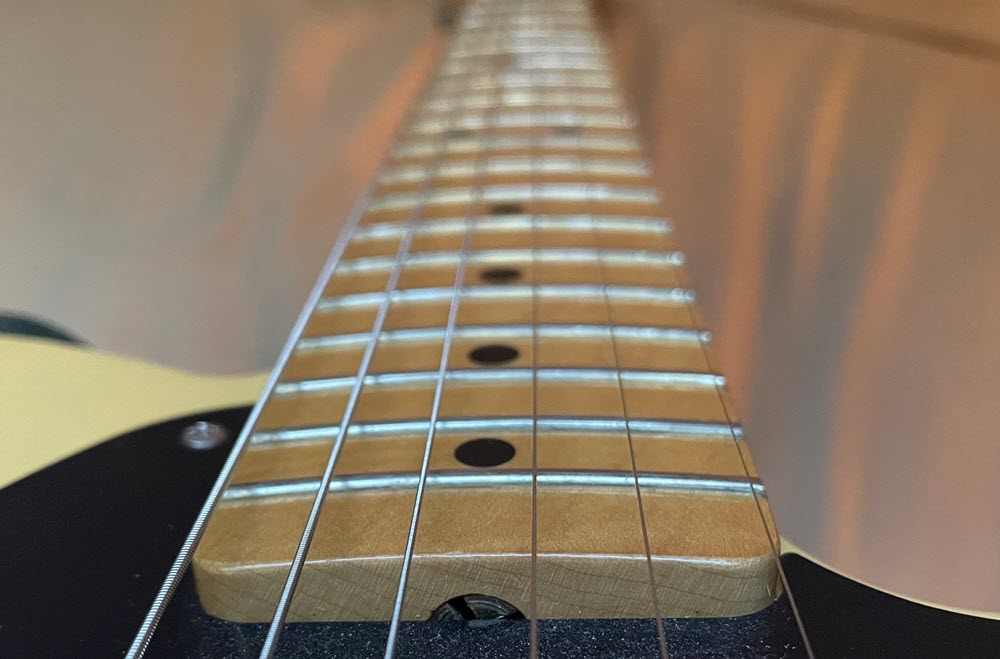
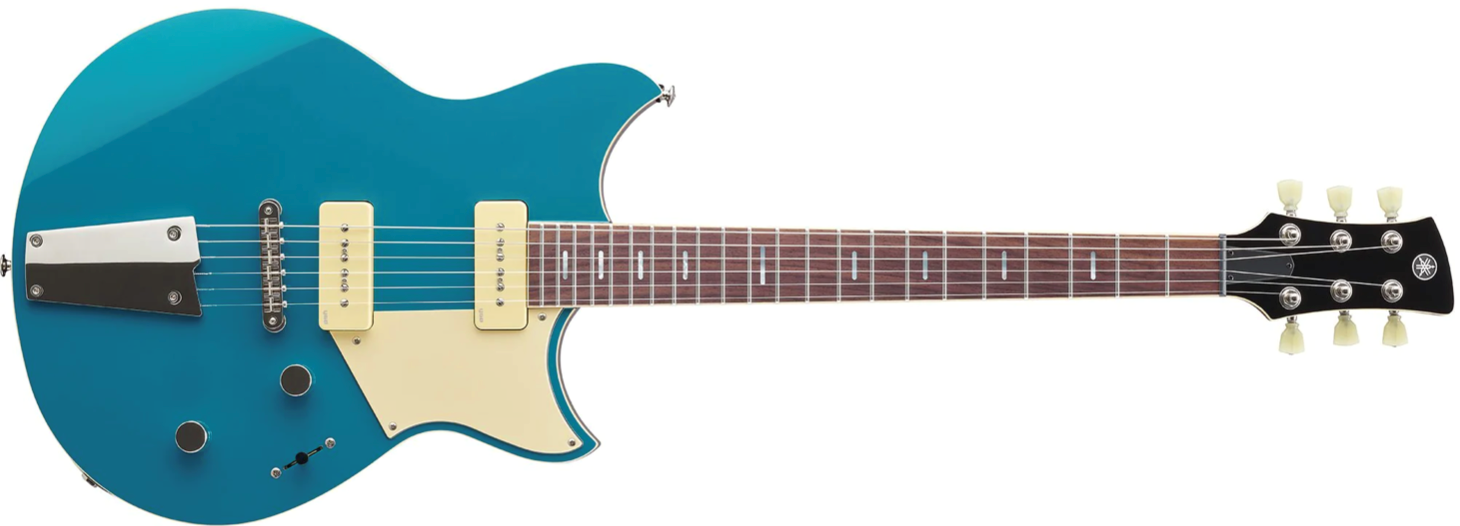
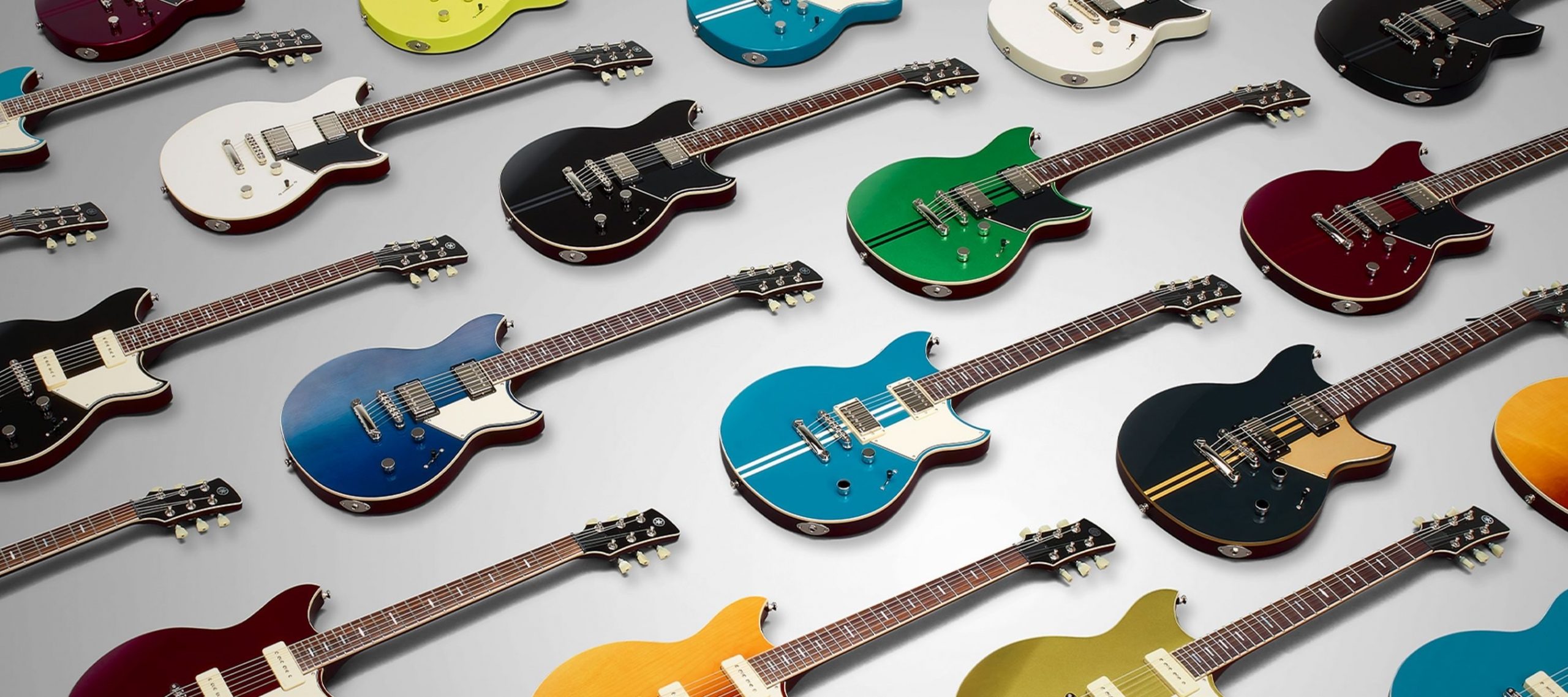




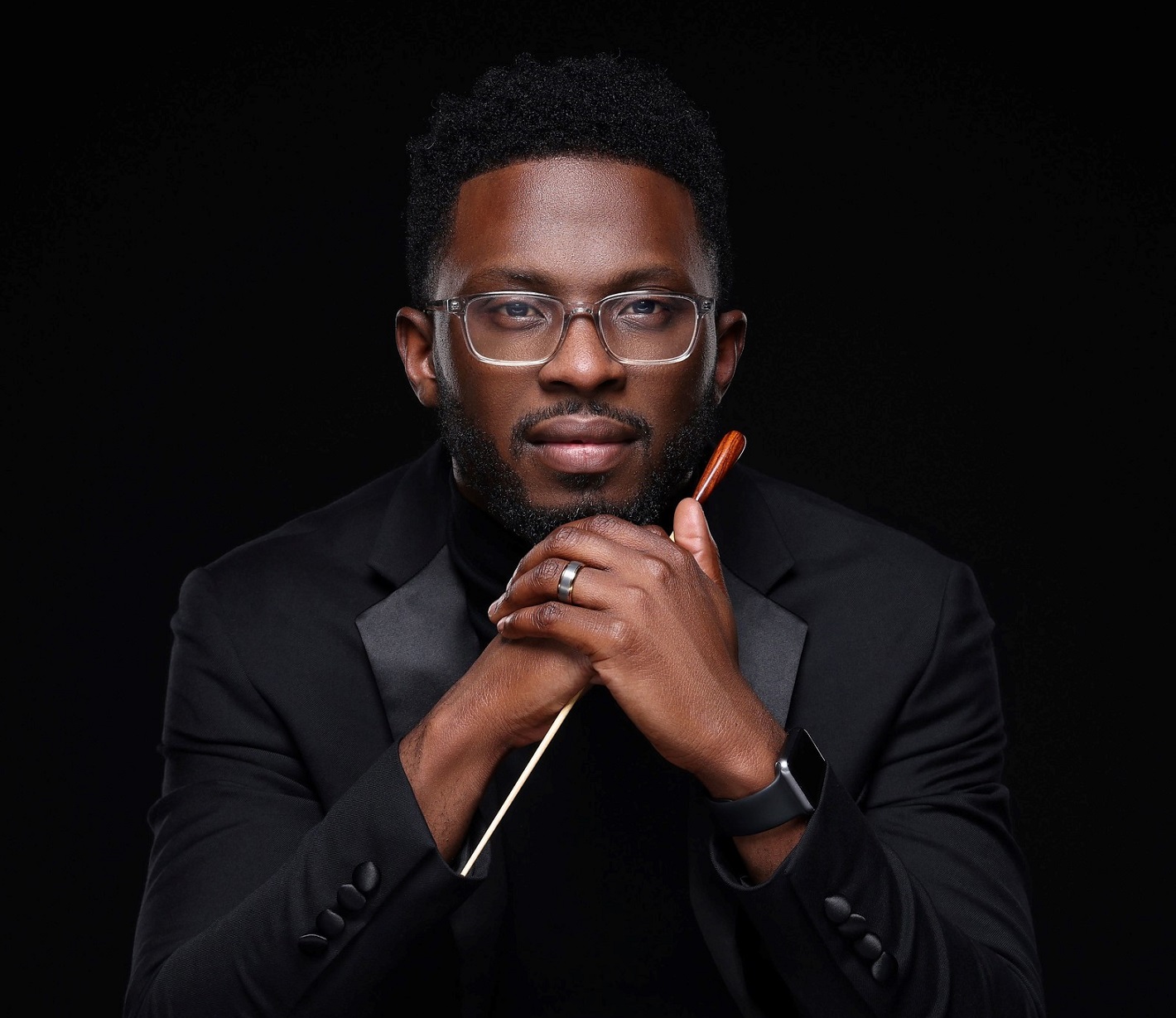
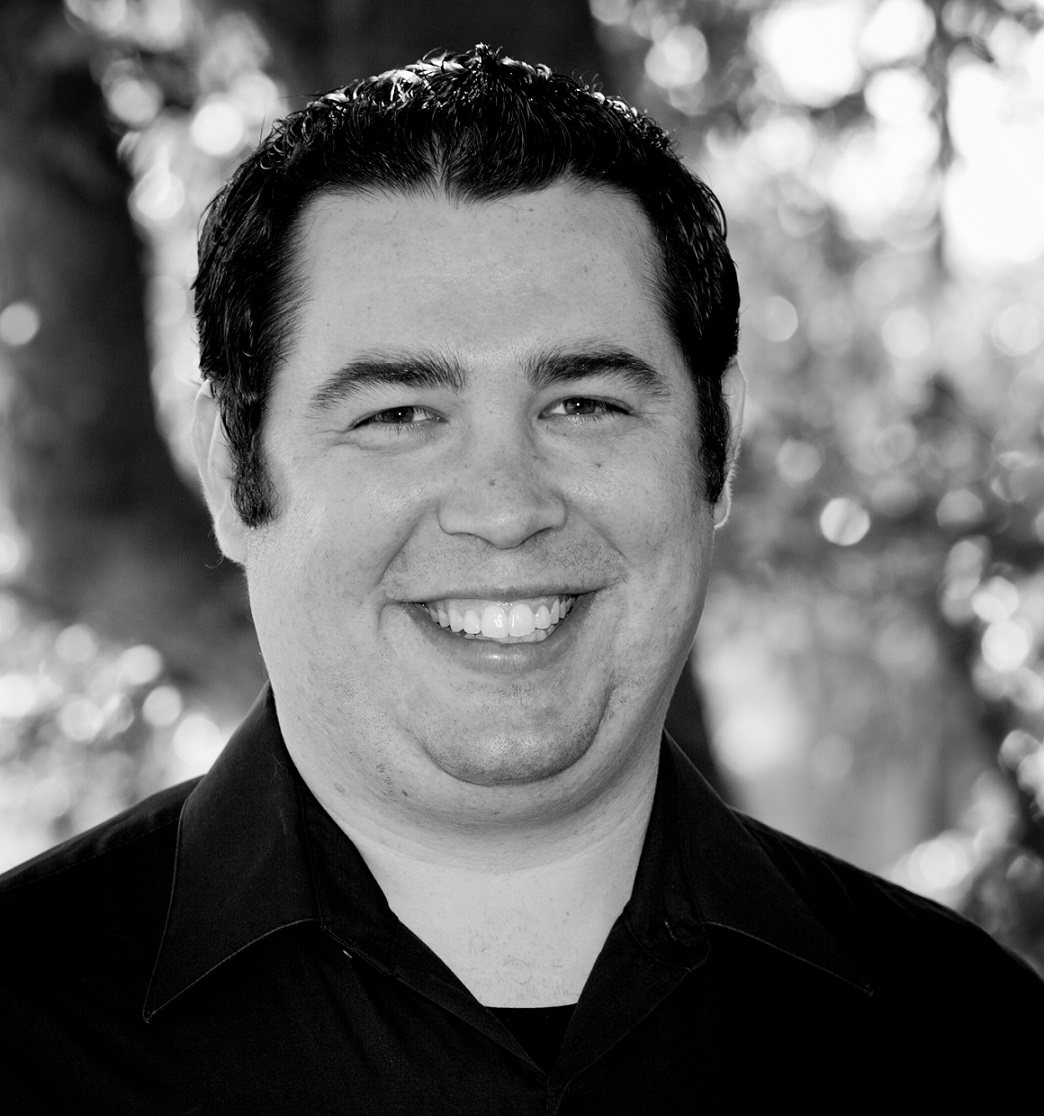

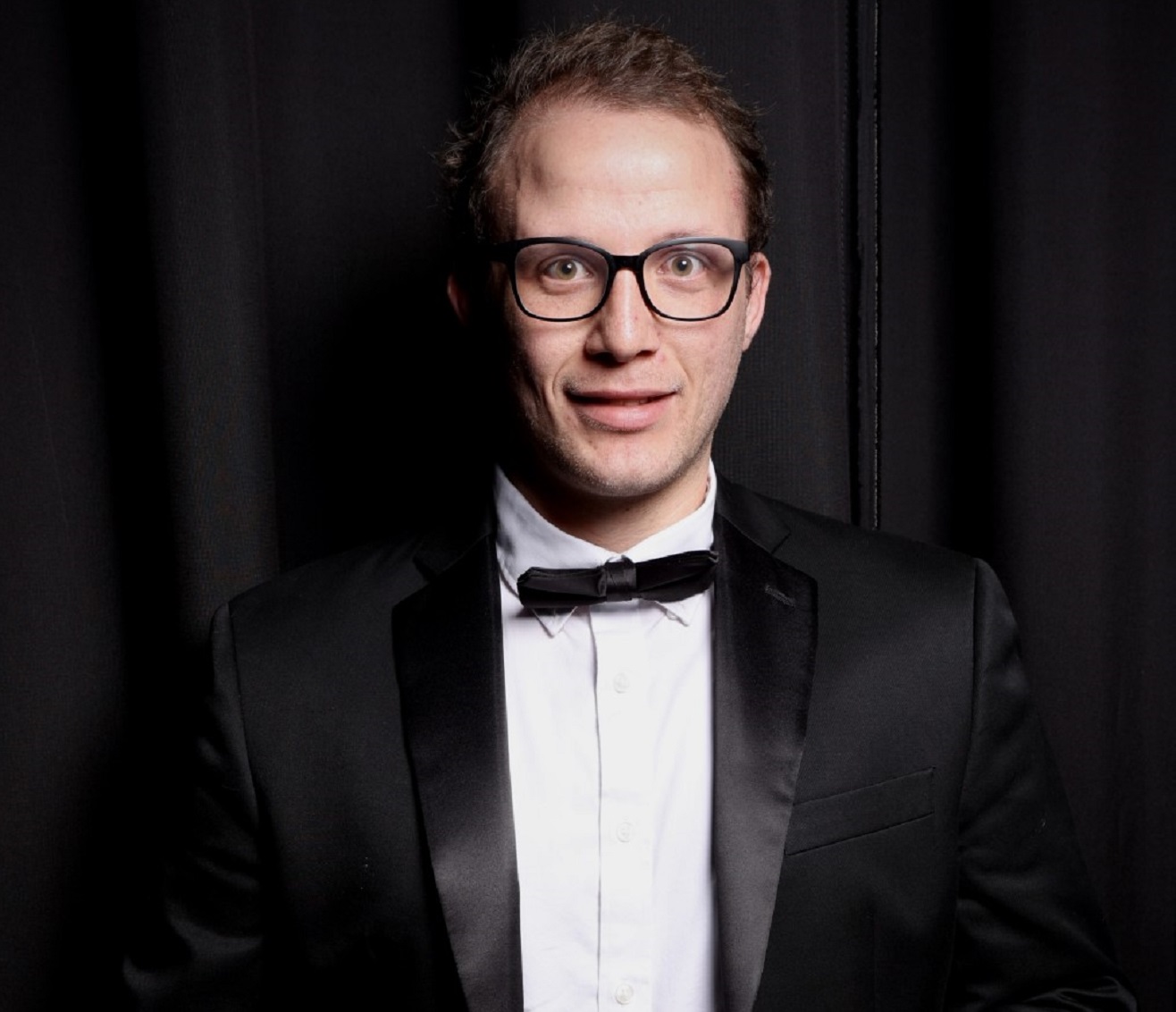

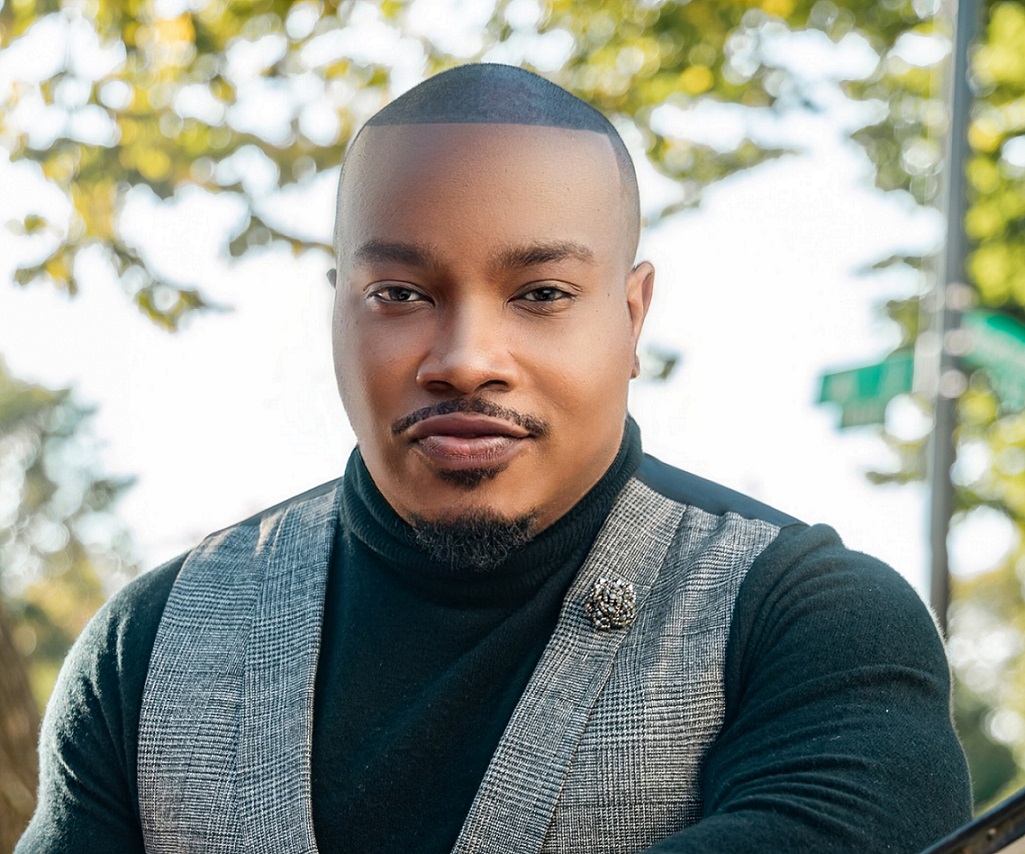

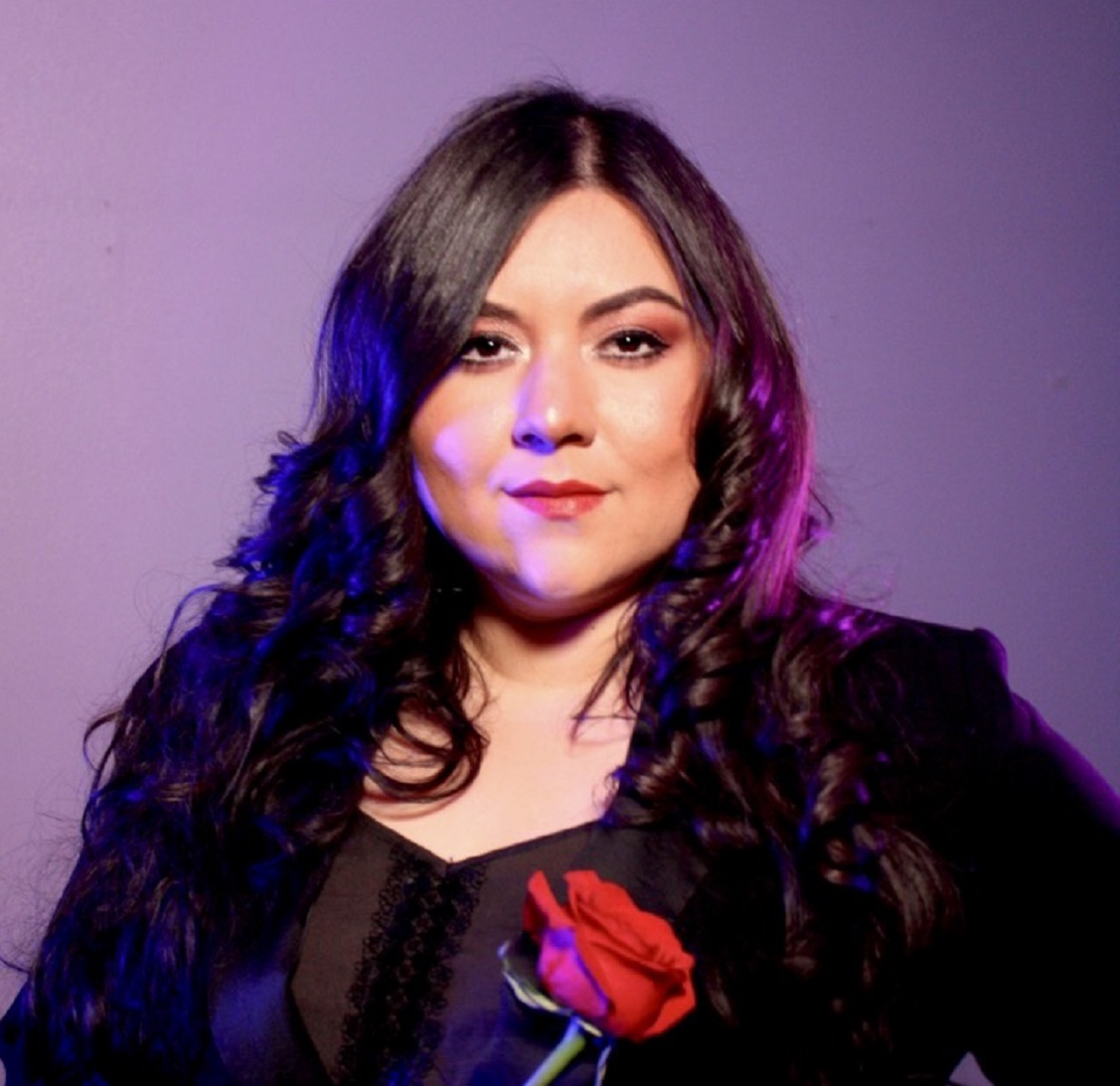



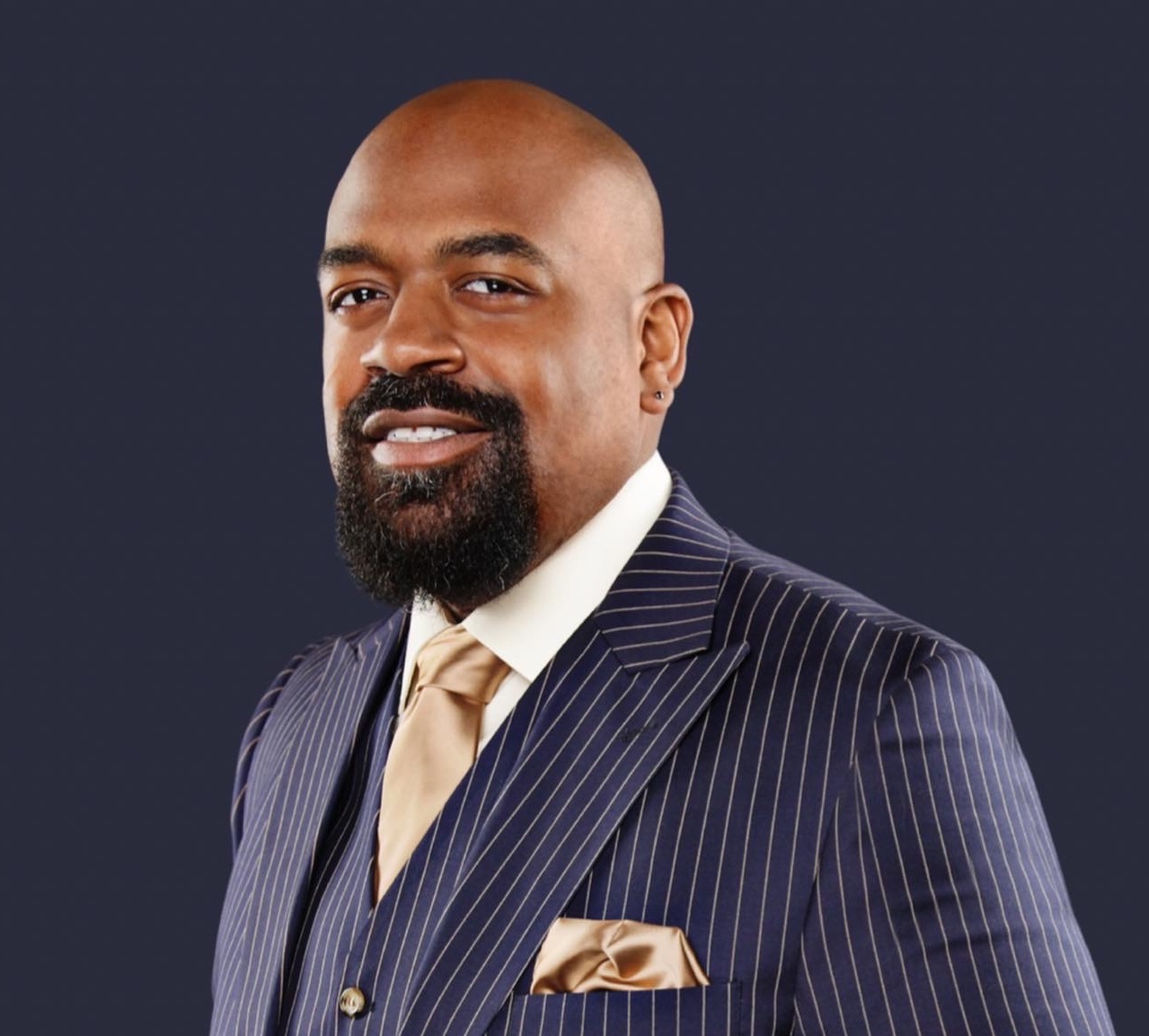



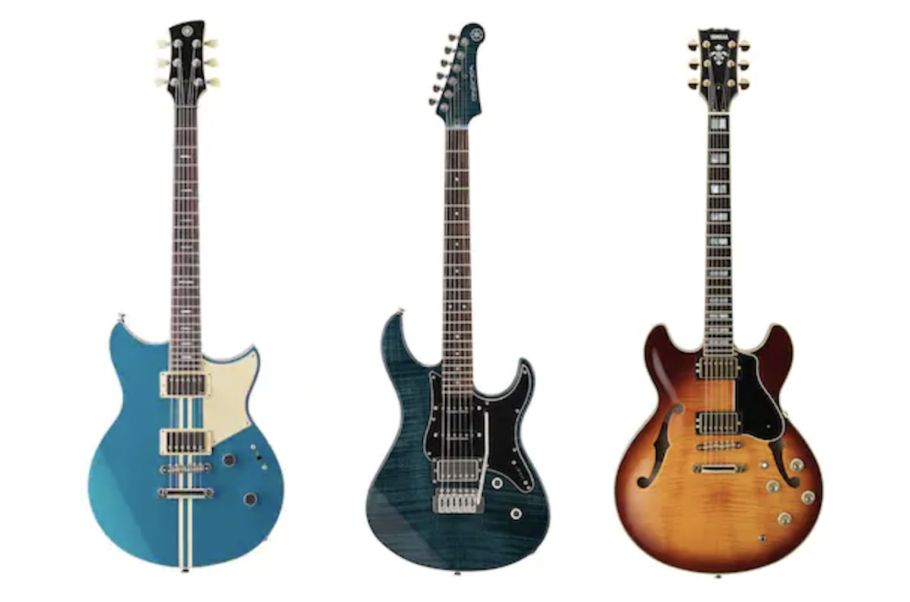

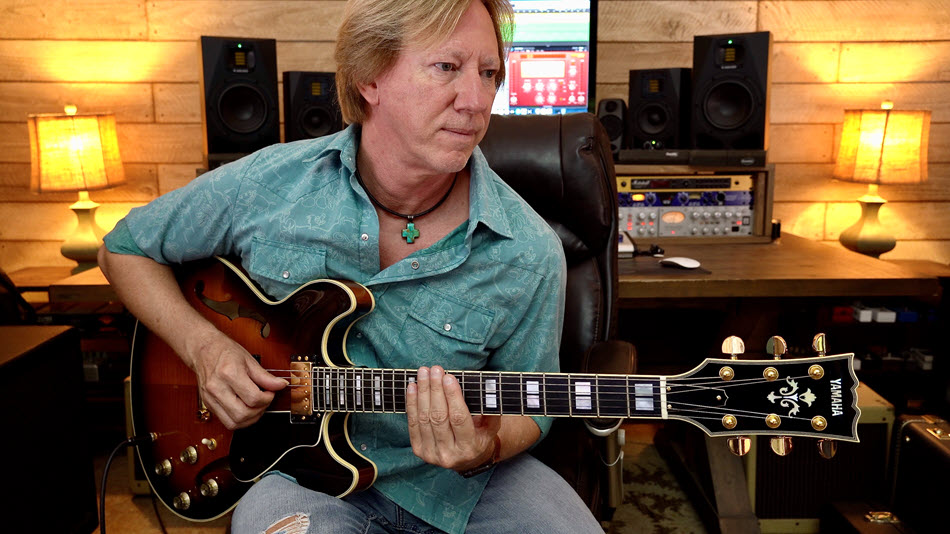

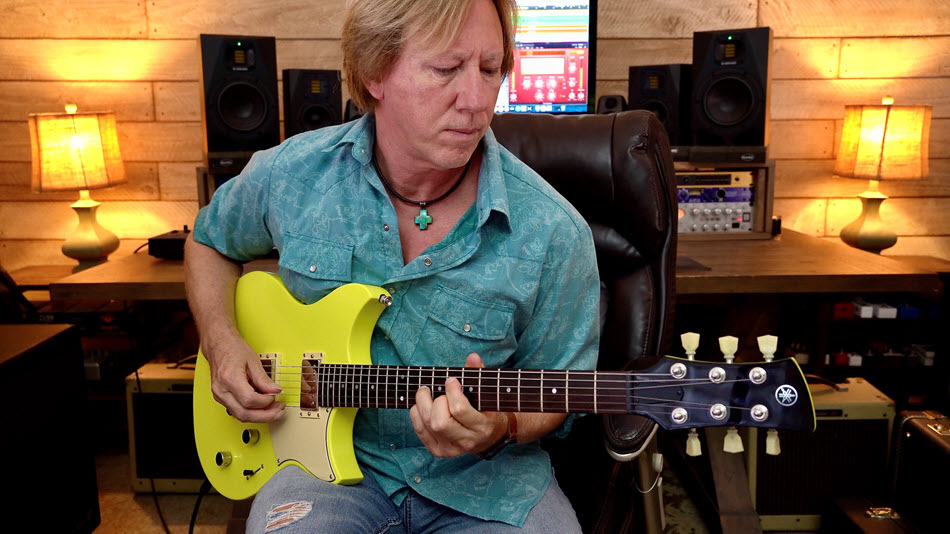
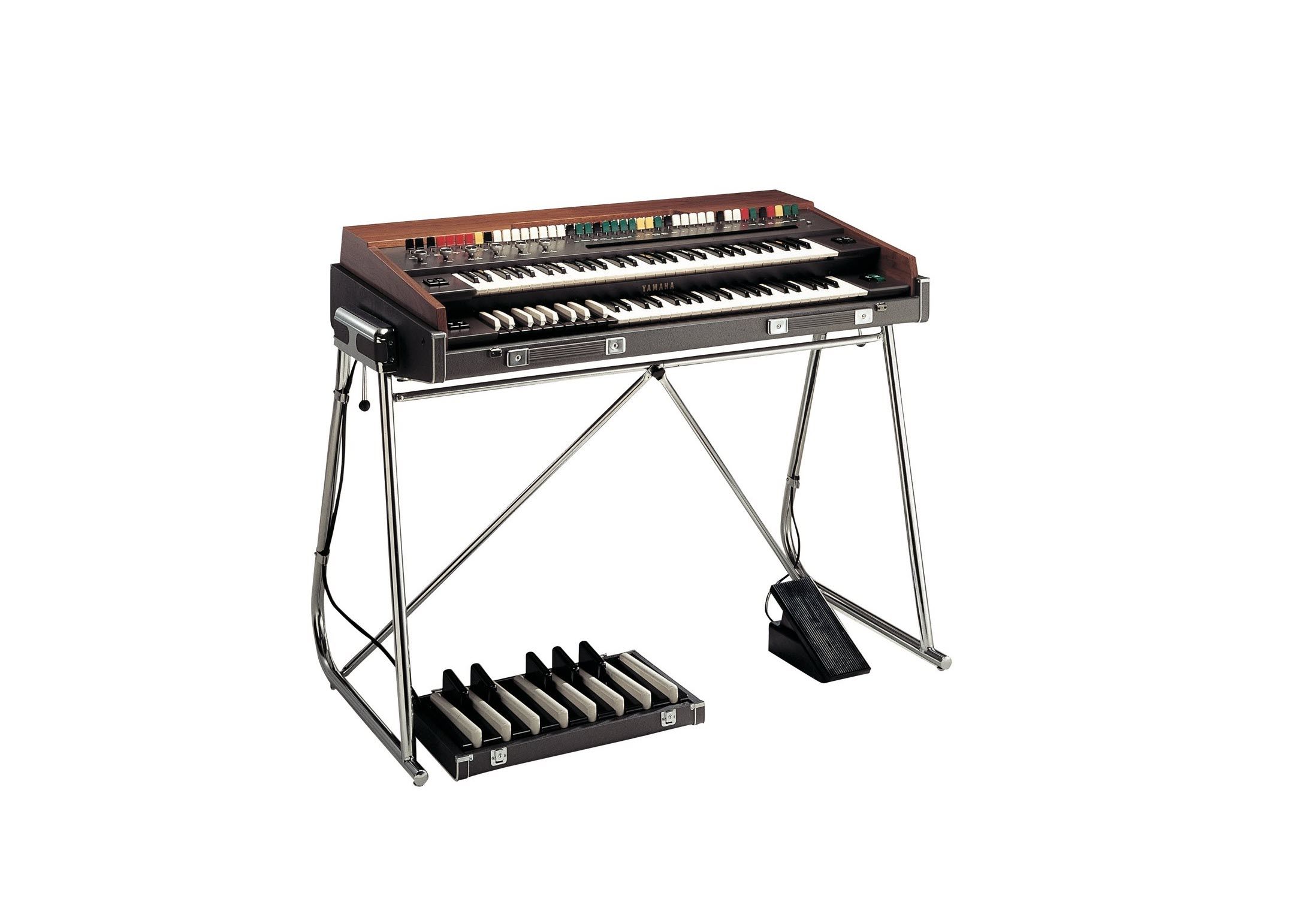
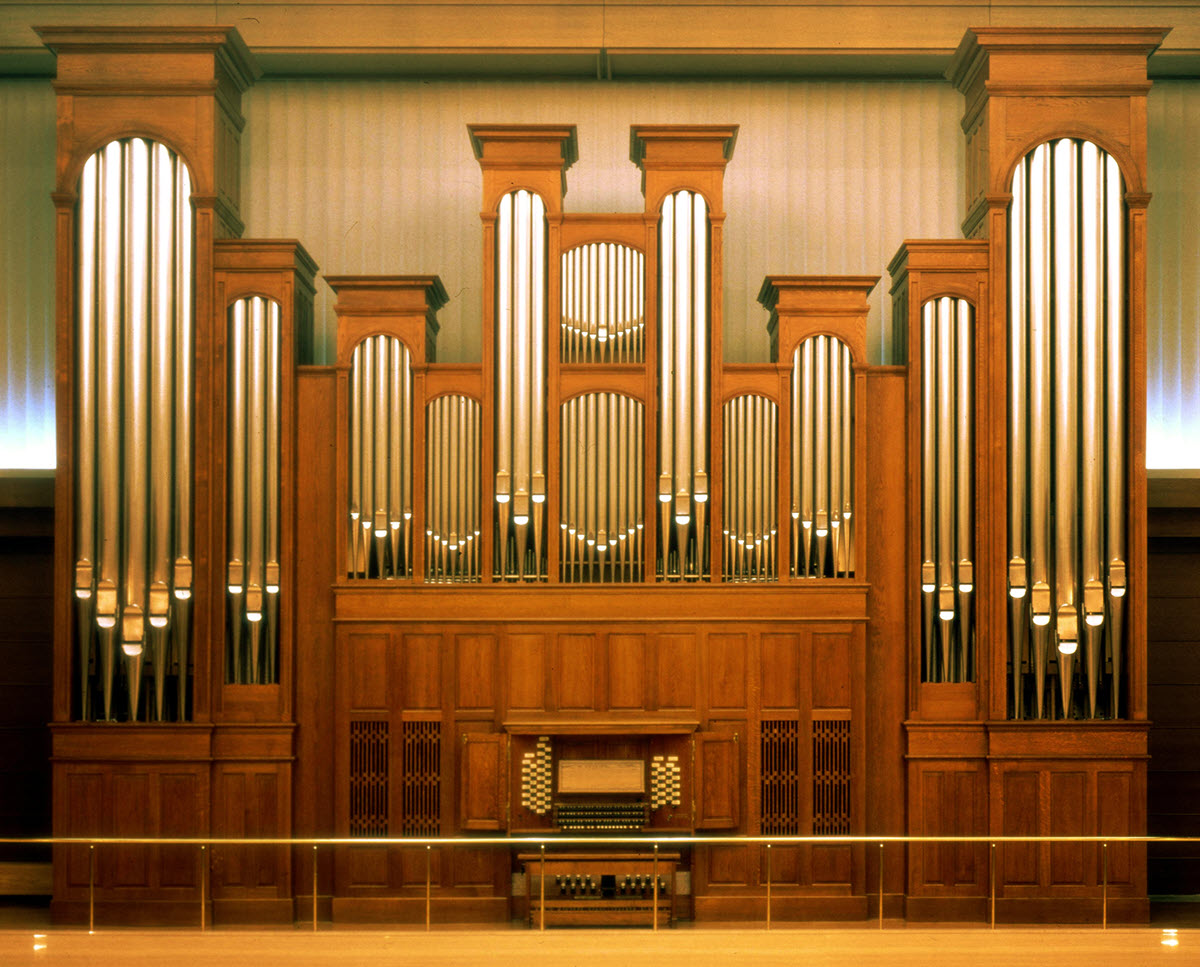
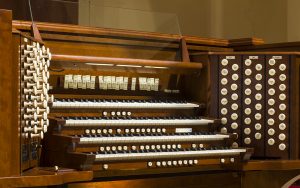

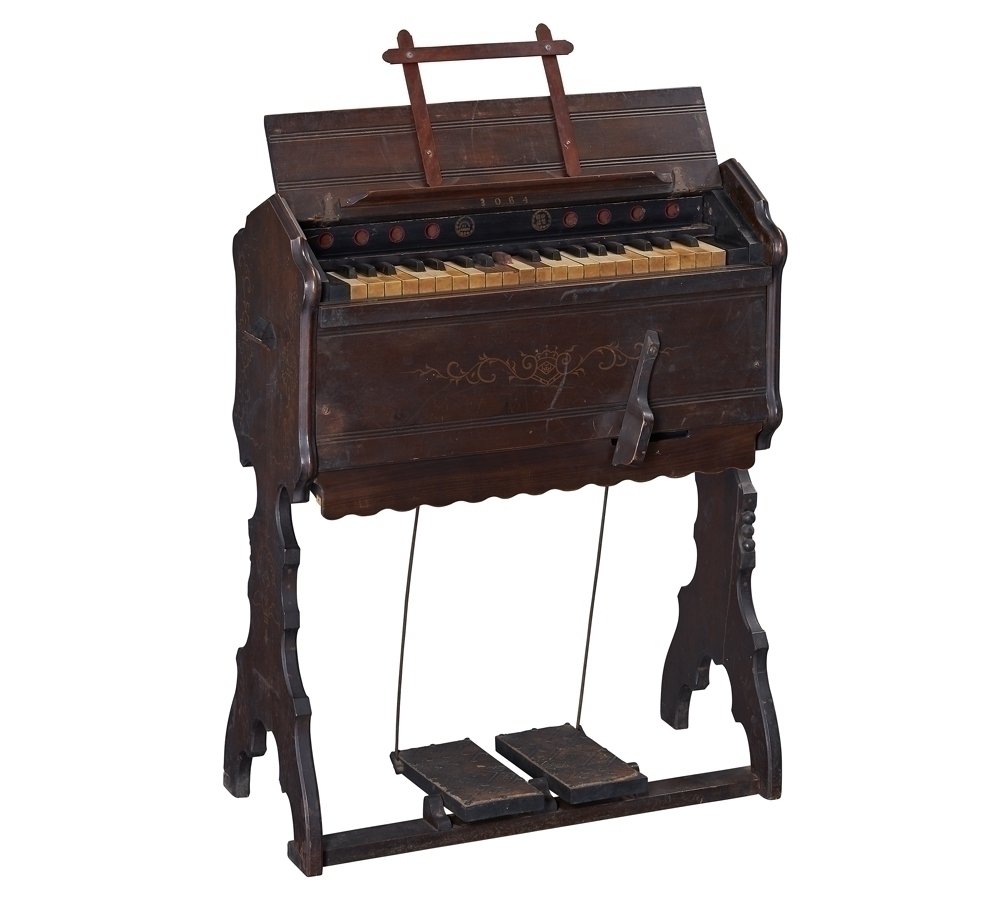
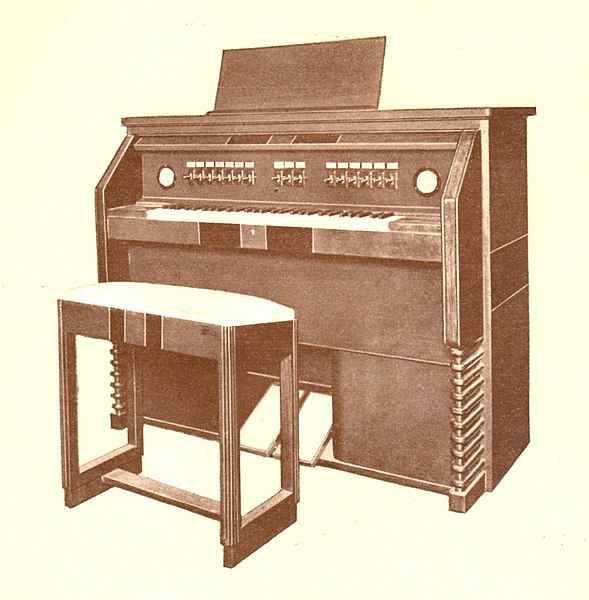
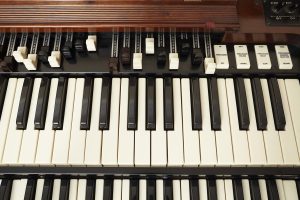
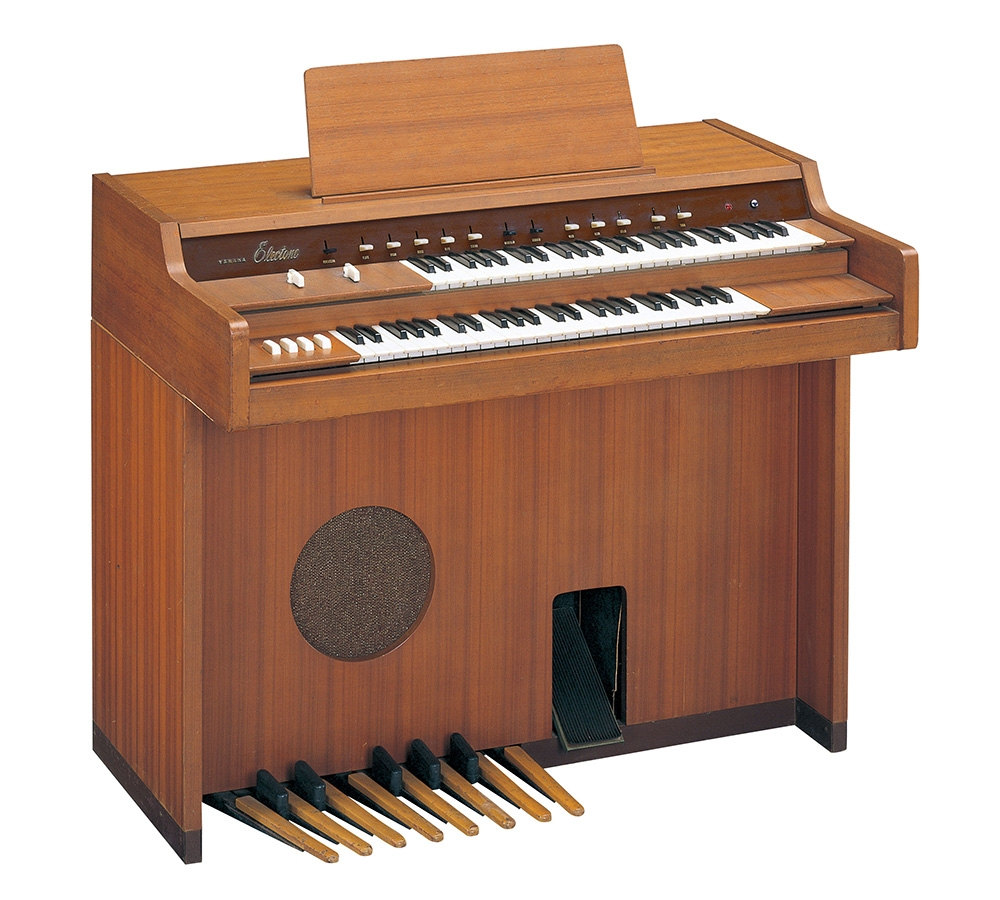
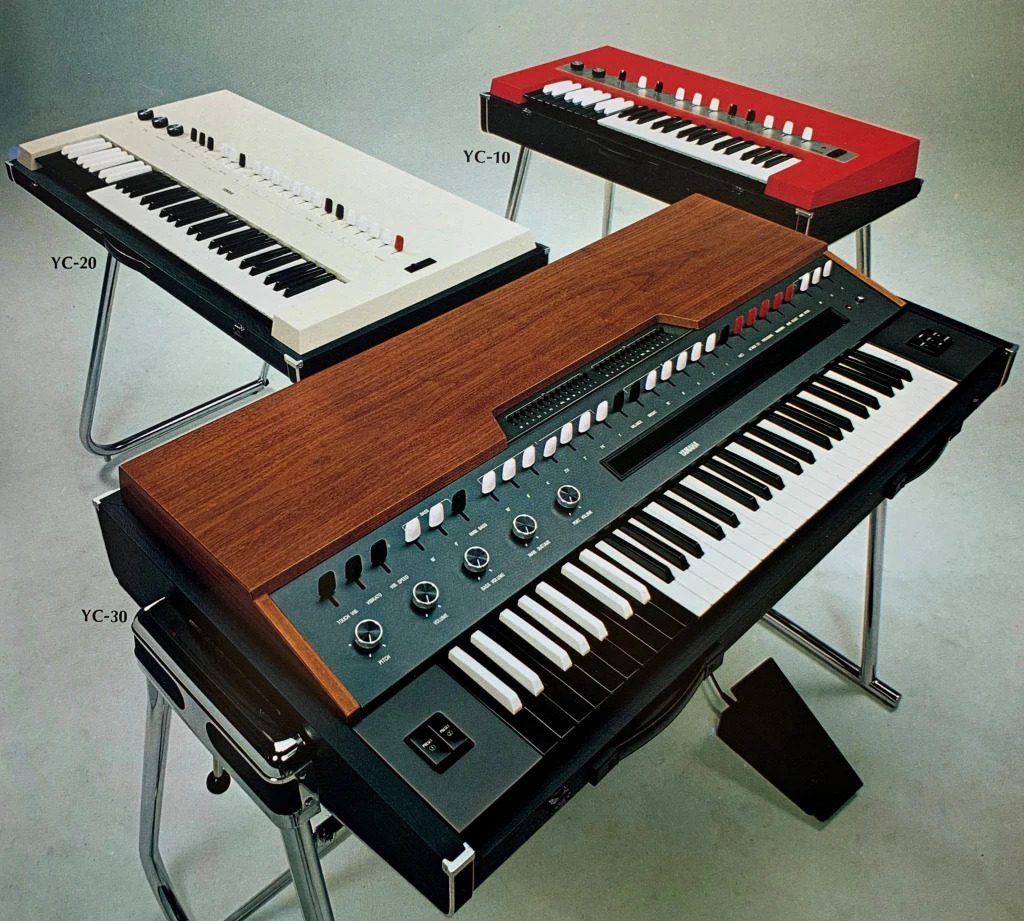
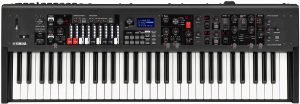

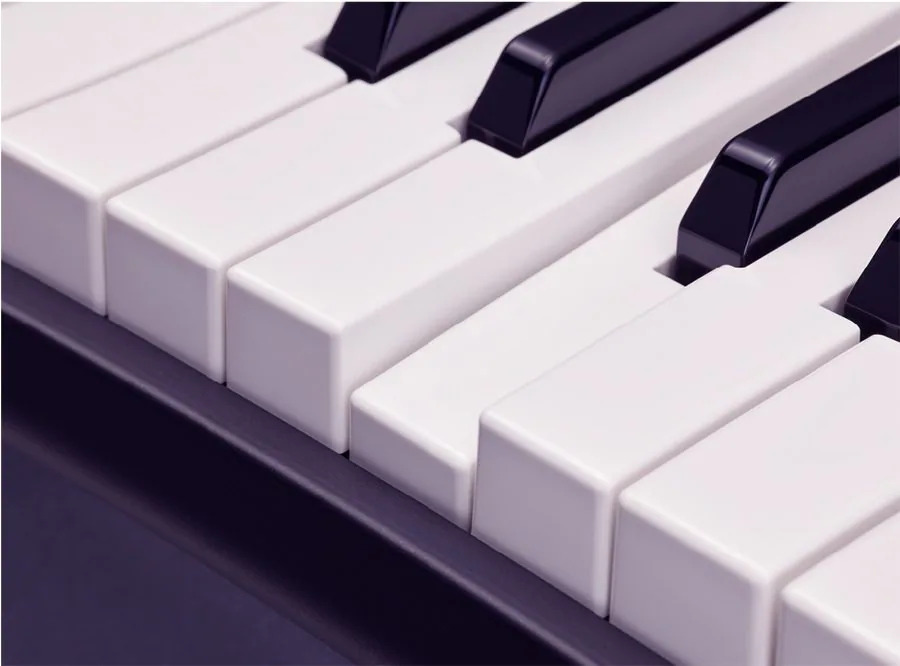



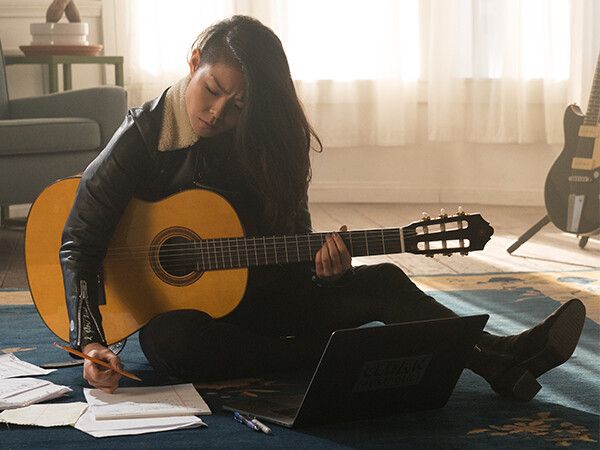
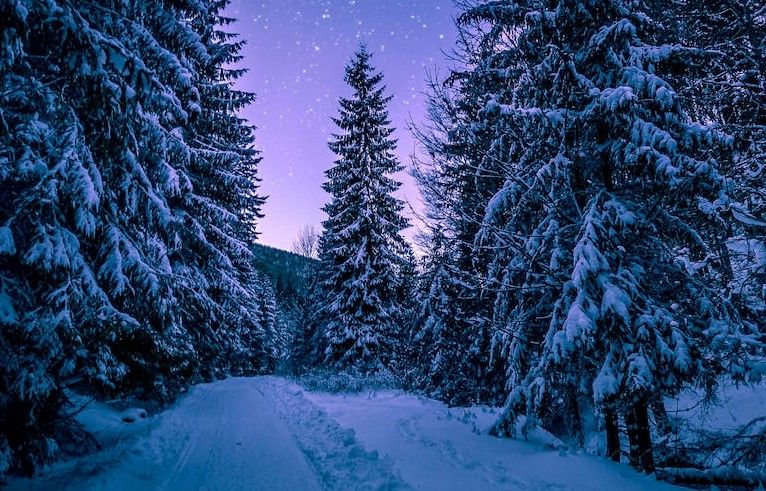

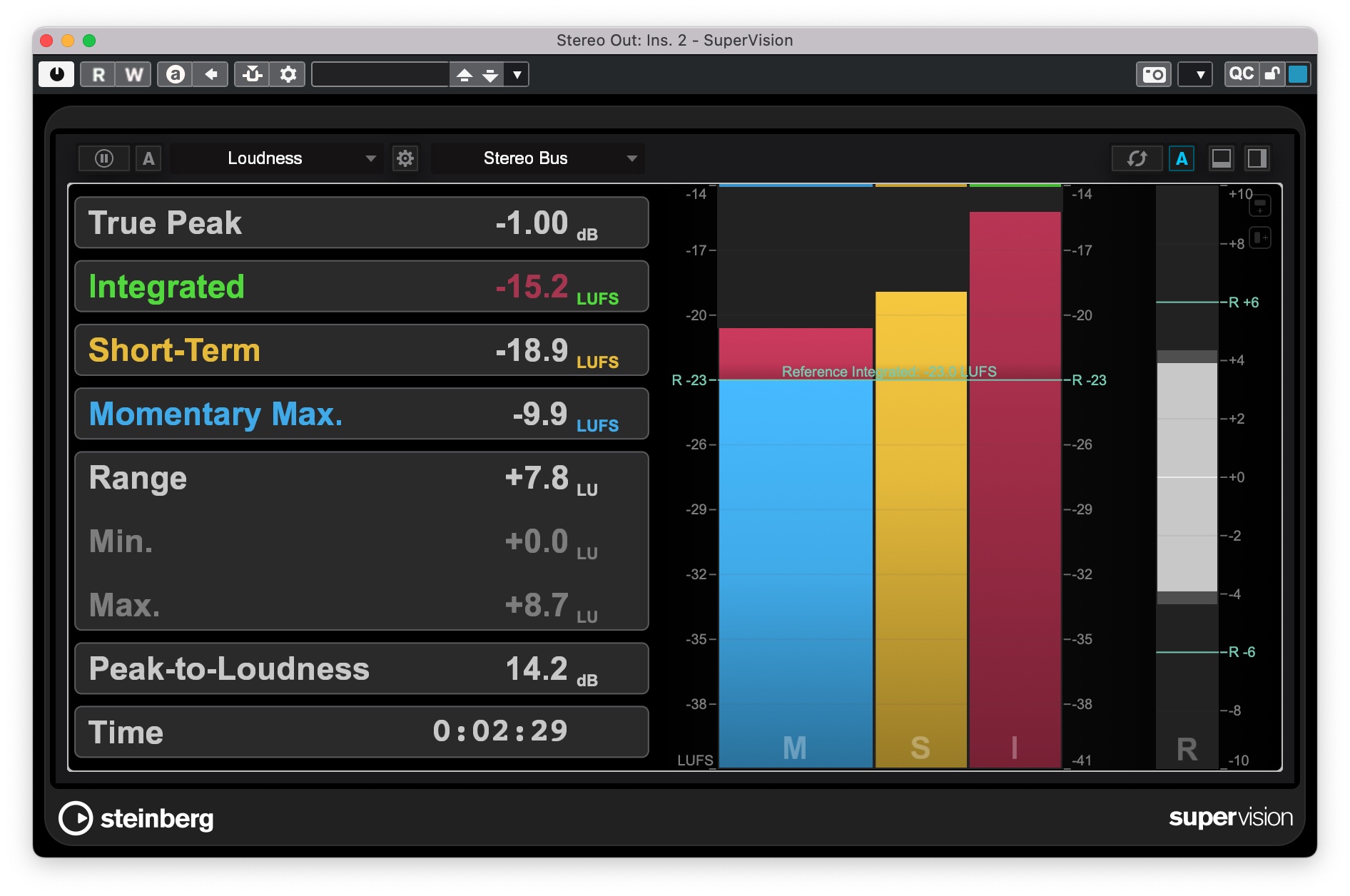
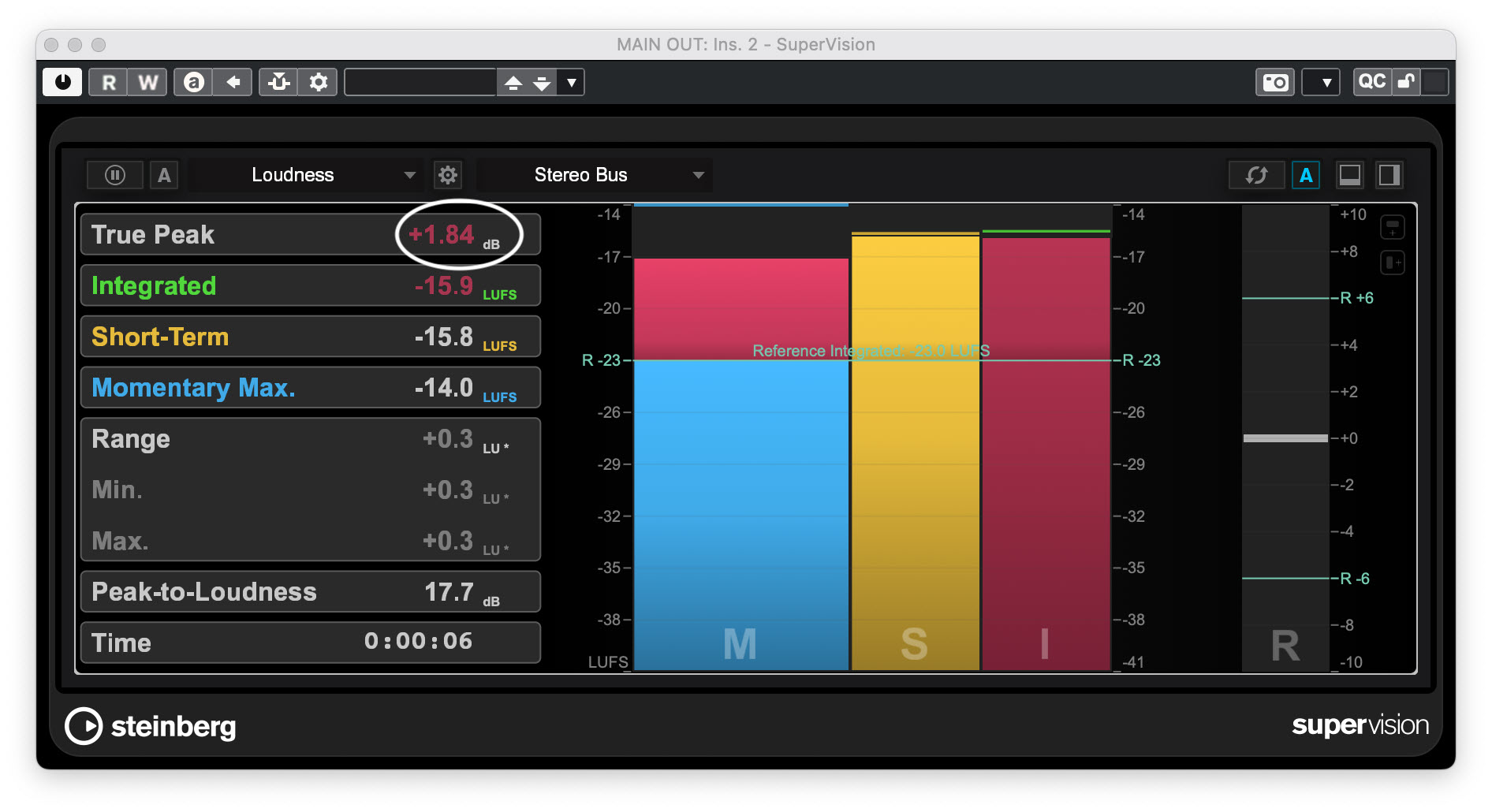

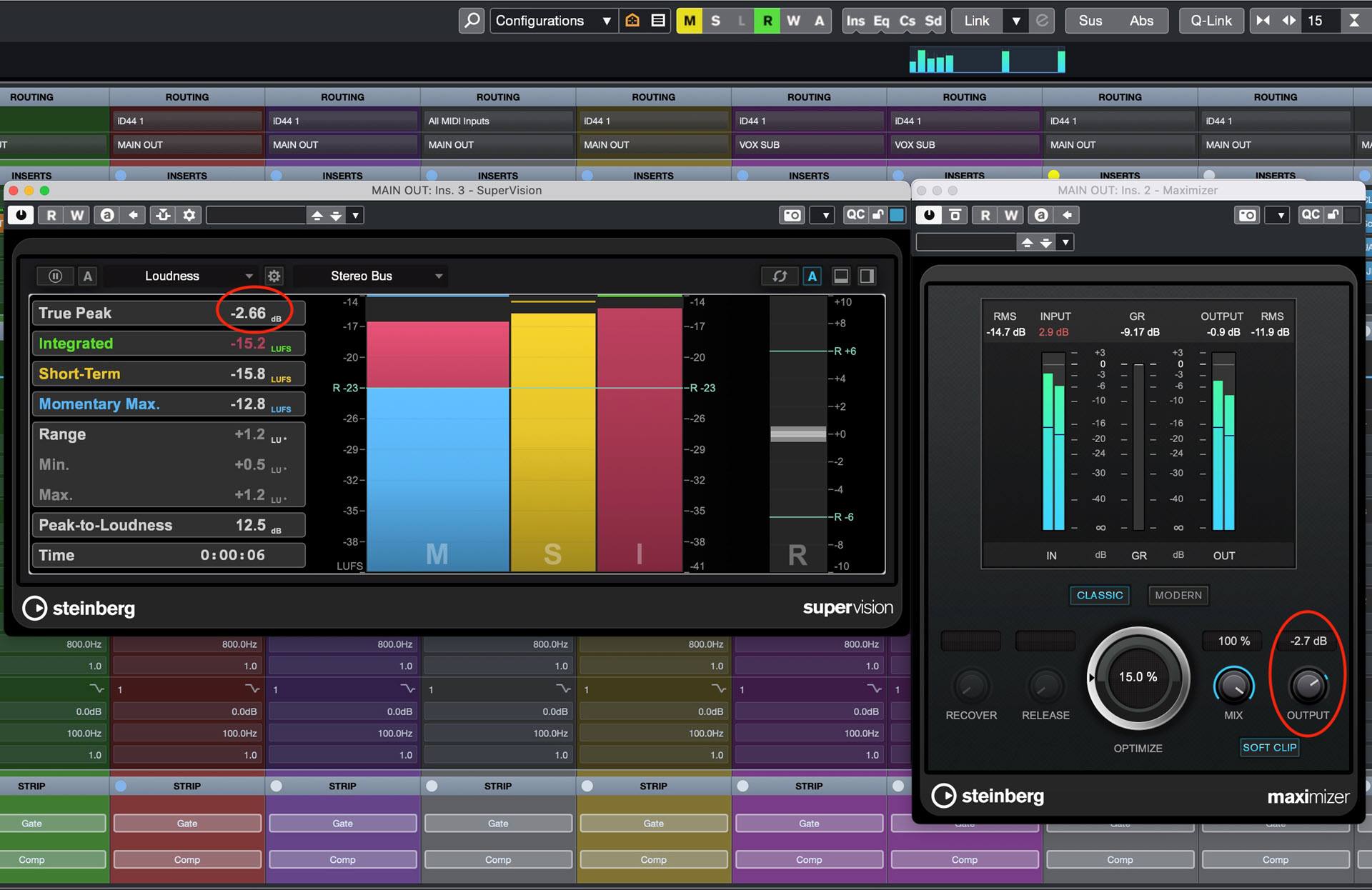
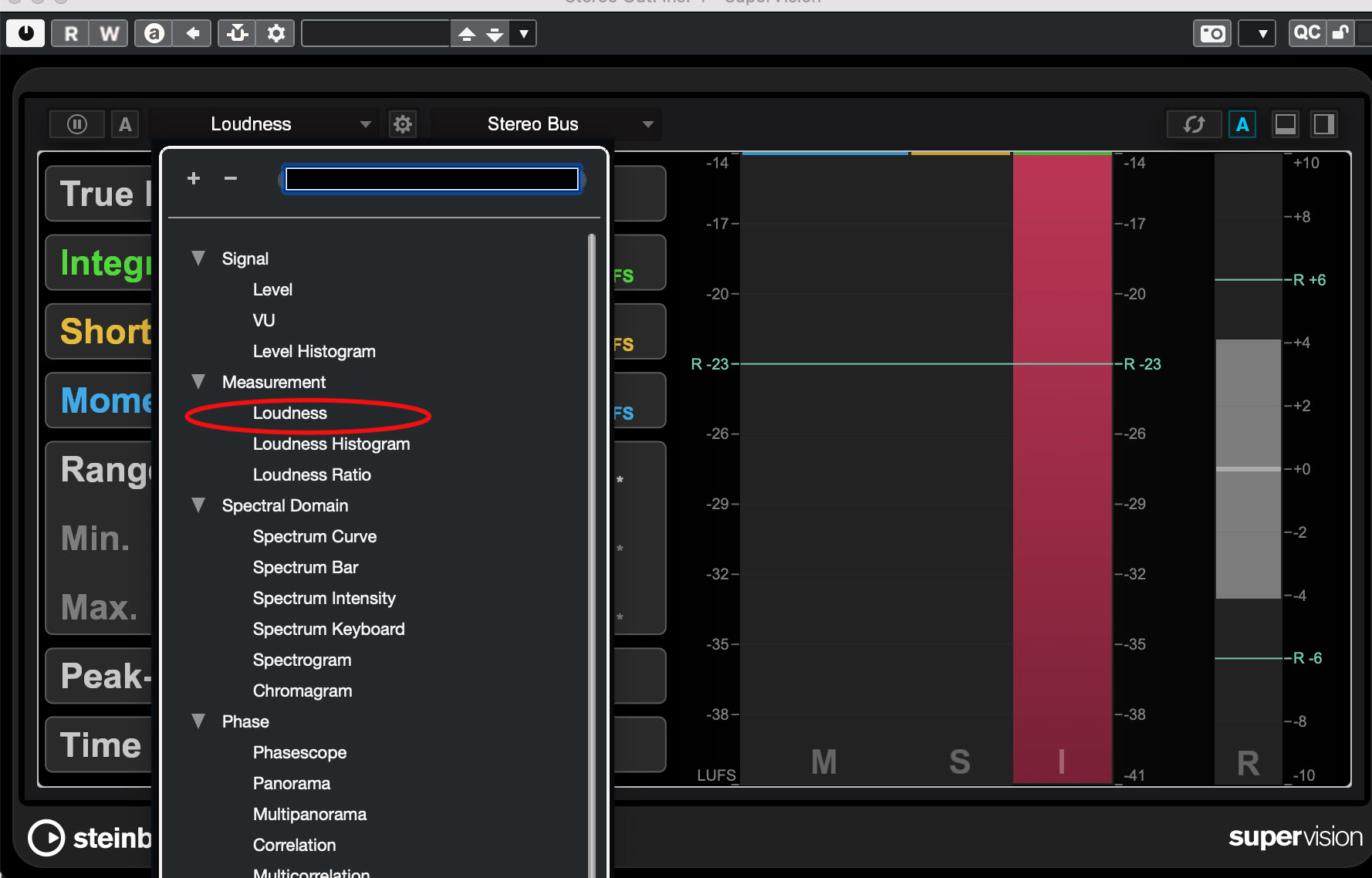

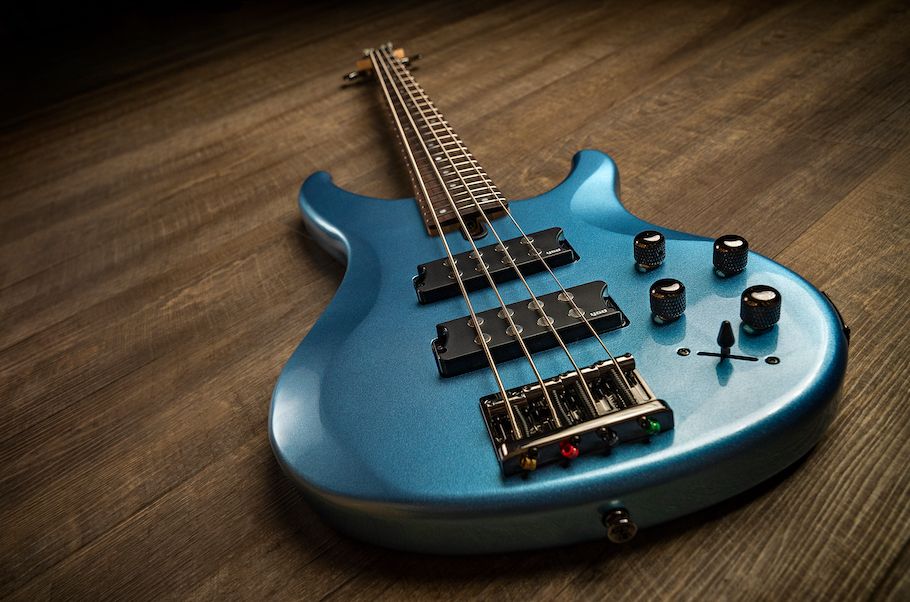





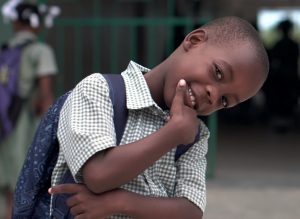 Located in Nashville, Tennessee State University, a Historically Black College & University (HBCU), sits in the heart of the place affectionately known as “Music City.” Being in one of the country’s most vibrant cities for live music has certainly helped us in terms of involvement with the greater Nashville community, and we do our best to be proactive in pursuing potential partnerships with organizations within our local area. One of the ways we do this — in addition to the work we do through our memoranda of understanding (MOUs) with outside entities — is through our community music program.
Located in Nashville, Tennessee State University, a Historically Black College & University (HBCU), sits in the heart of the place affectionately known as “Music City.” Being in one of the country’s most vibrant cities for live music has certainly helped us in terms of involvement with the greater Nashville community, and we do our best to be proactive in pursuing potential partnerships with organizations within our local area. One of the ways we do this — in addition to the work we do through our memoranda of understanding (MOUs) with outside entities — is through our community music program.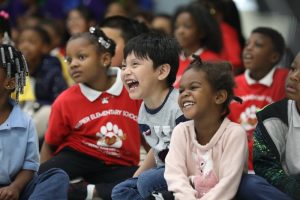
 Many of my colleagues at other institutions often ask how we are able to forge these connections within our community and maintain them for so long. For us, it starts with active engagement and proactive pursuits. Our faculty are constantly forming professional relationships by attending and presenting at conferences, participating in college recruitment fairs, visiting local K-12 schools regularly, serving on the boards of local nonprofits, and constantly publicizing the work we are doing through local news outlets and social media. And with our upcoming historic performances this academic year with our jazz band at the prestigious
Many of my colleagues at other institutions often ask how we are able to forge these connections within our community and maintain them for so long. For us, it starts with active engagement and proactive pursuits. Our faculty are constantly forming professional relationships by attending and presenting at conferences, participating in college recruitment fairs, visiting local K-12 schools regularly, serving on the boards of local nonprofits, and constantly publicizing the work we are doing through local news outlets and social media. And with our upcoming historic performances this academic year with our jazz band at the prestigious 
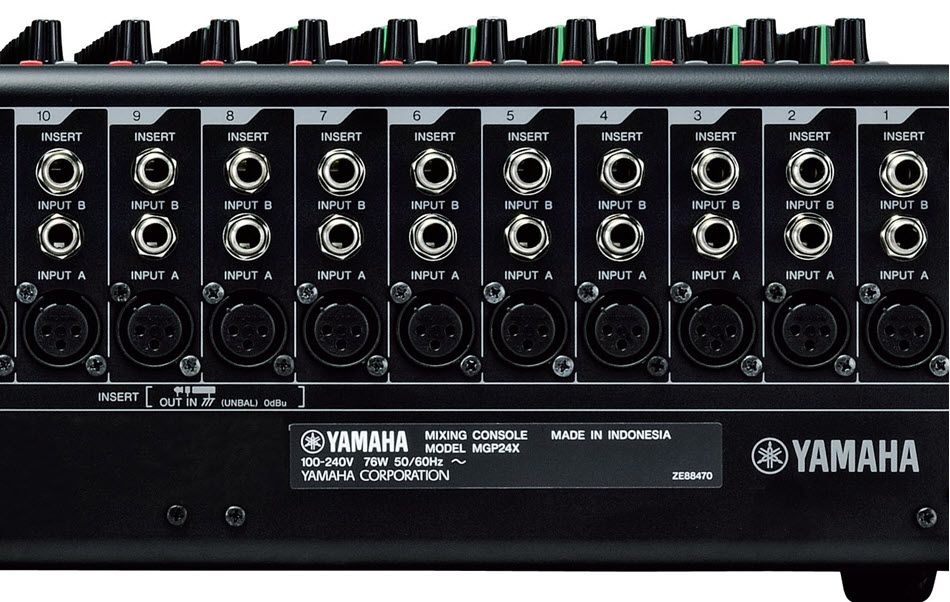

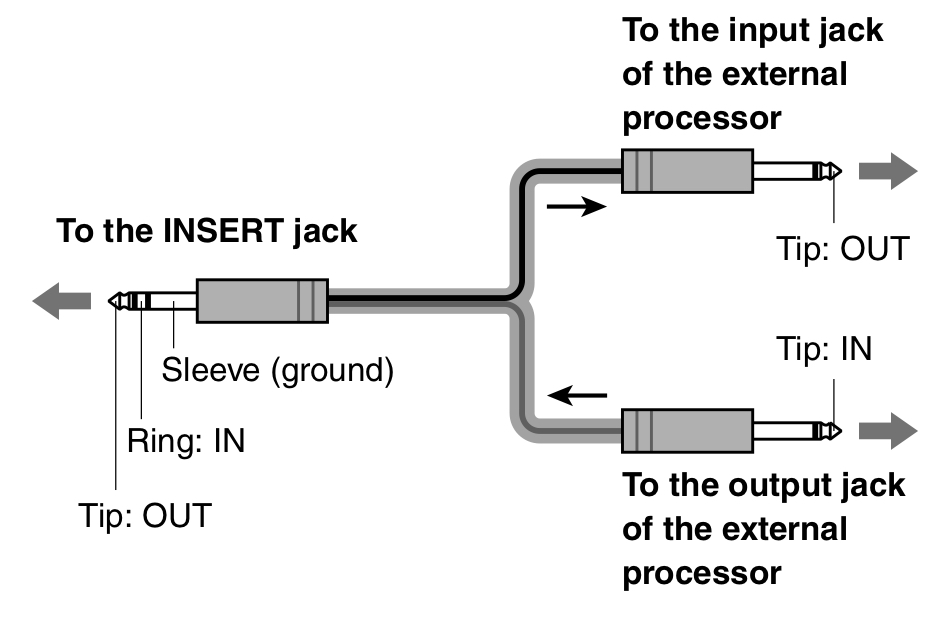
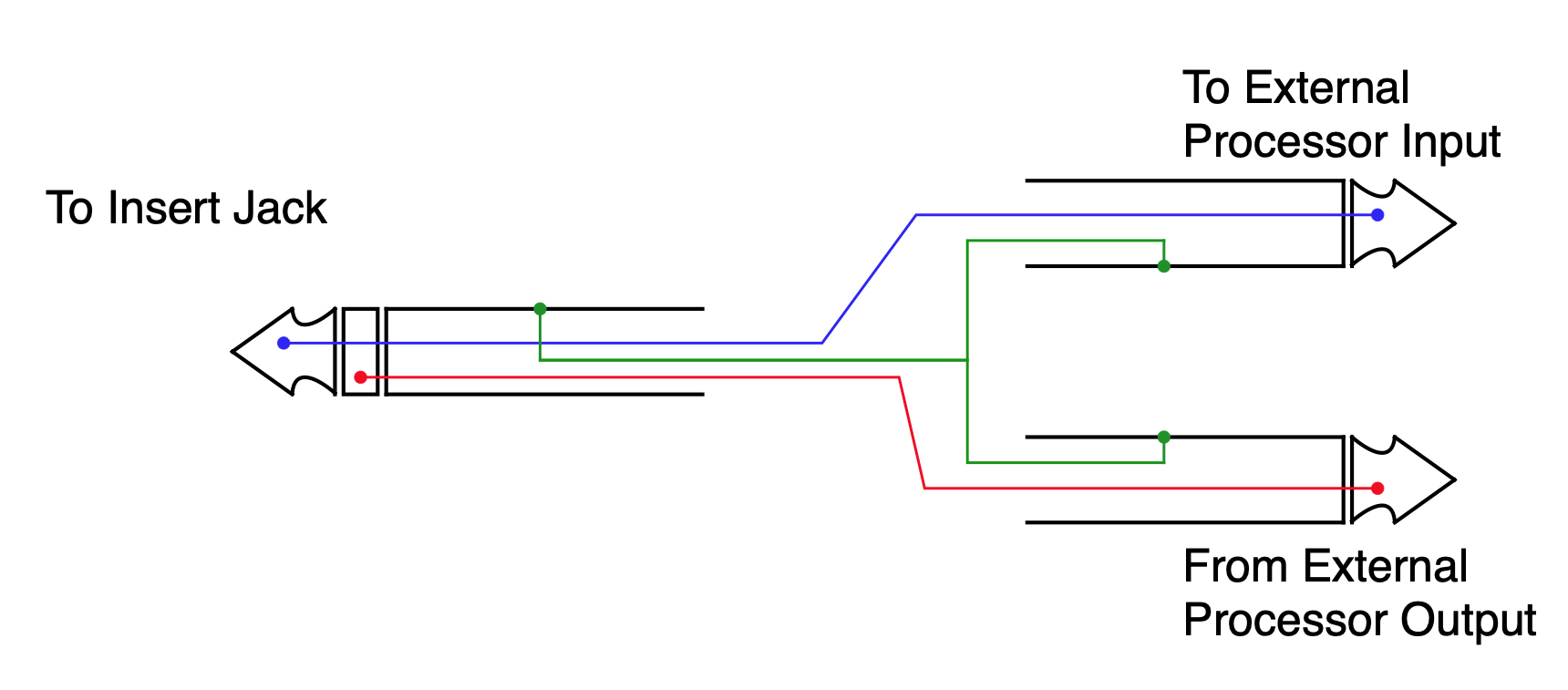
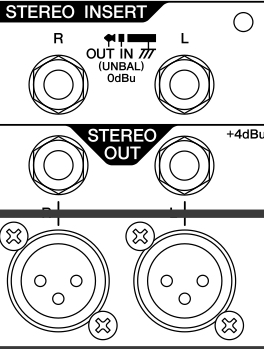
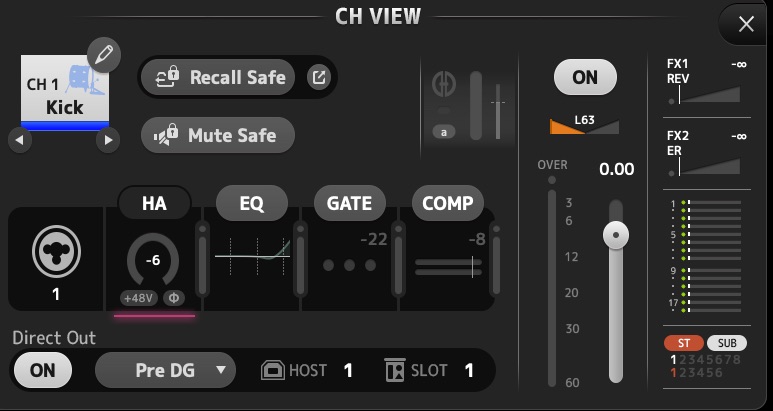
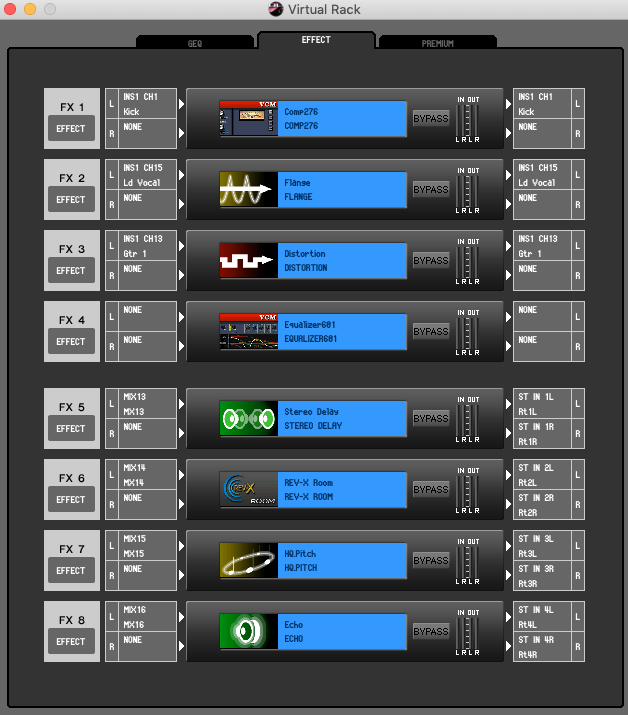
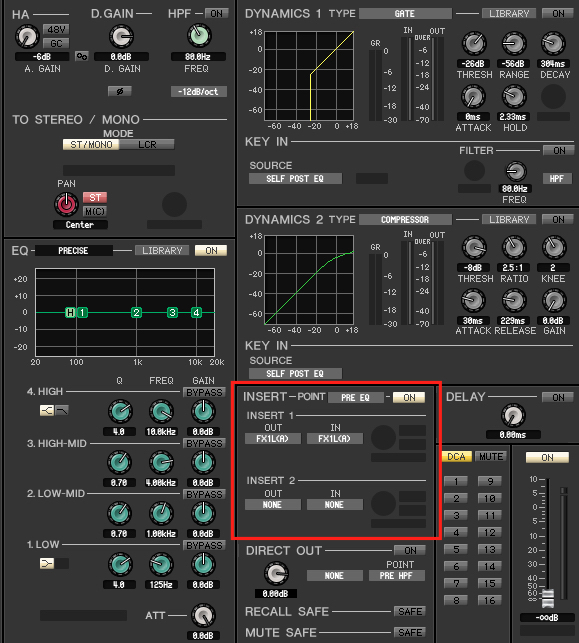









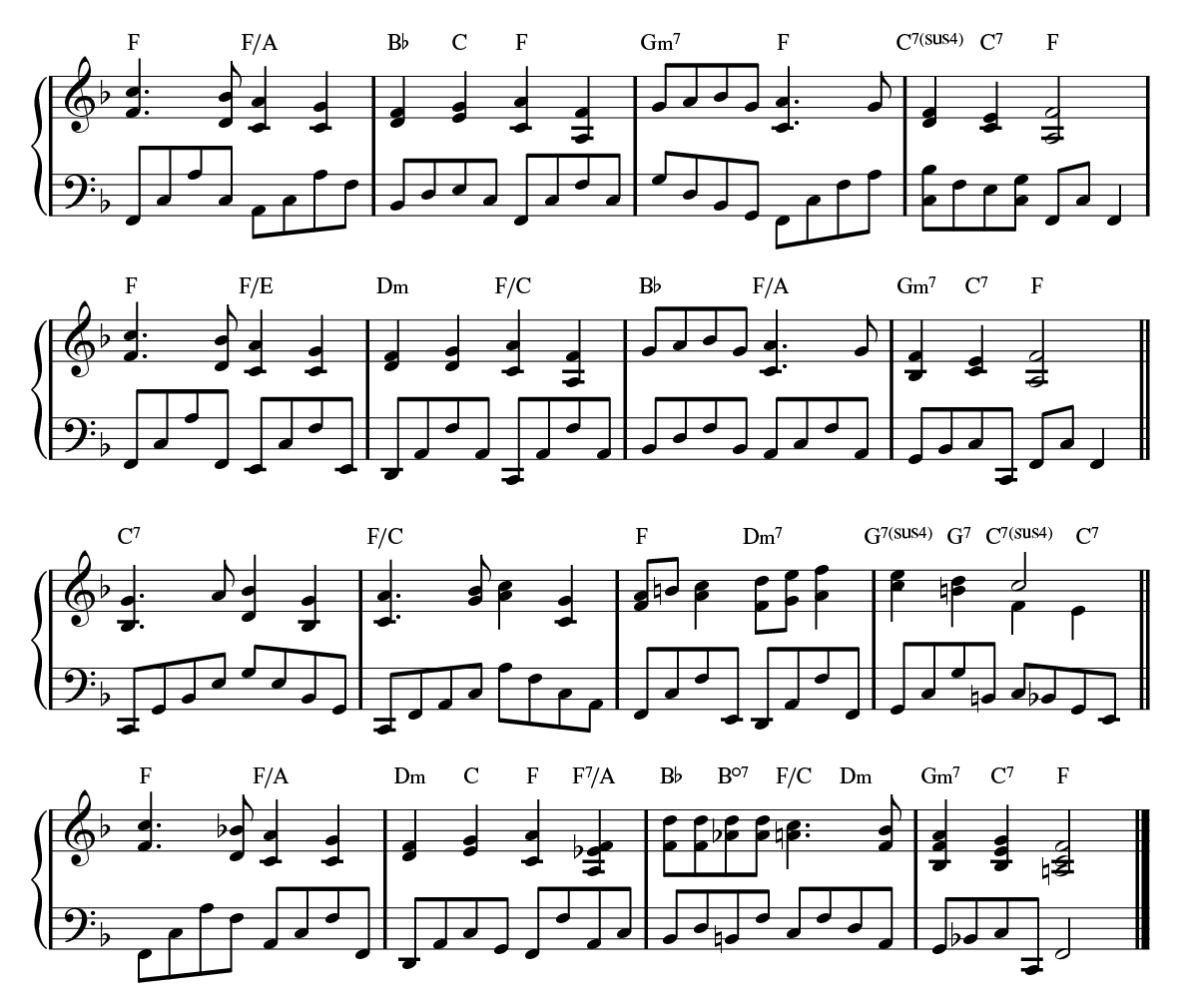
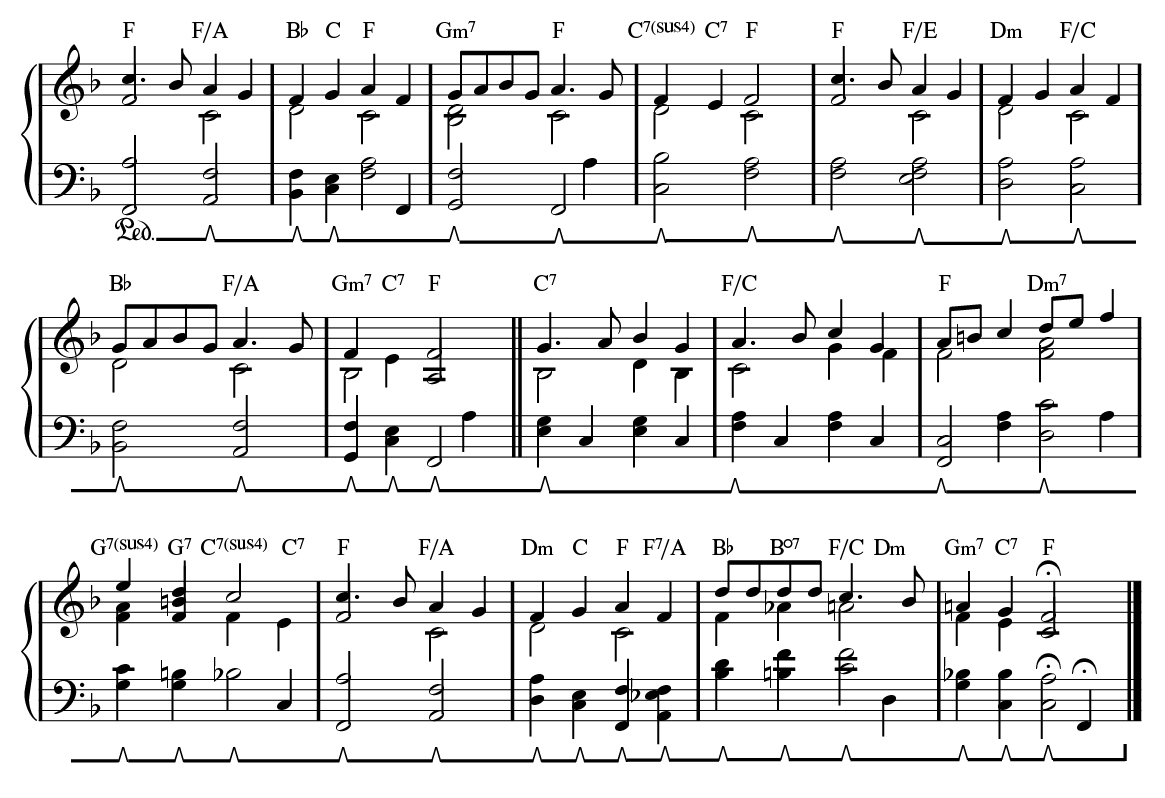
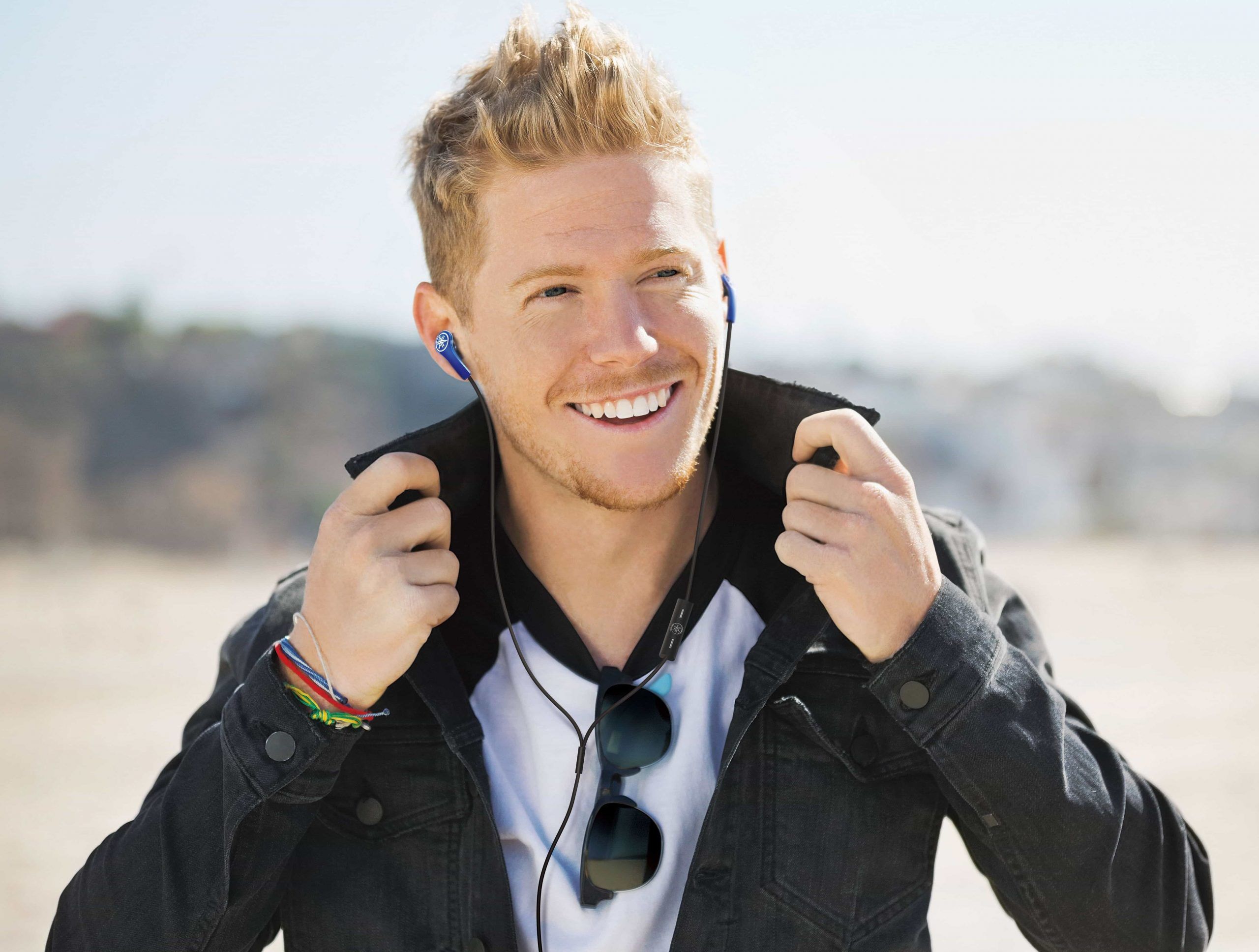
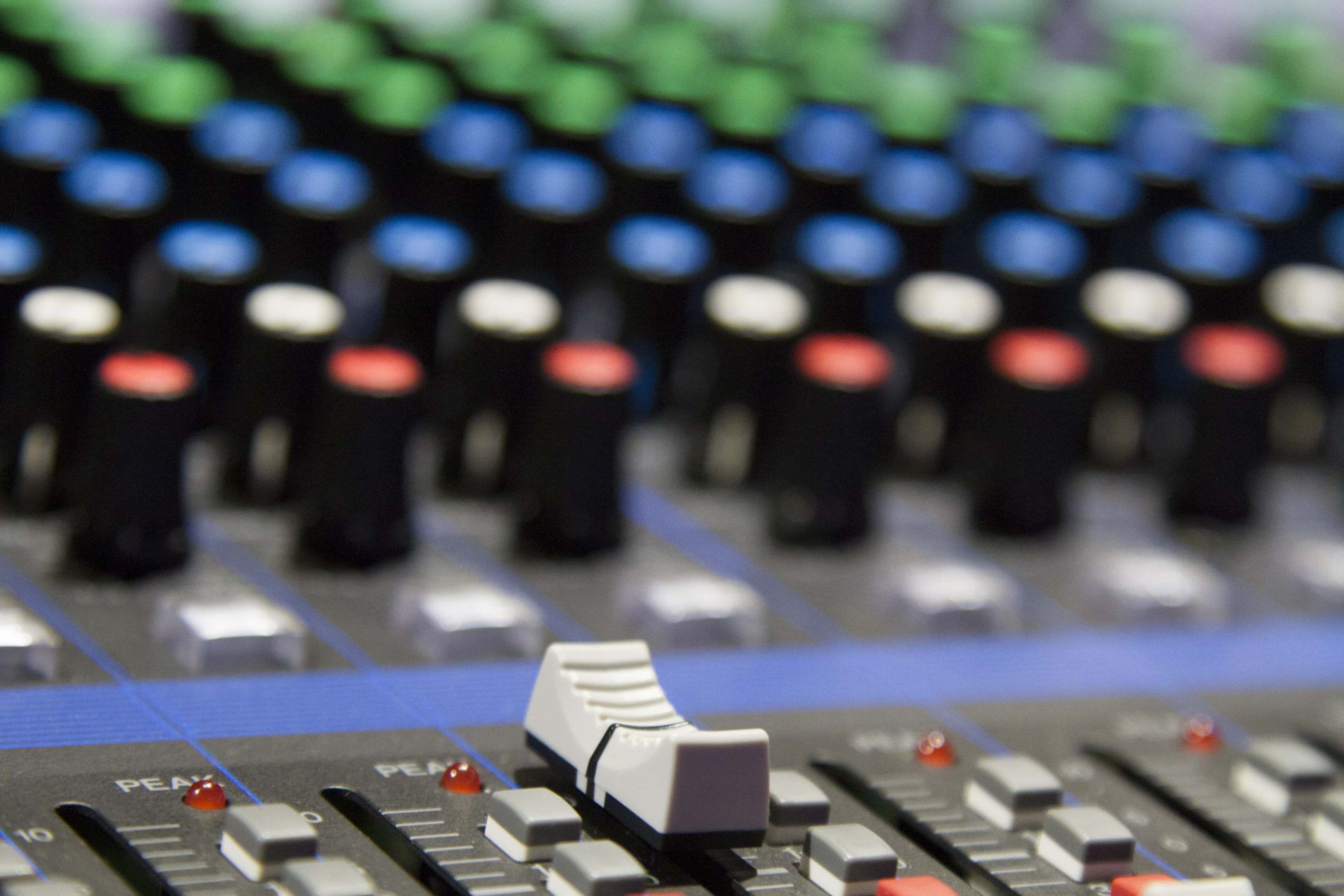
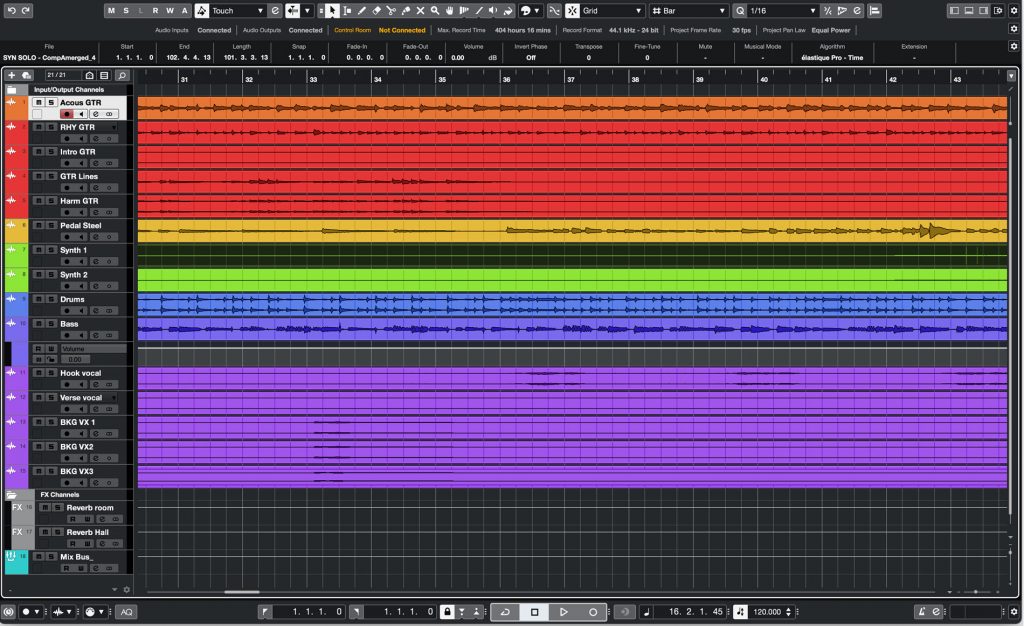

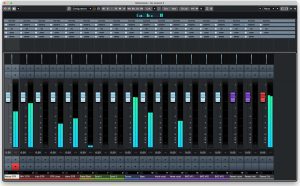

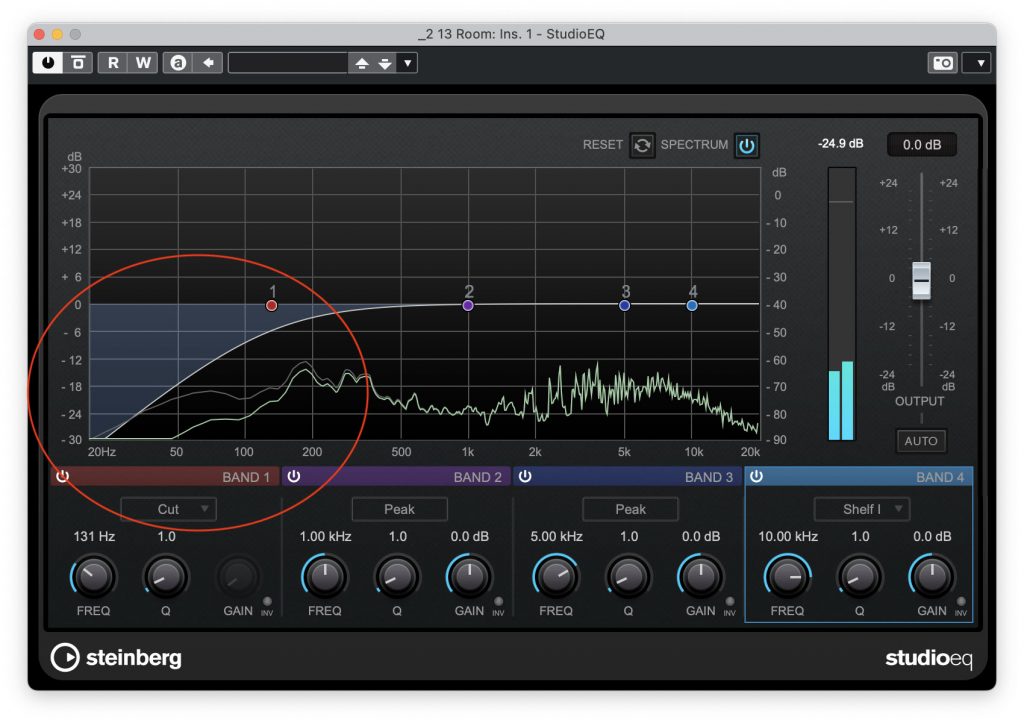
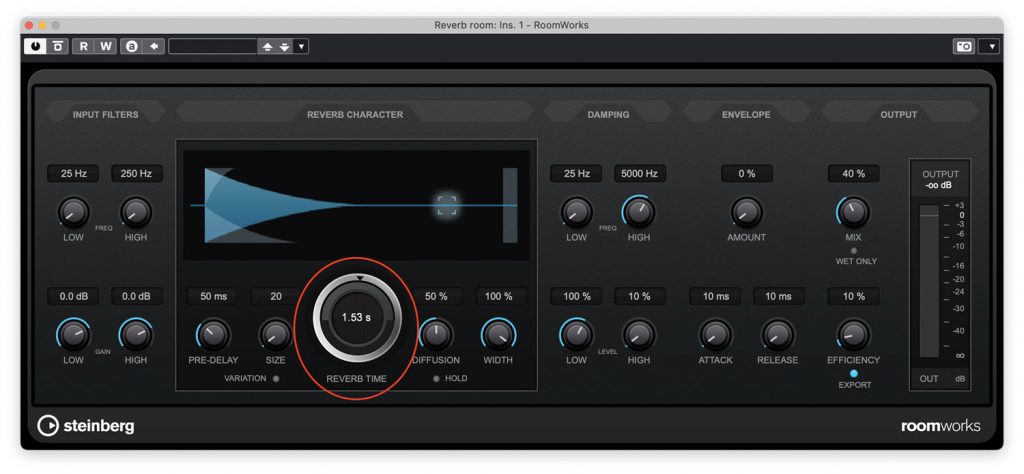
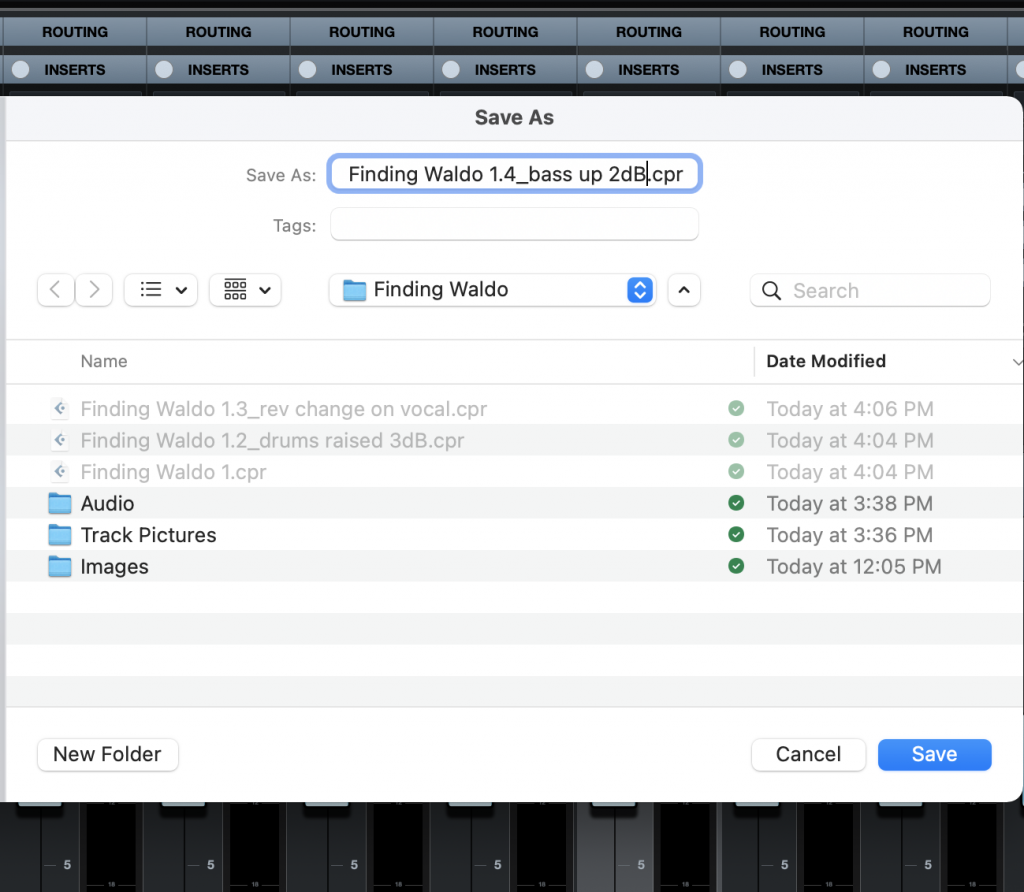
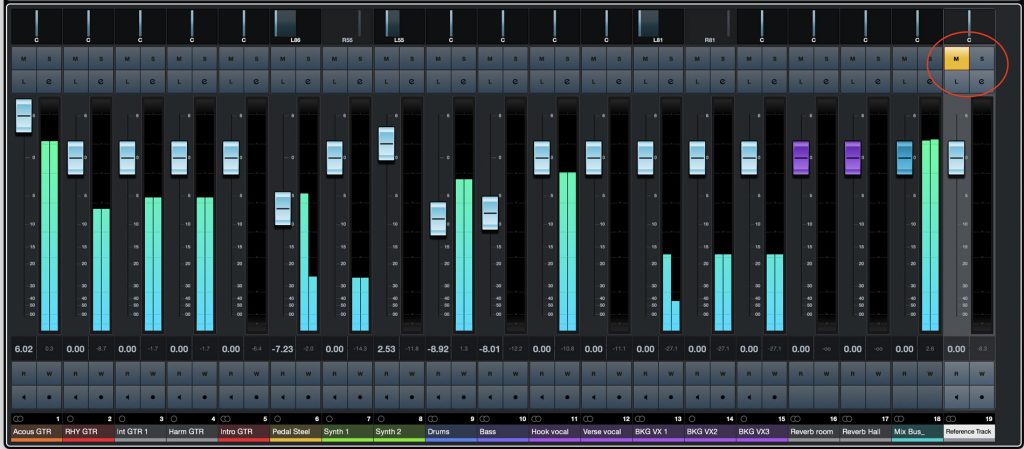
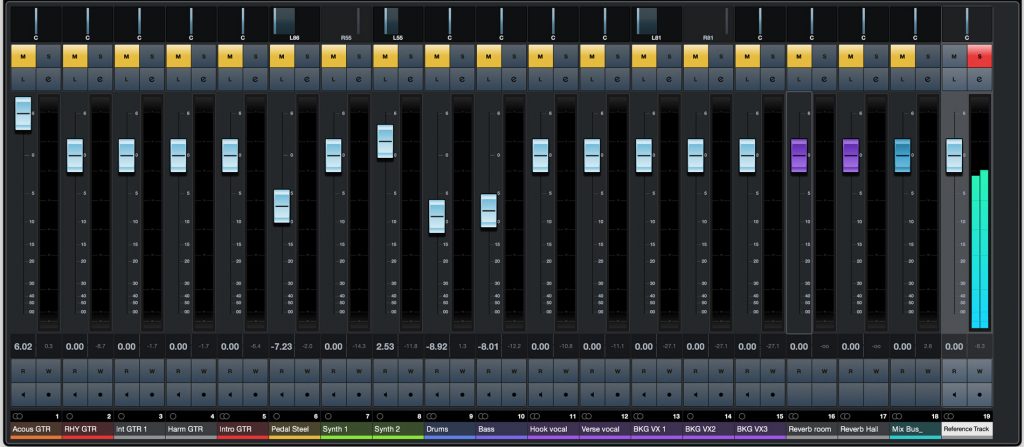


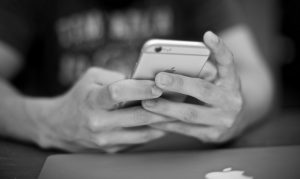 Making habits obvious in a music class begins by simply being aware of habits that you want to break and habits that you want to build.
Making habits obvious in a music class begins by simply being aware of habits that you want to break and habits that you want to build.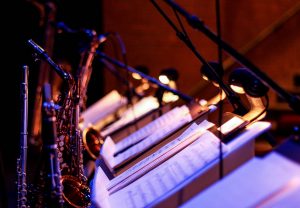 Our exercises are selected ahead of time. For my group, I use exercises from the following books:
Our exercises are selected ahead of time. For my group, I use exercises from the following books: No one will continue with a habit if there is no payoff, which can be intrinsic or extrinsic. Unfortunately, with music, it’s difficult to pinpoint short-term payoffs. I suggest starting with an external reward but don’t announce this to the kids. Rather, commit to an extended time working through your habit or routine, and then surprise your students with the reward. For some groups, the timeline might be a week, and for others, it might be six months.
No one will continue with a habit if there is no payoff, which can be intrinsic or extrinsic. Unfortunately, with music, it’s difficult to pinpoint short-term payoffs. I suggest starting with an external reward but don’t announce this to the kids. Rather, commit to an extended time working through your habit or routine, and then surprise your students with the reward. For some groups, the timeline might be a week, and for others, it might be six months. According to a blog post by Clear, comedian
According to a blog post by Clear, comedian 
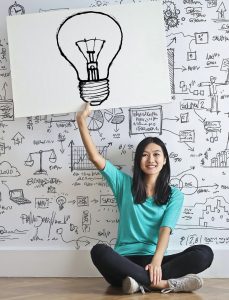

 Want to take the survey? Here are two sites; both are free but you will have to take a few minutes to set up an account and password. Try
Want to take the survey? Here are two sites; both are free but you will have to take a few minutes to set up an account and password. Try 

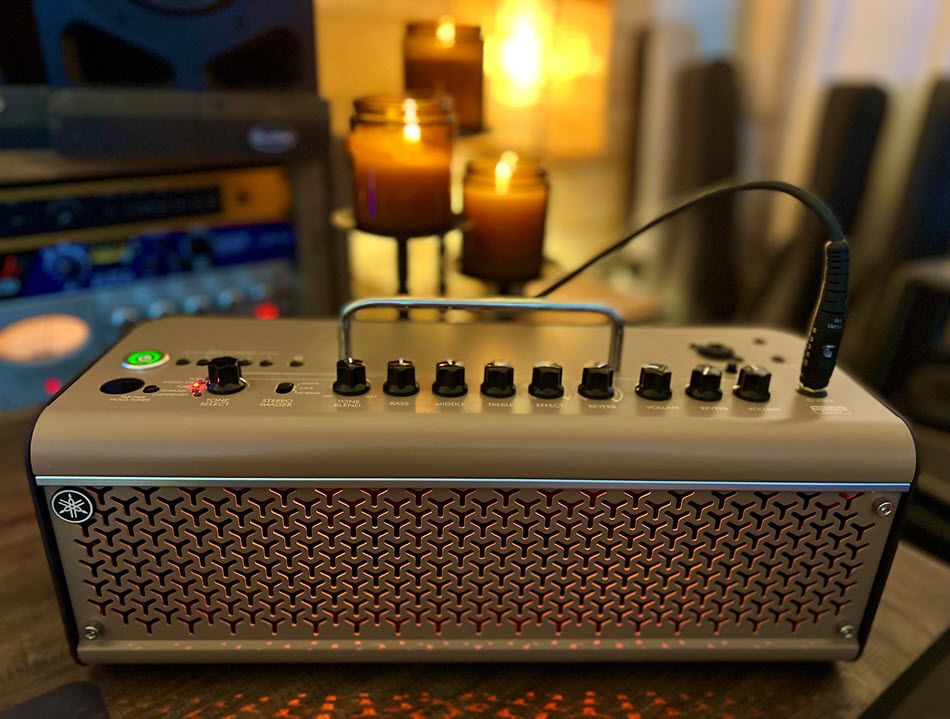
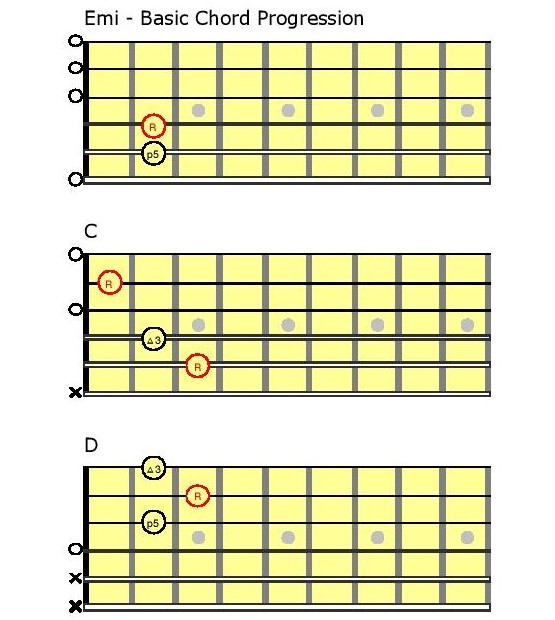
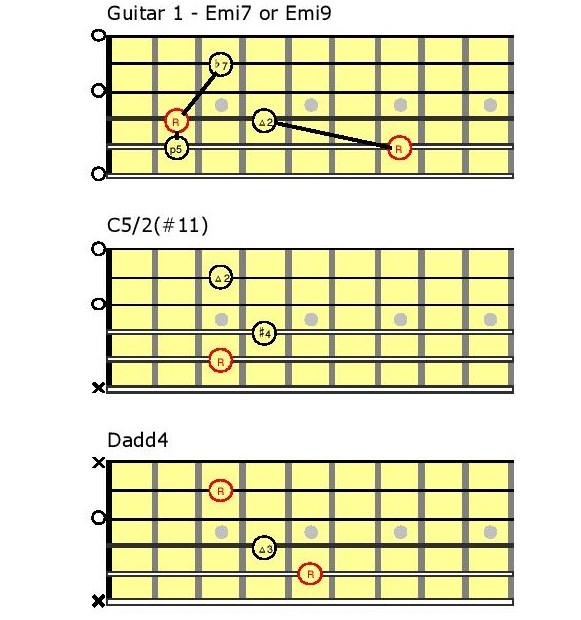
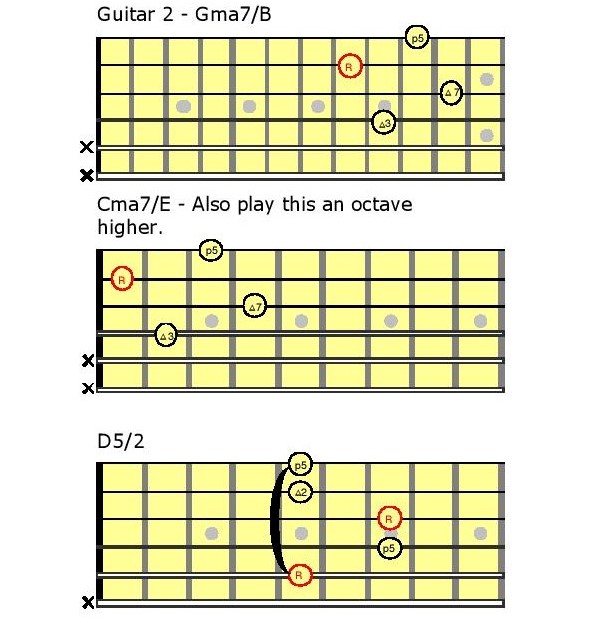
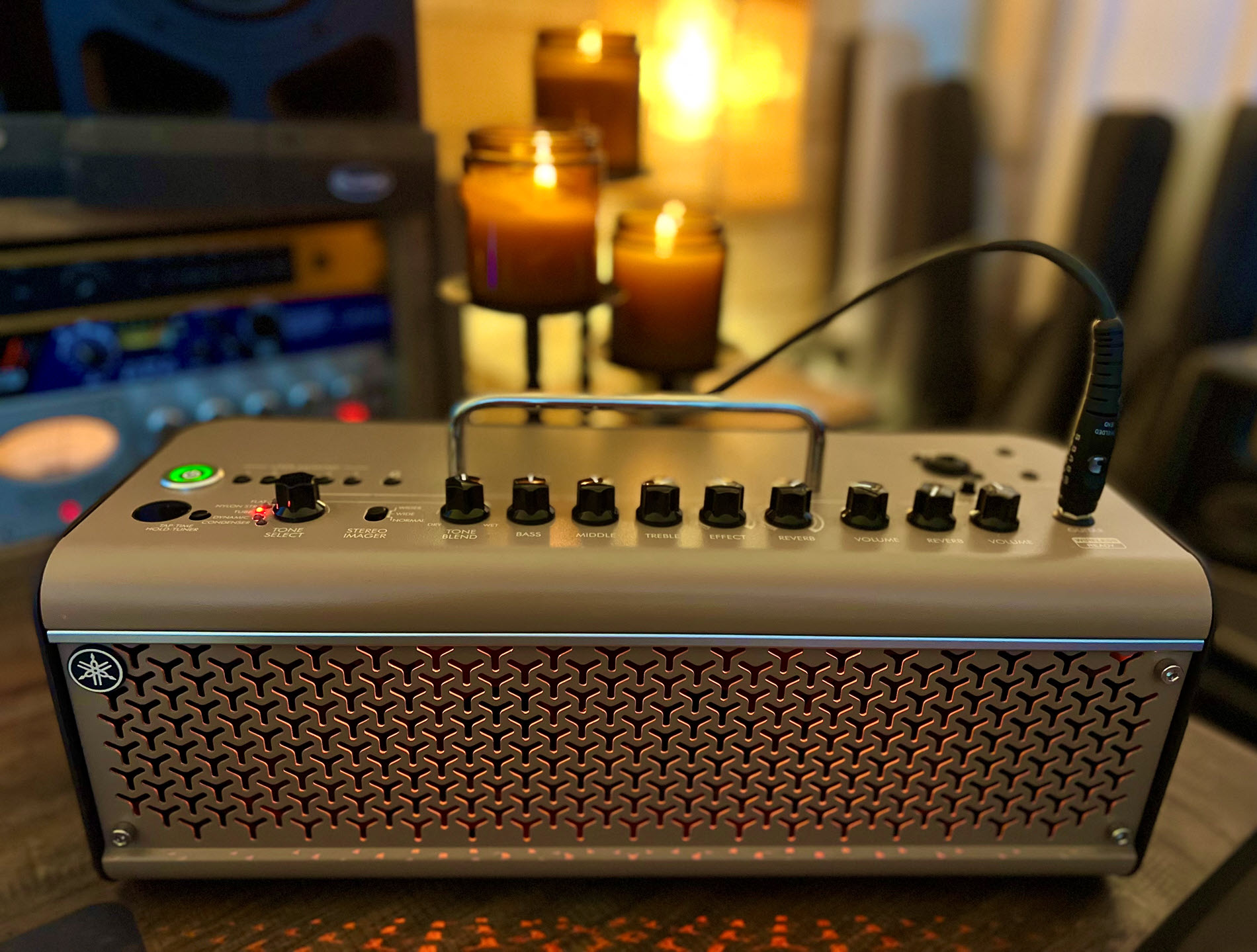
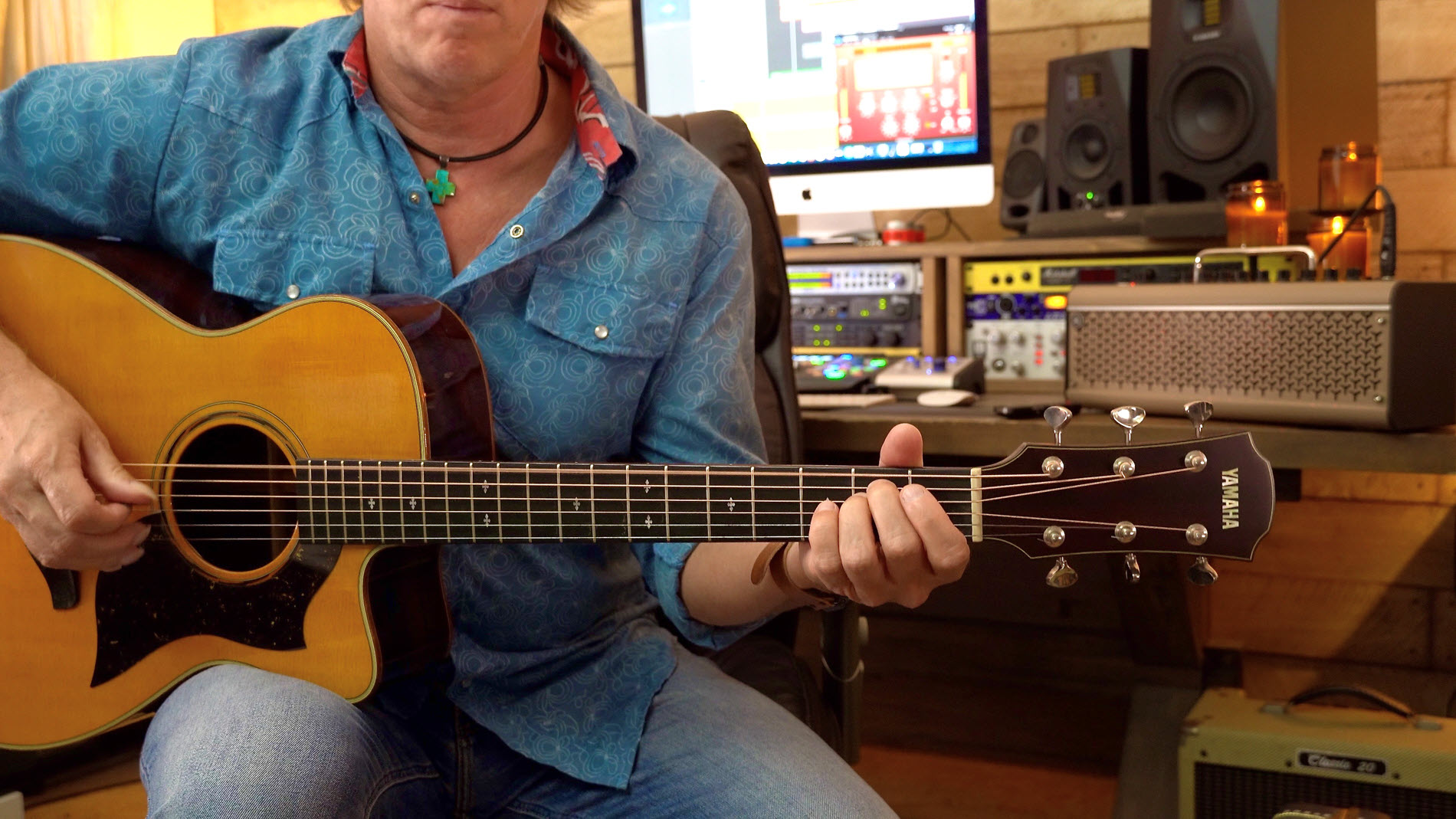

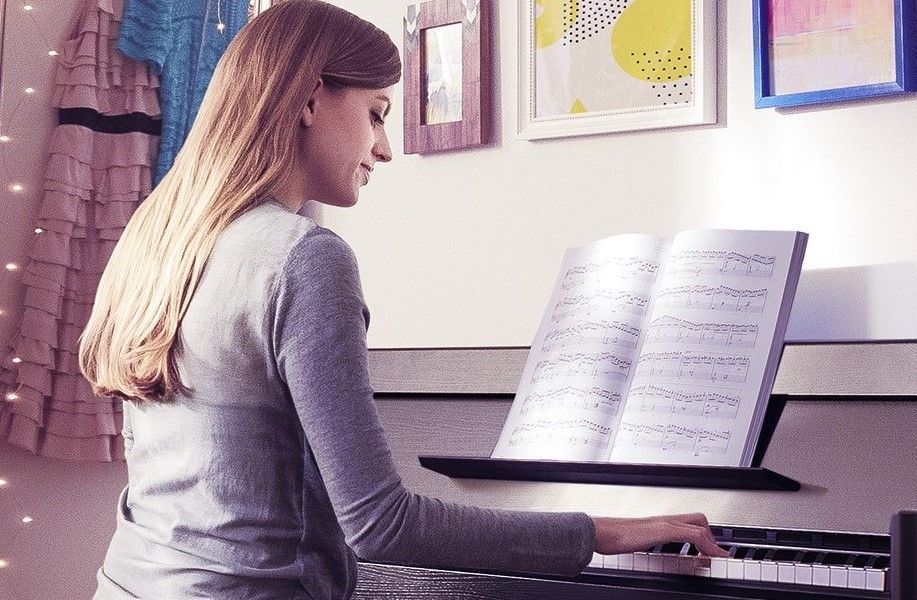
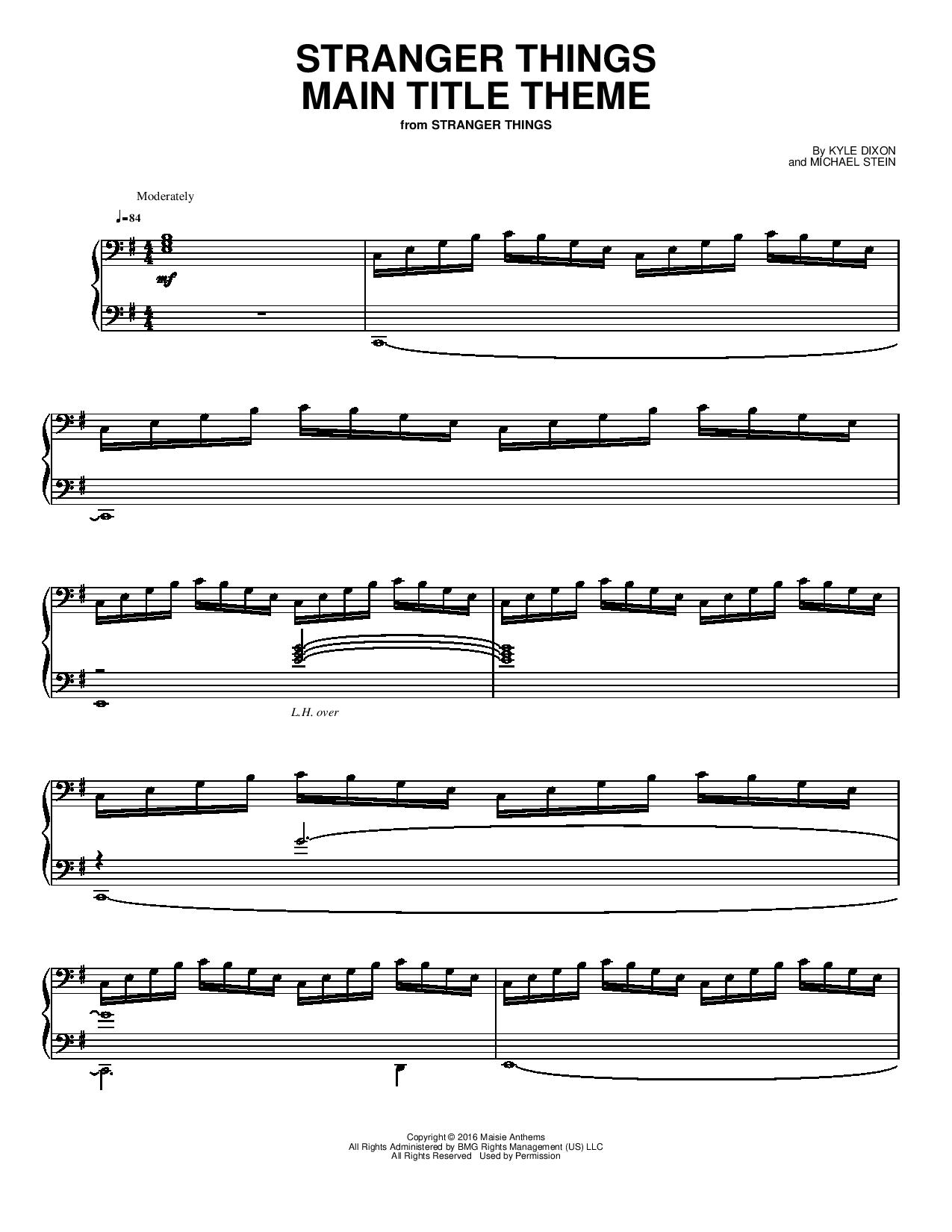

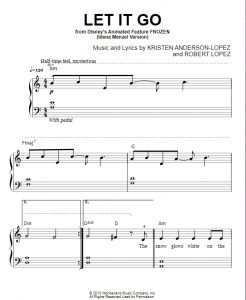









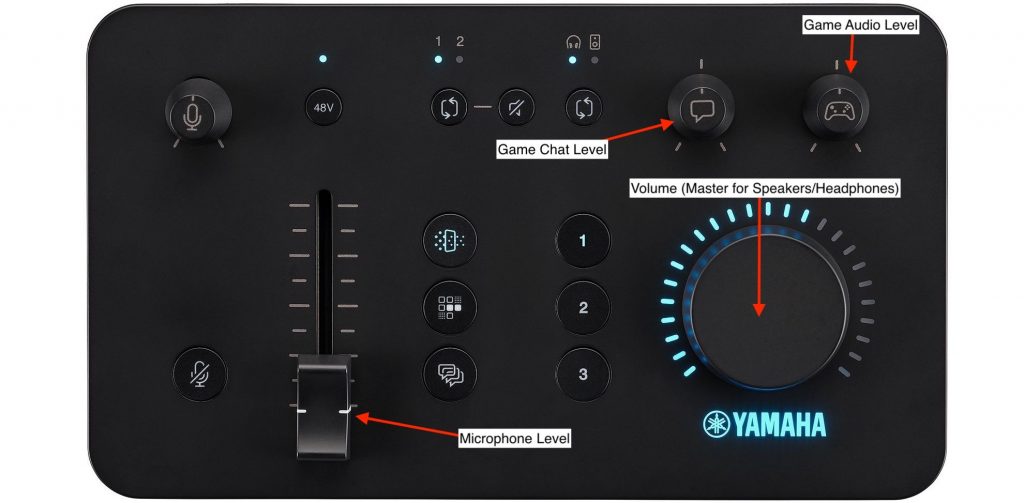







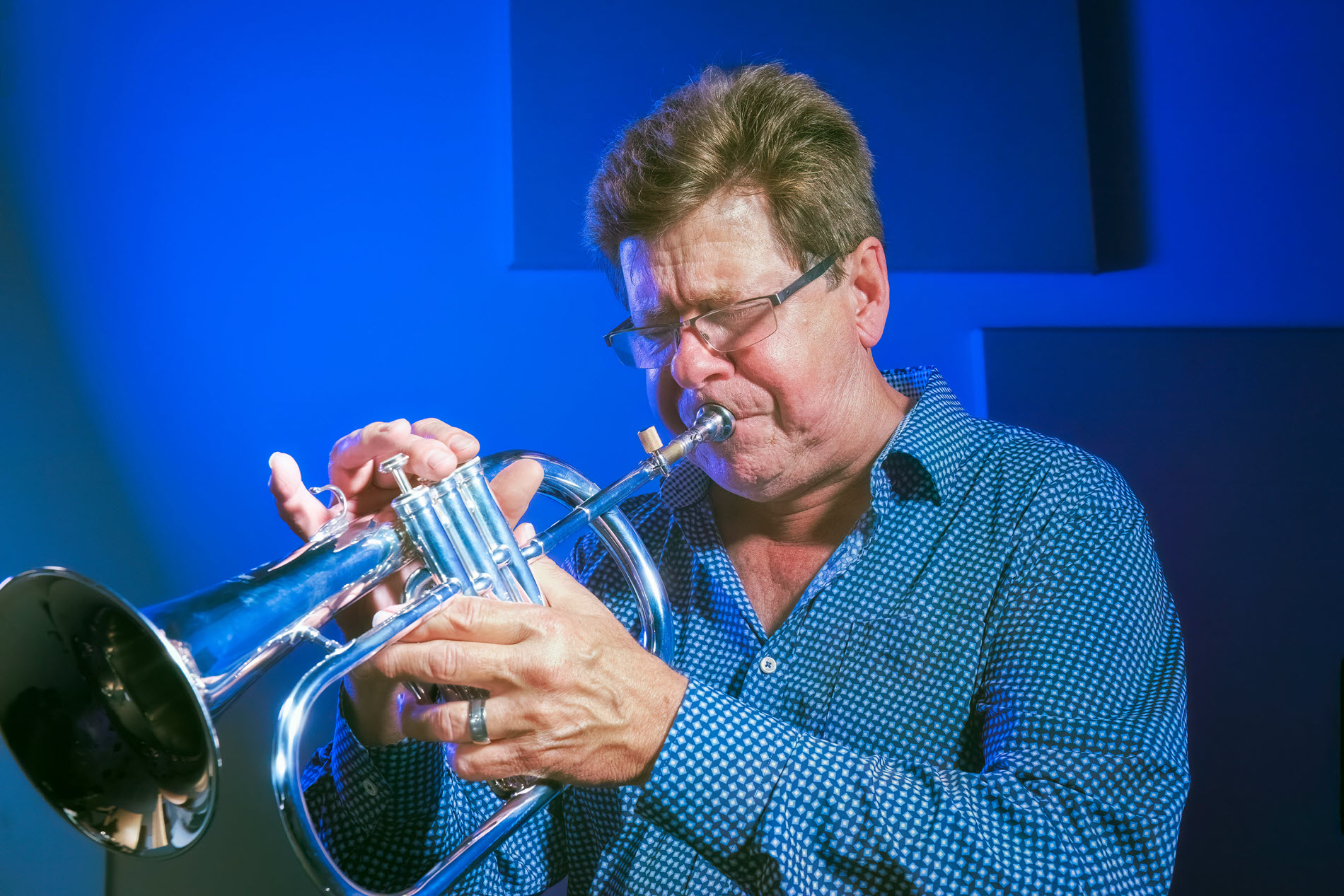



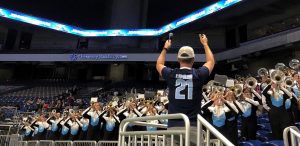 I called my dad, who was a professor and director of continuing education at Rutgers, in near hysterics and asked if I could come by his office to talk. When I got there, he gave me a big hug to let me know that everything was going to be OK, and then he allowed me to talk and spill all my emotions before even attempting to weigh in to help. After I calmed down, we talked through my disappointment, and my dad encouraged me to reflect on what might have led to the chain of events and challenged me to be proactive in my response to the situation. His suggestions included seeking feedback and staying focused on continuous improvement. And, most importantly, he reminded me of one of my grandfather’s favorite sayings, “As stressful as this seems, six months from now, you’re going to be worrying about something else.”
I called my dad, who was a professor and director of continuing education at Rutgers, in near hysterics and asked if I could come by his office to talk. When I got there, he gave me a big hug to let me know that everything was going to be OK, and then he allowed me to talk and spill all my emotions before even attempting to weigh in to help. After I calmed down, we talked through my disappointment, and my dad encouraged me to reflect on what might have led to the chain of events and challenged me to be proactive in my response to the situation. His suggestions included seeking feedback and staying focused on continuous improvement. And, most importantly, he reminded me of one of my grandfather’s favorite sayings, “As stressful as this seems, six months from now, you’re going to be worrying about something else.”
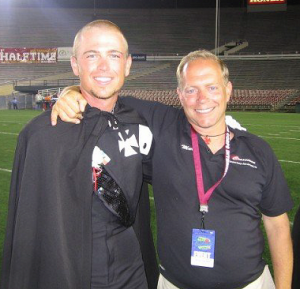
 The most remarkable part was watching this student process the results and then stick around to celebrate his peers who did earn chairs, including many who asked him, “How could you not have made it?”
The most remarkable part was watching this student process the results and then stick around to celebrate his peers who did earn chairs, including many who asked him, “How could you not have made it?”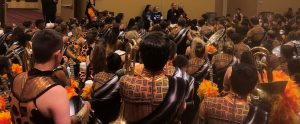 Failure is like any skill — the more we practice and experience it, the better we can master our ability to learn from it and move forward.
Failure is like any skill — the more we practice and experience it, the better we can master our ability to learn from it and move forward.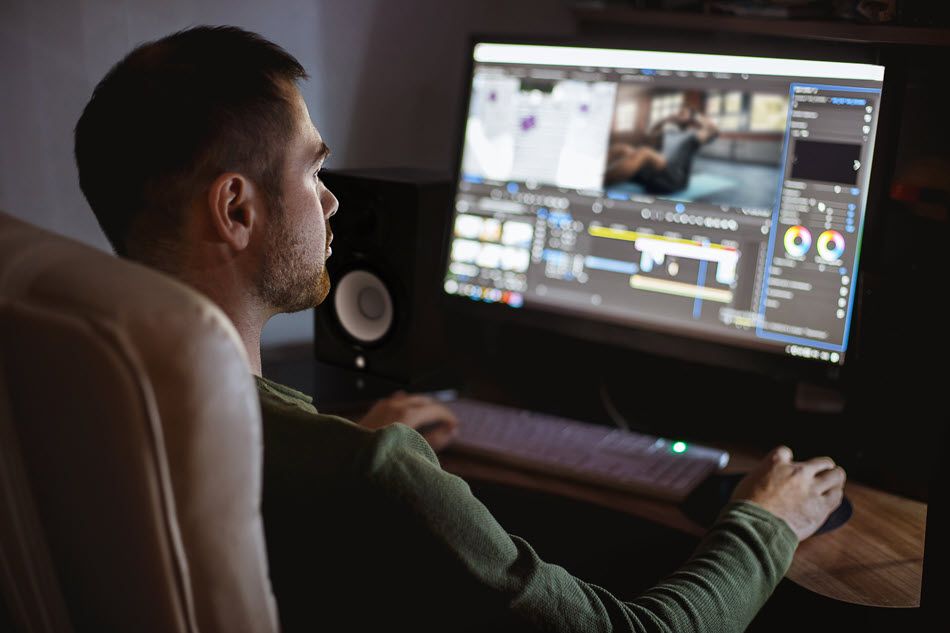
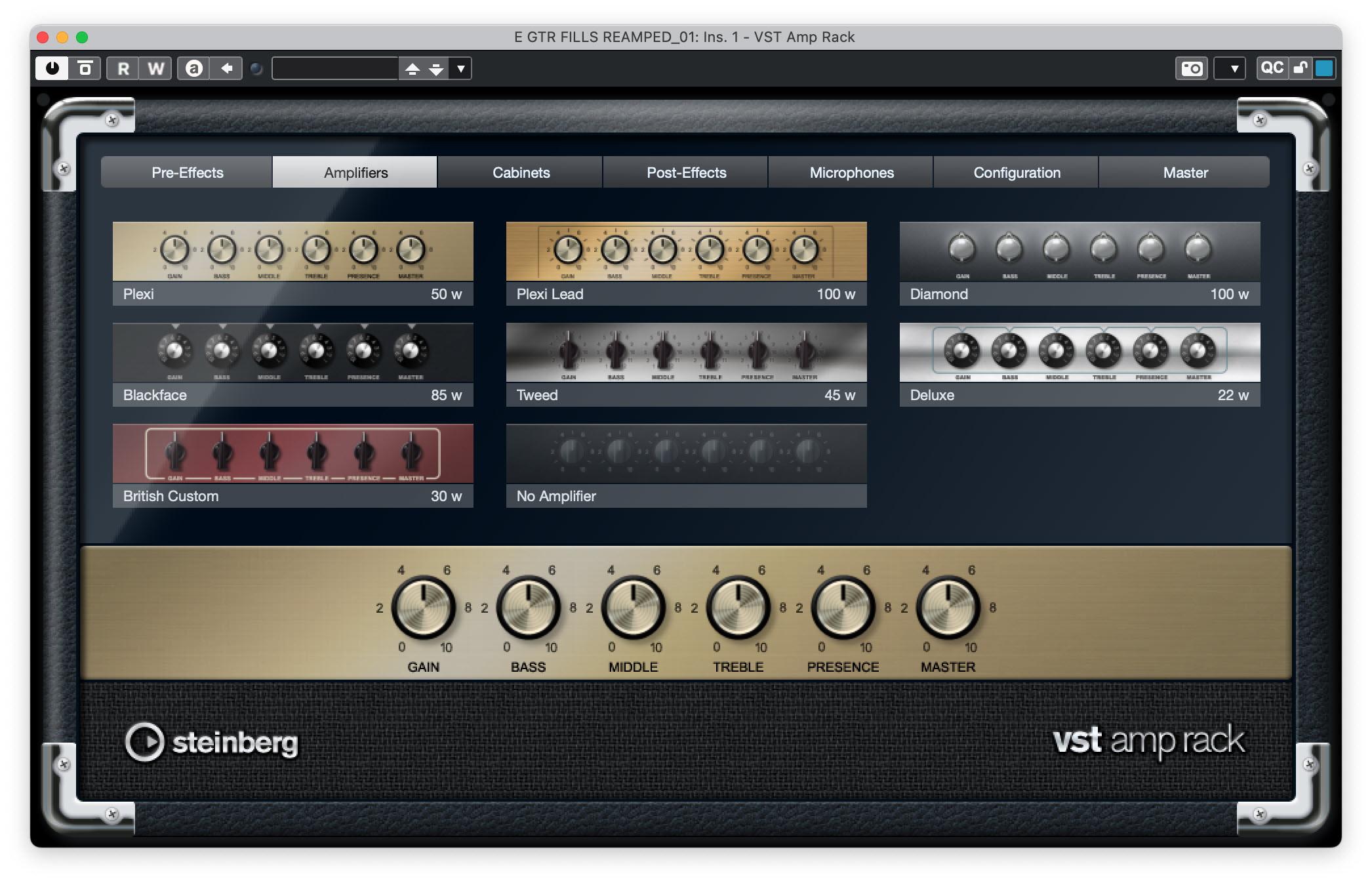
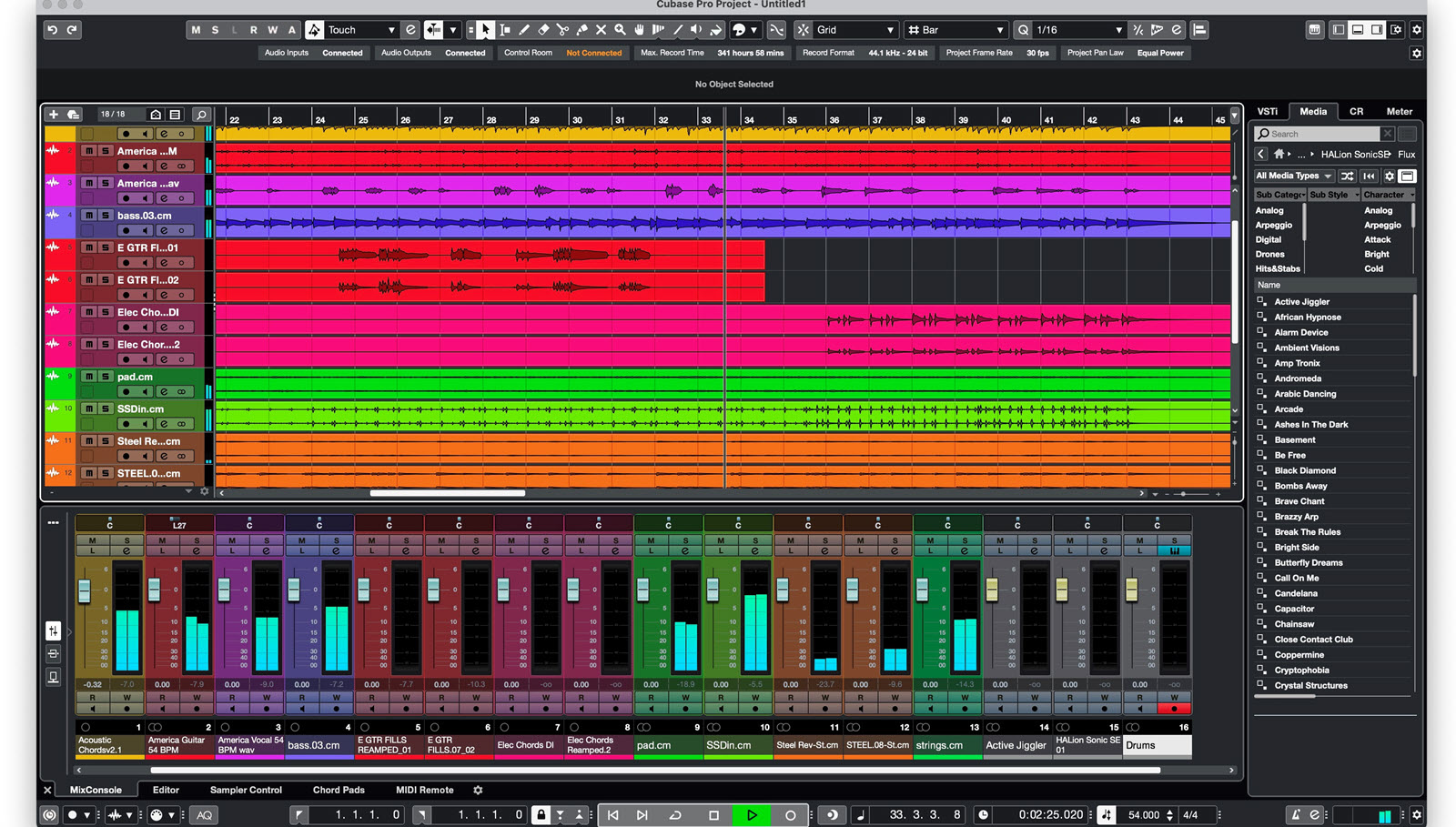
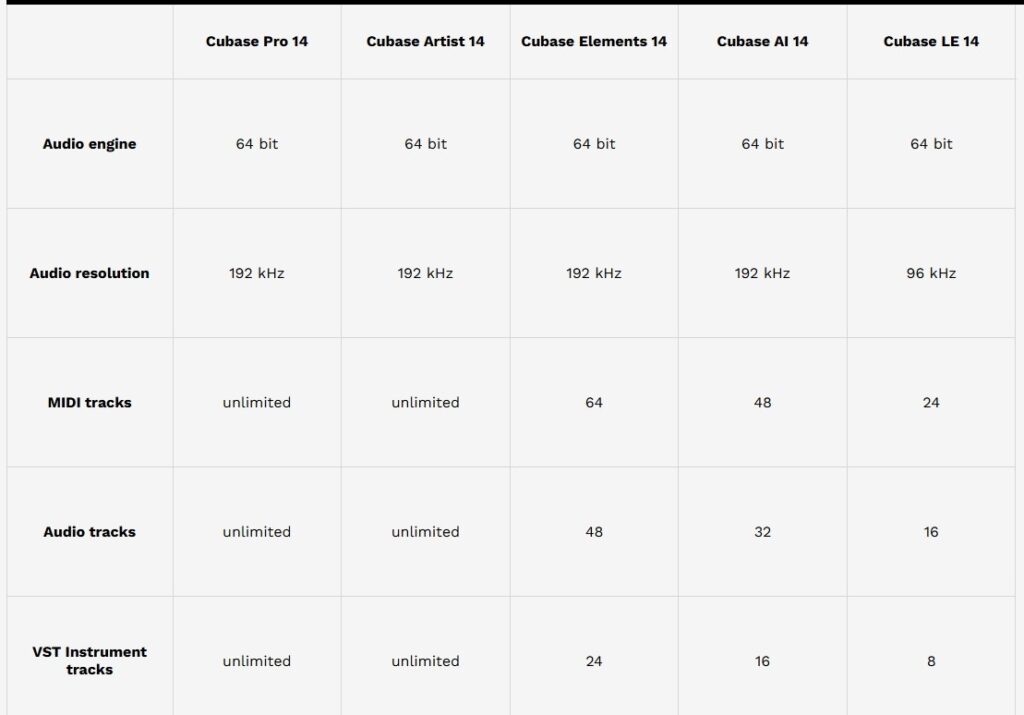
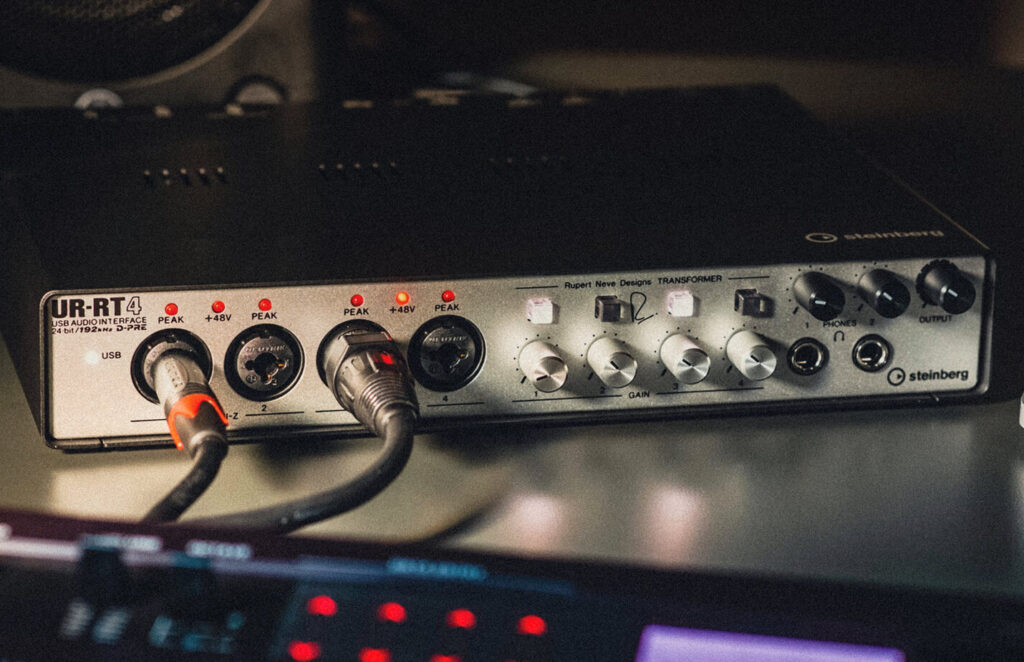

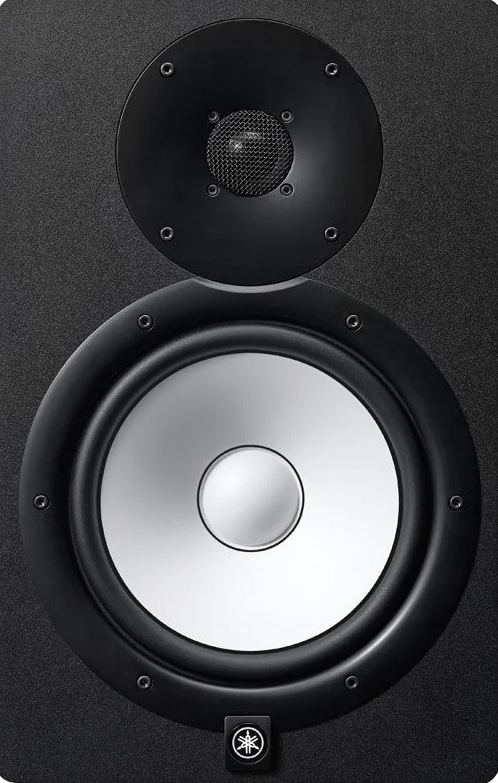
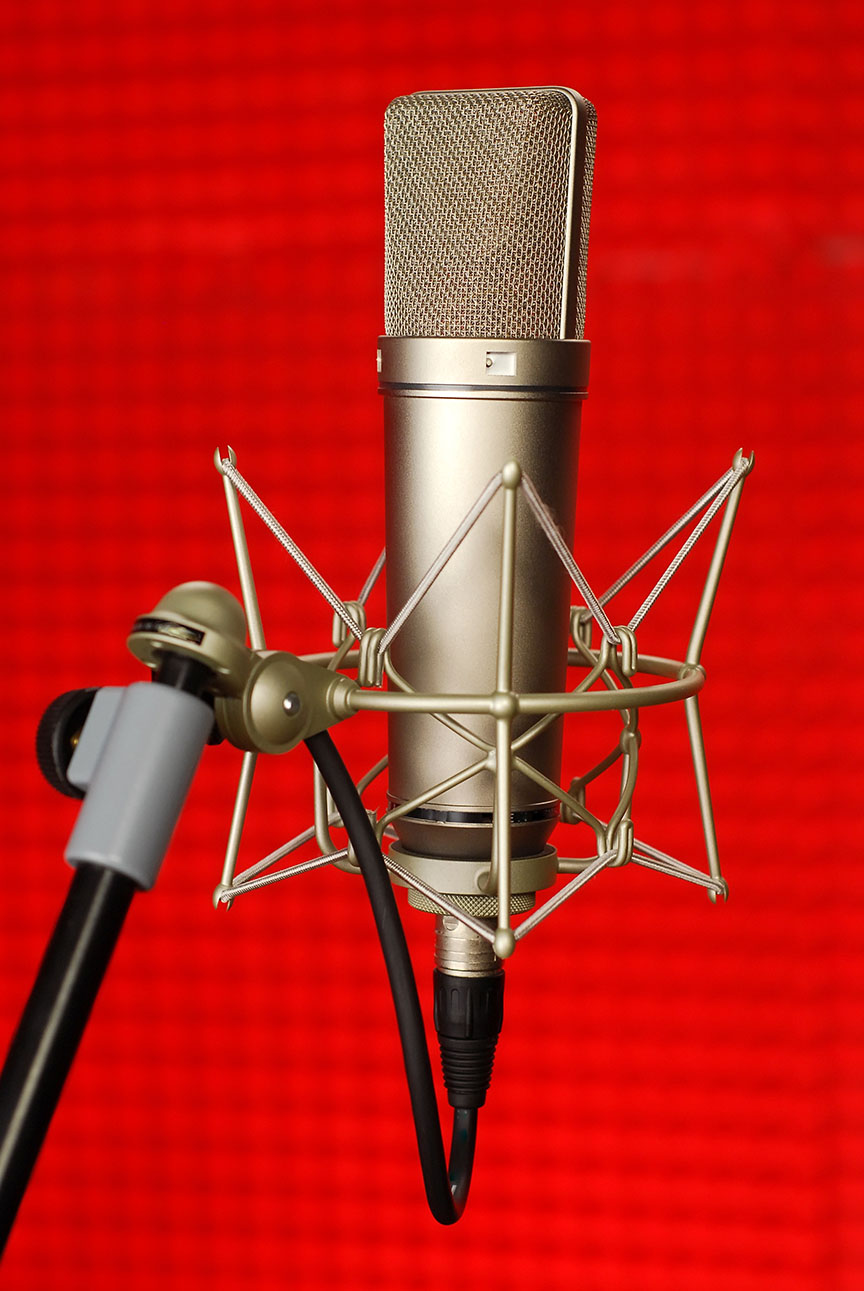
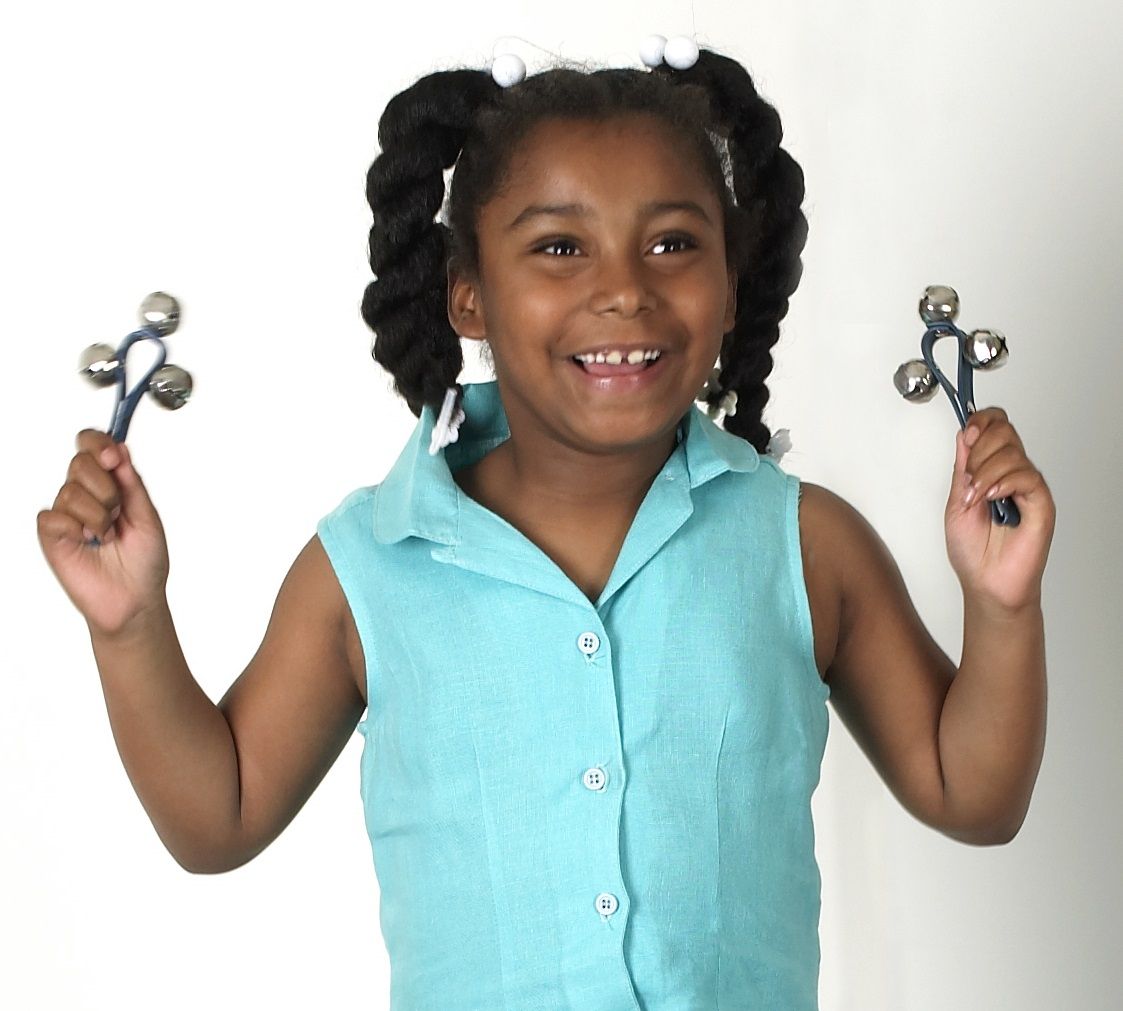
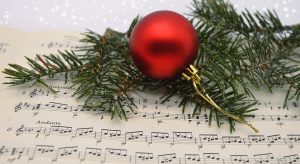 Older elementary schoolers have had enough time to familiarize themselves with some classical pieces. Plus, this is a holiday project that doesn’t break the bank. All you need are cardboard or paper mache ball ornaments and glue or Mod Podge, which can be found at most
Older elementary schoolers have had enough time to familiarize themselves with some classical pieces. Plus, this is a holiday project that doesn’t break the bank. All you need are cardboard or paper mache ball ornaments and glue or Mod Podge, which can be found at most  Make listening to winter-themed music more interesting by creating holiday dance-move cards for your mid-elementary classroom. I like to mix it up by having the students lead the dances once they are familiar with the different activities — such as take tiny elf steps, do some reindeer kicks, march like a nutcracker, etc. If your schedules allow it, you can team up with the P.E. teacher for this one.
Make listening to winter-themed music more interesting by creating holiday dance-move cards for your mid-elementary classroom. I like to mix it up by having the students lead the dances once they are familiar with the different activities — such as take tiny elf steps, do some reindeer kicks, march like a nutcracker, etc. If your schedules allow it, you can team up with the P.E. teacher for this one.

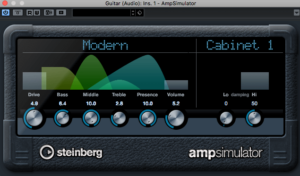


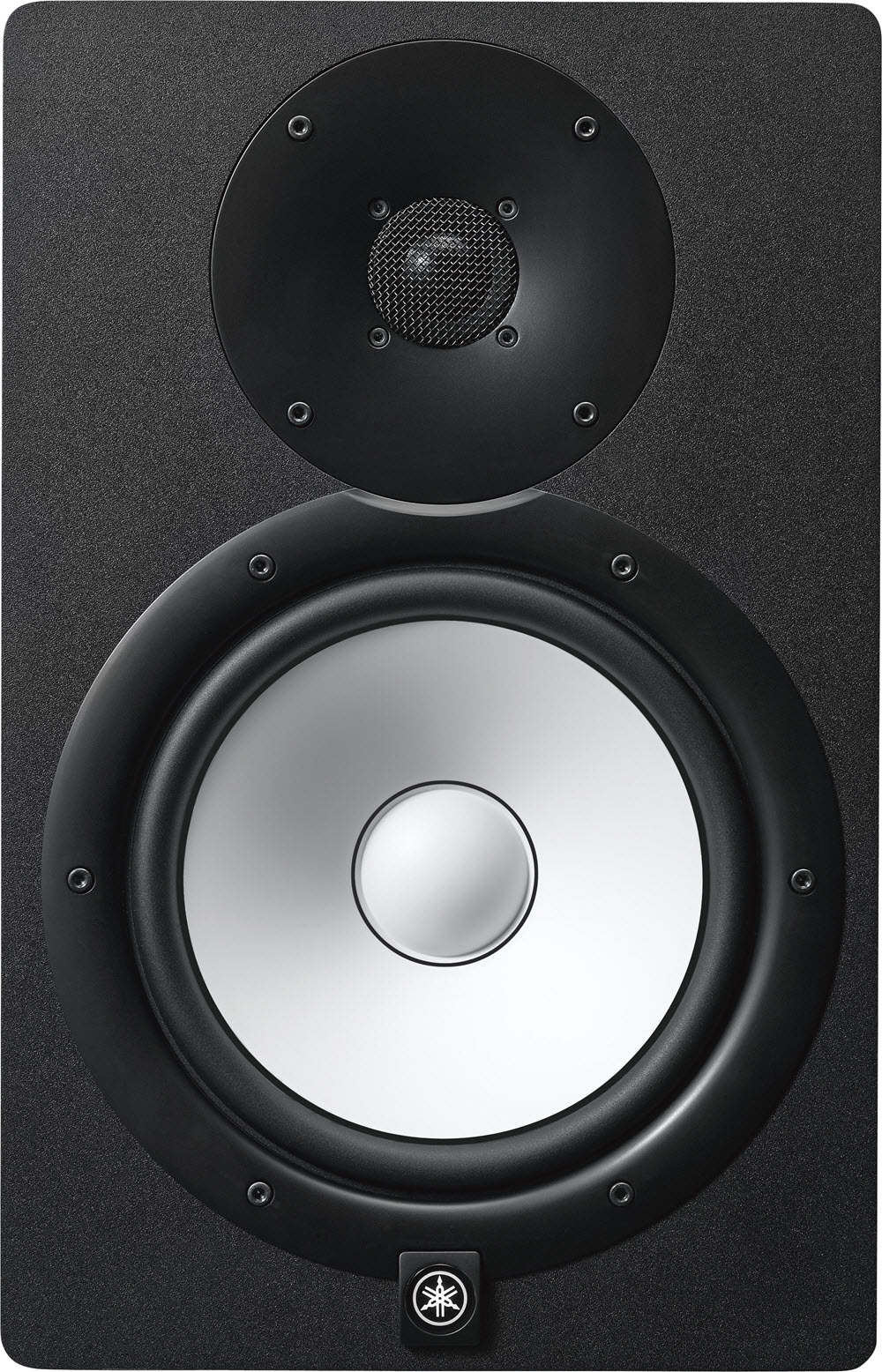

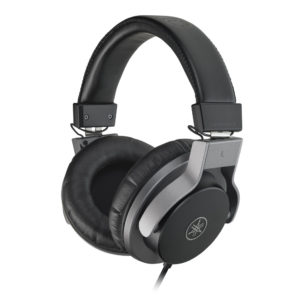

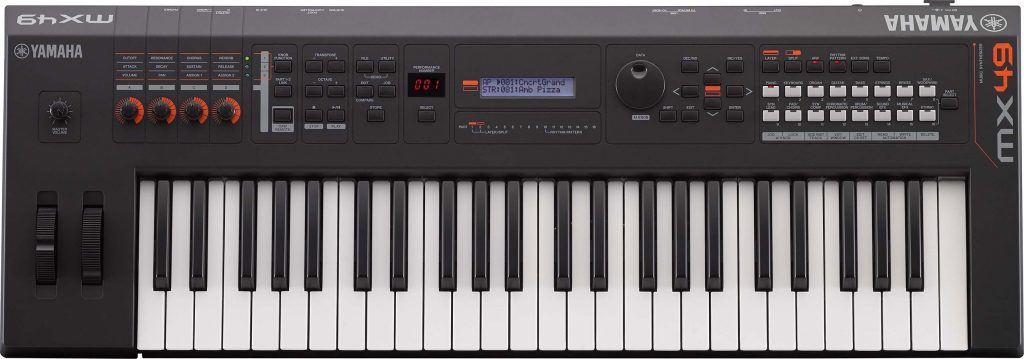




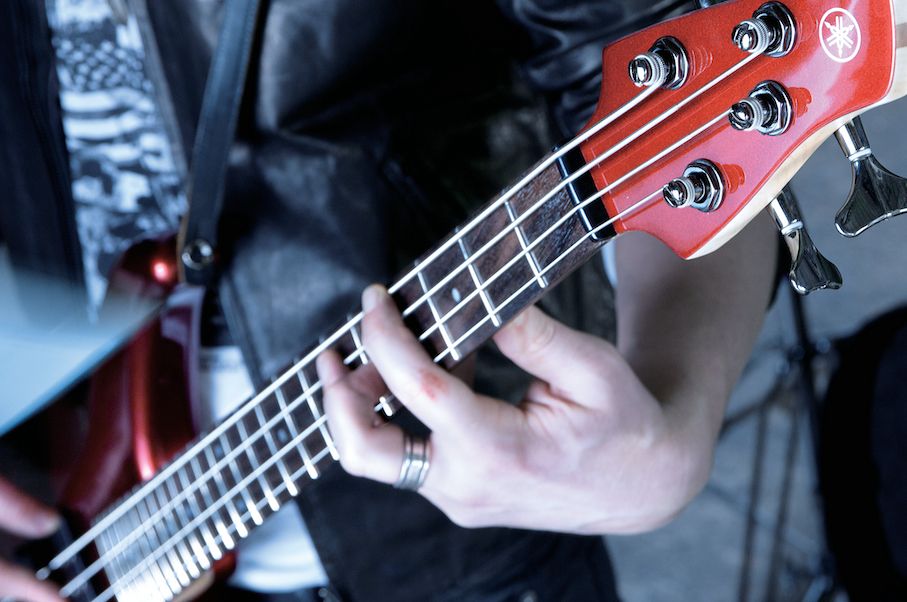




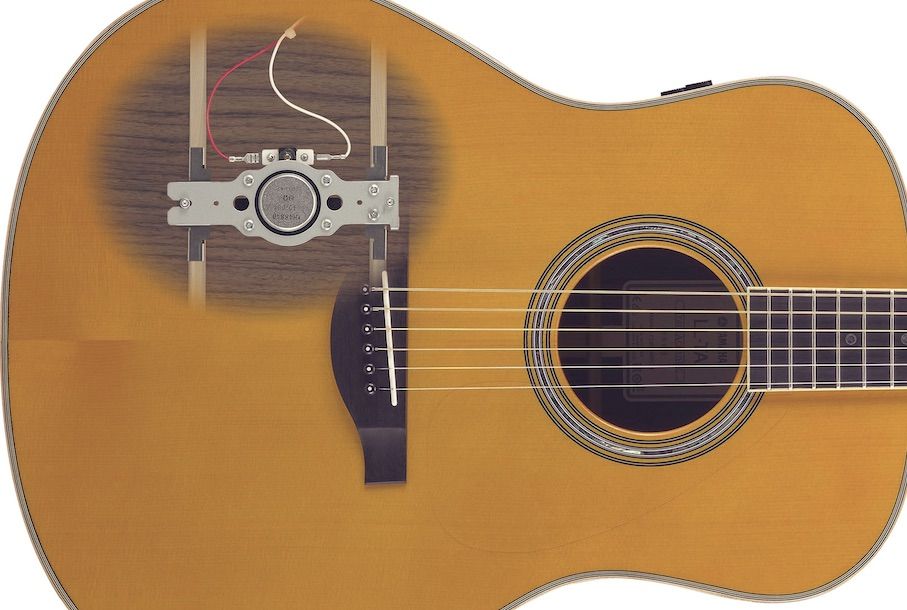

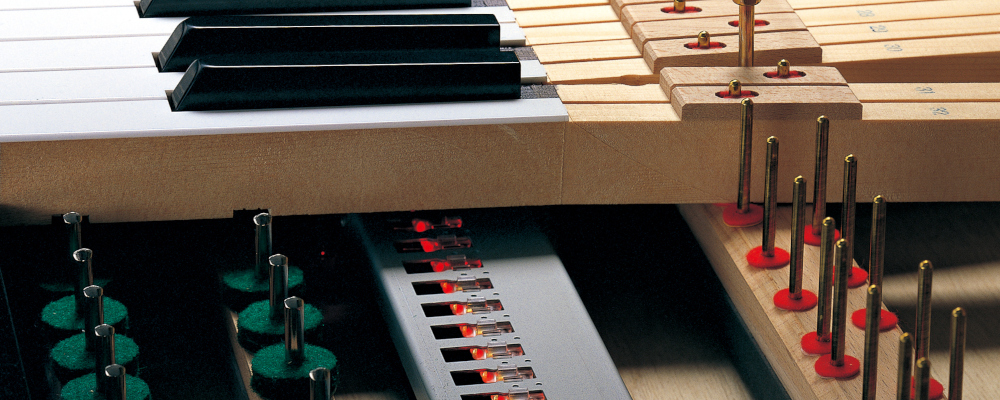
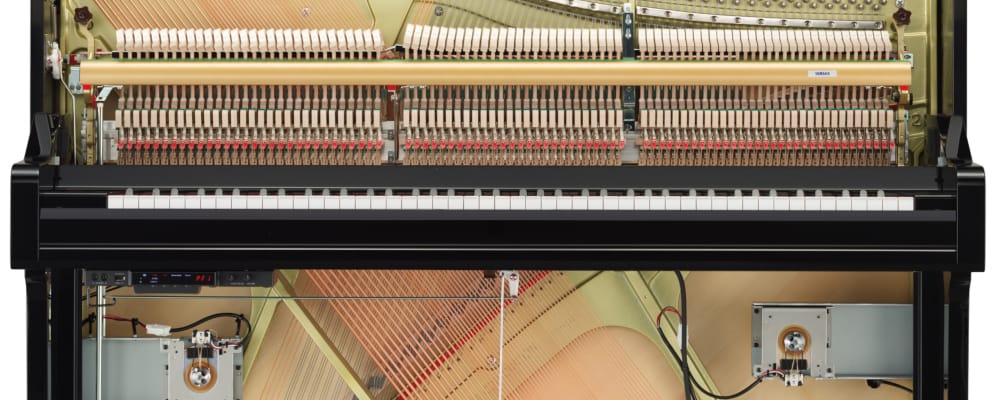



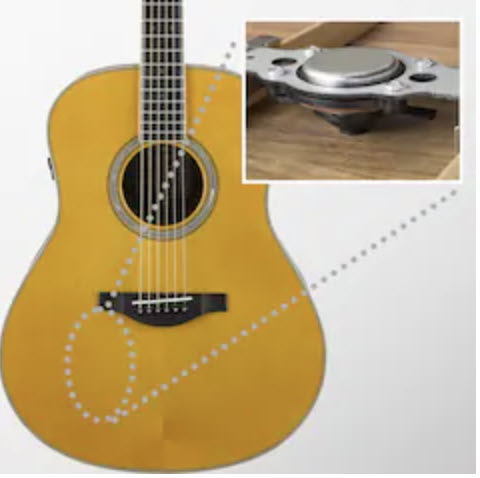
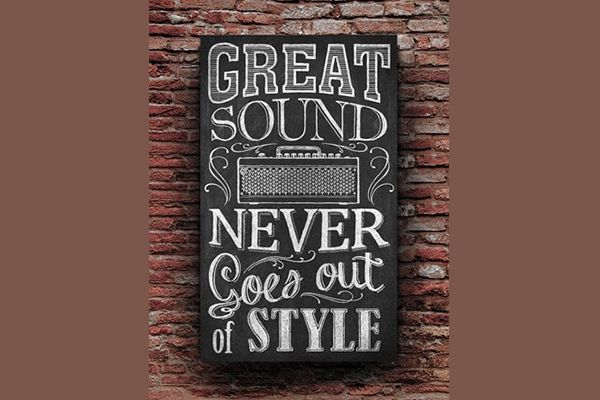

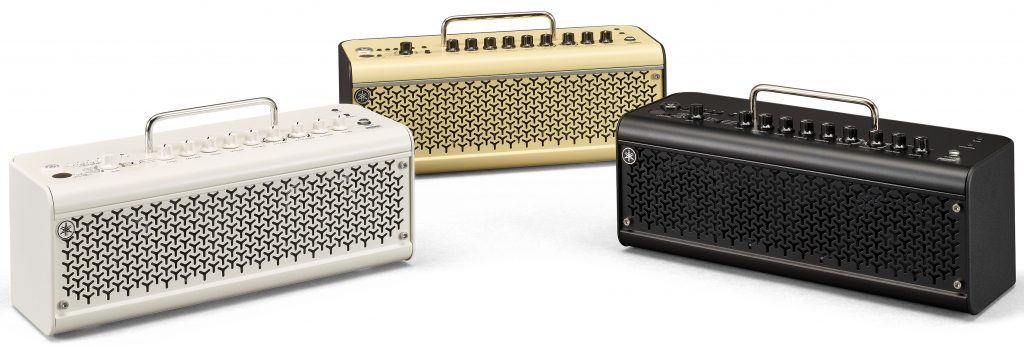

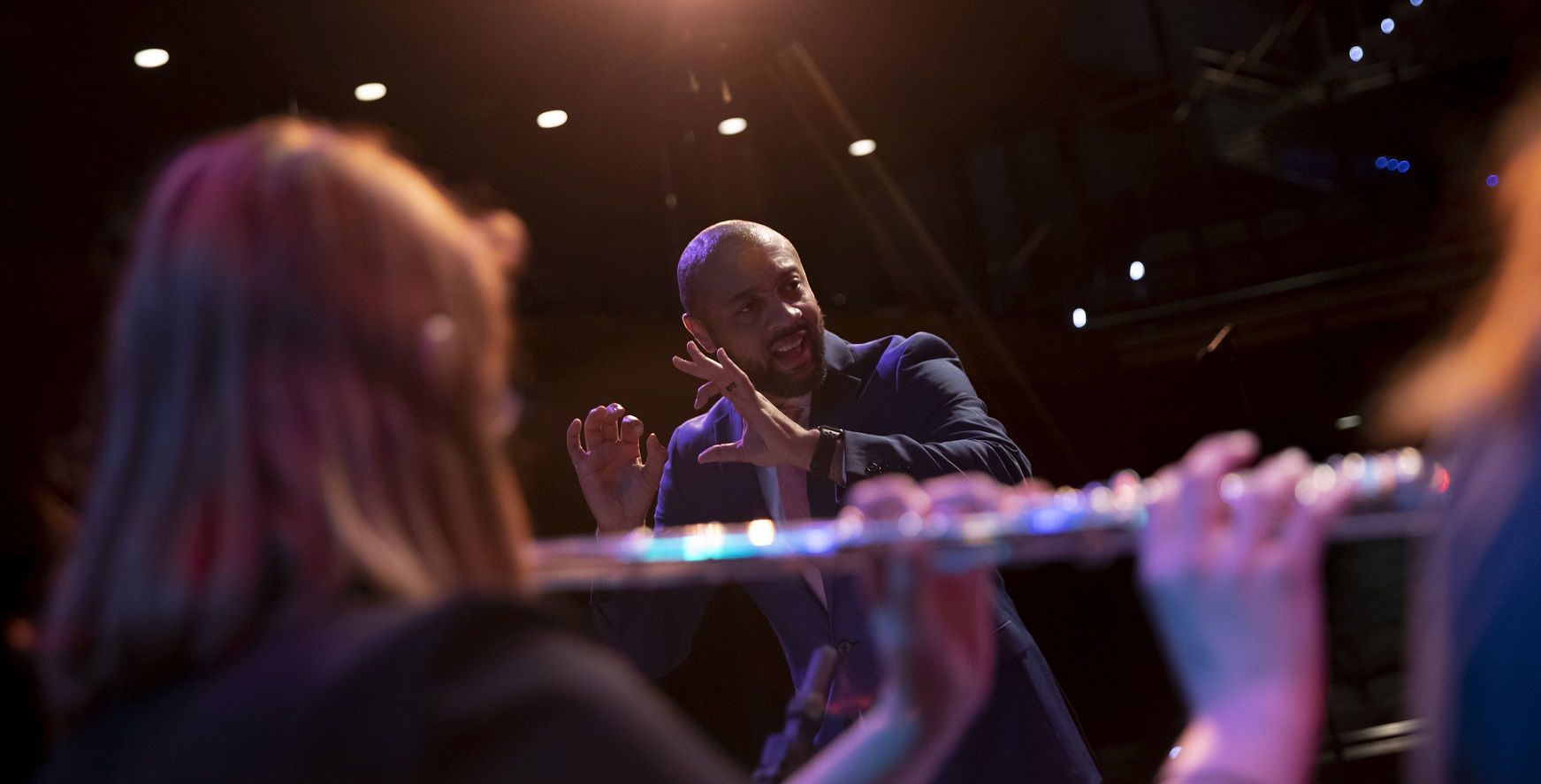



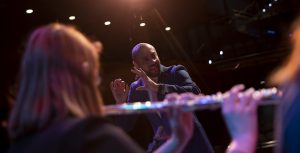
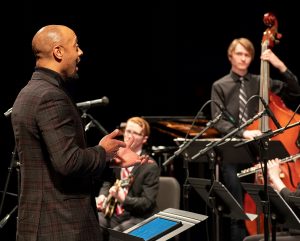
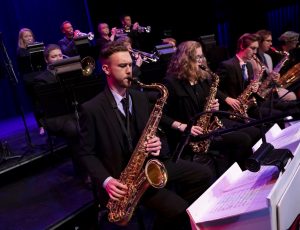



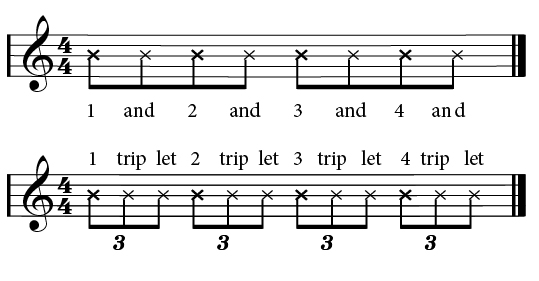
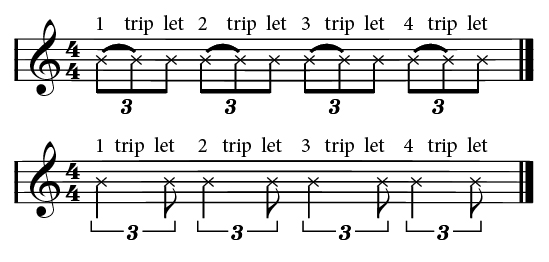
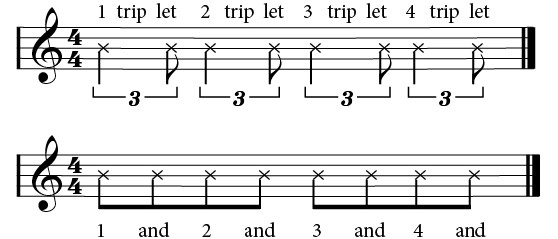






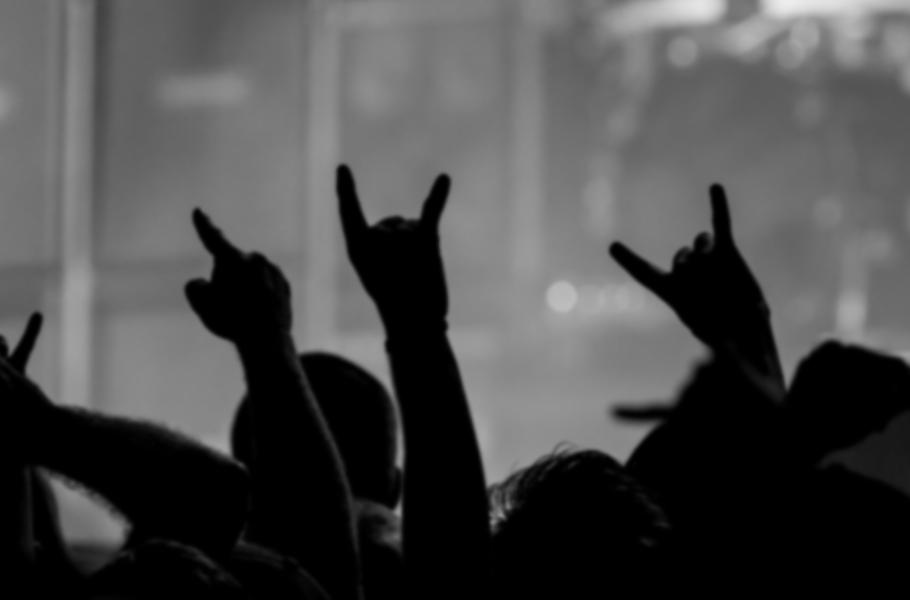
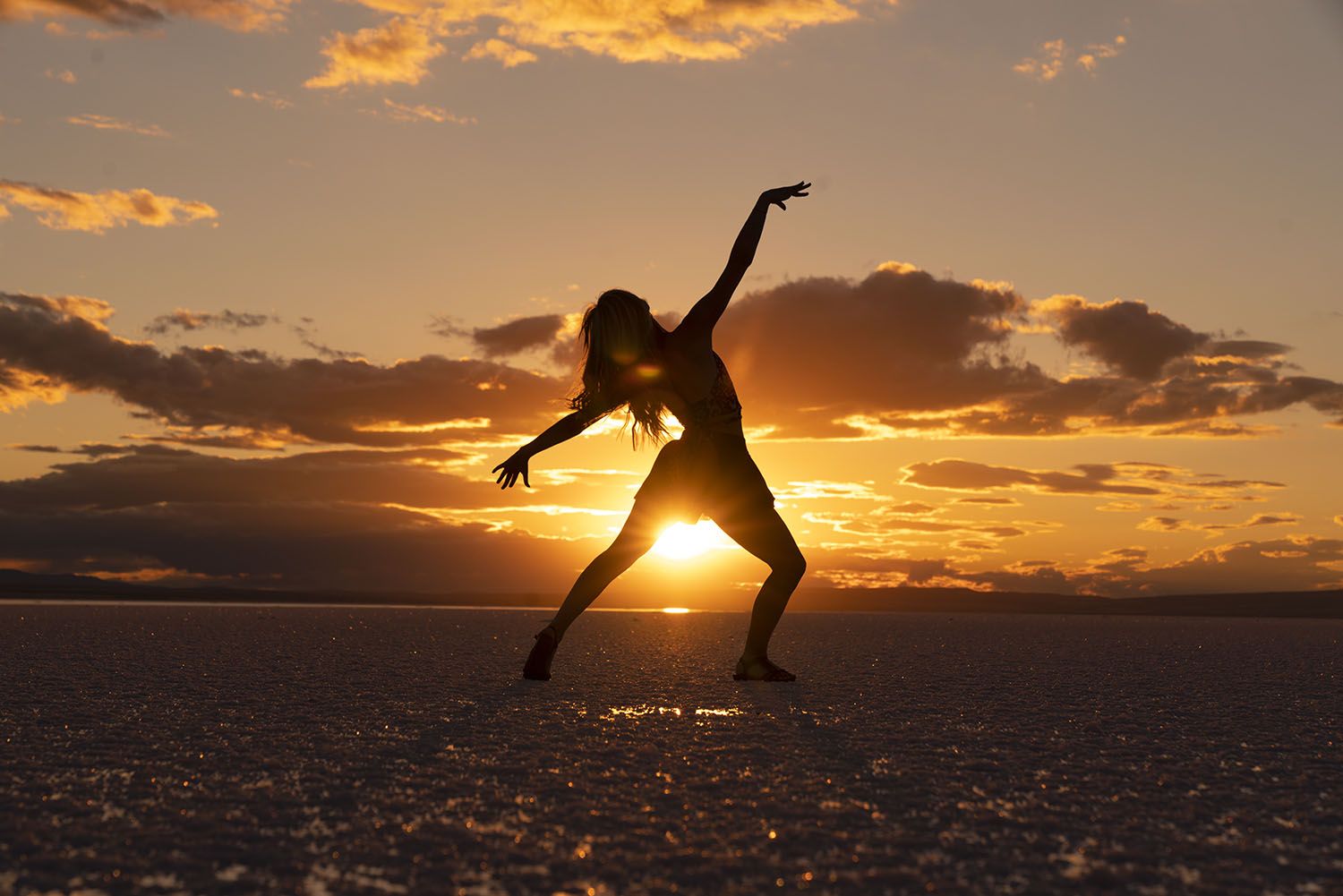
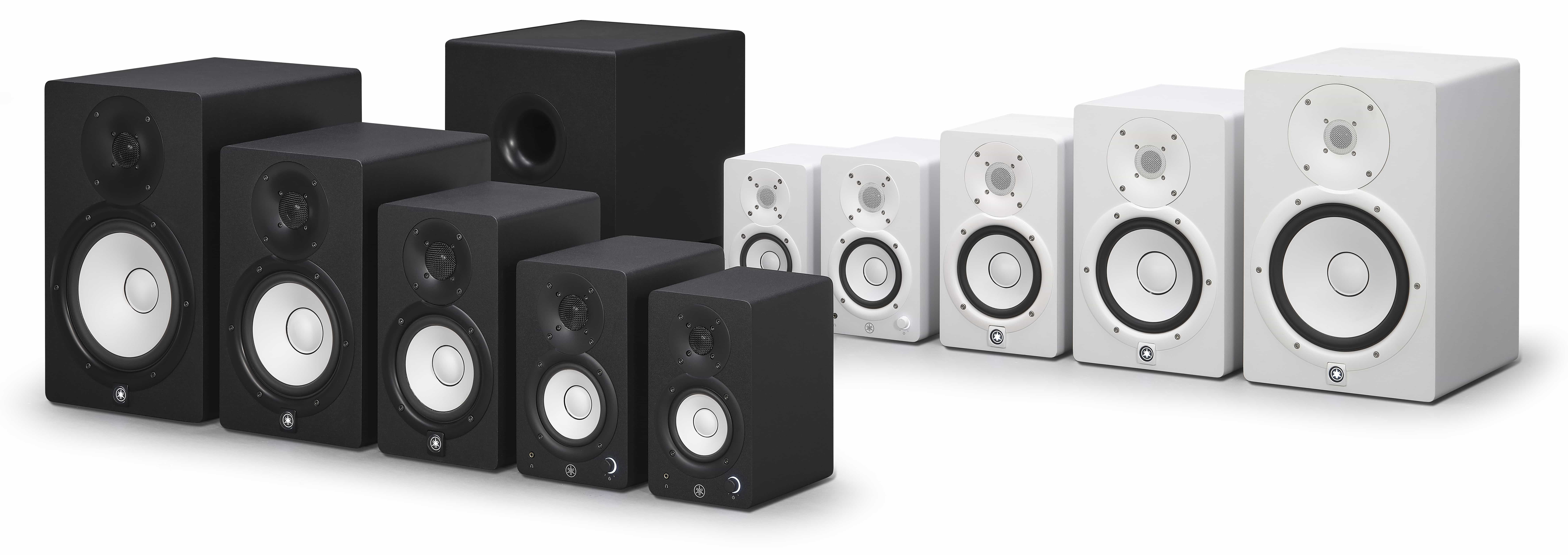




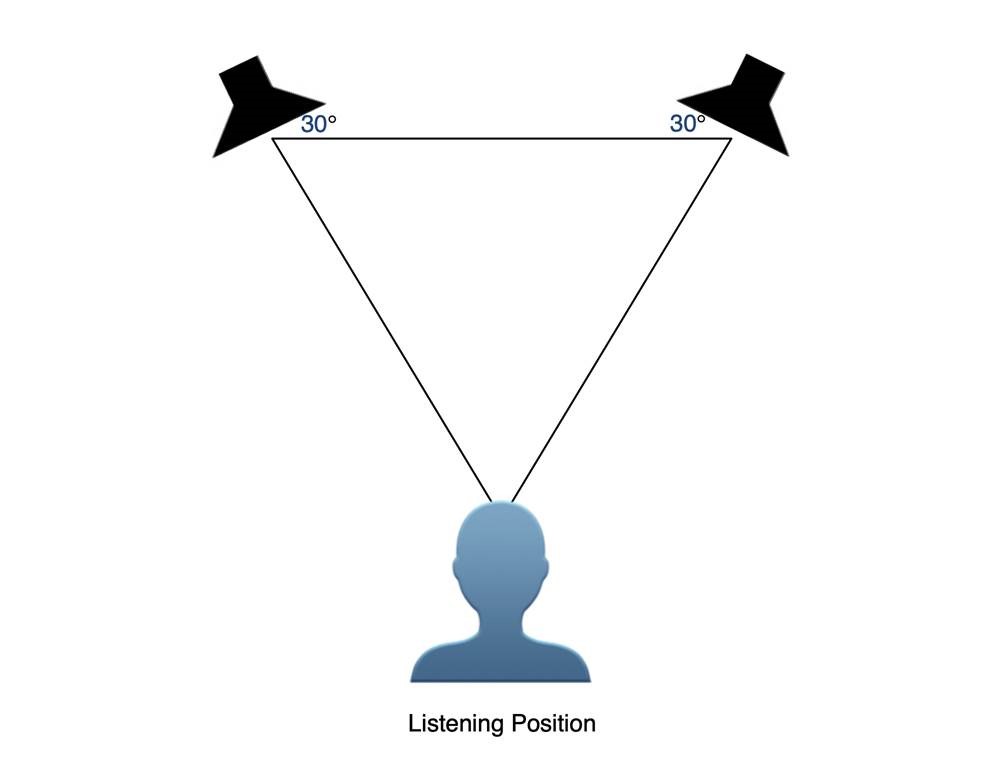
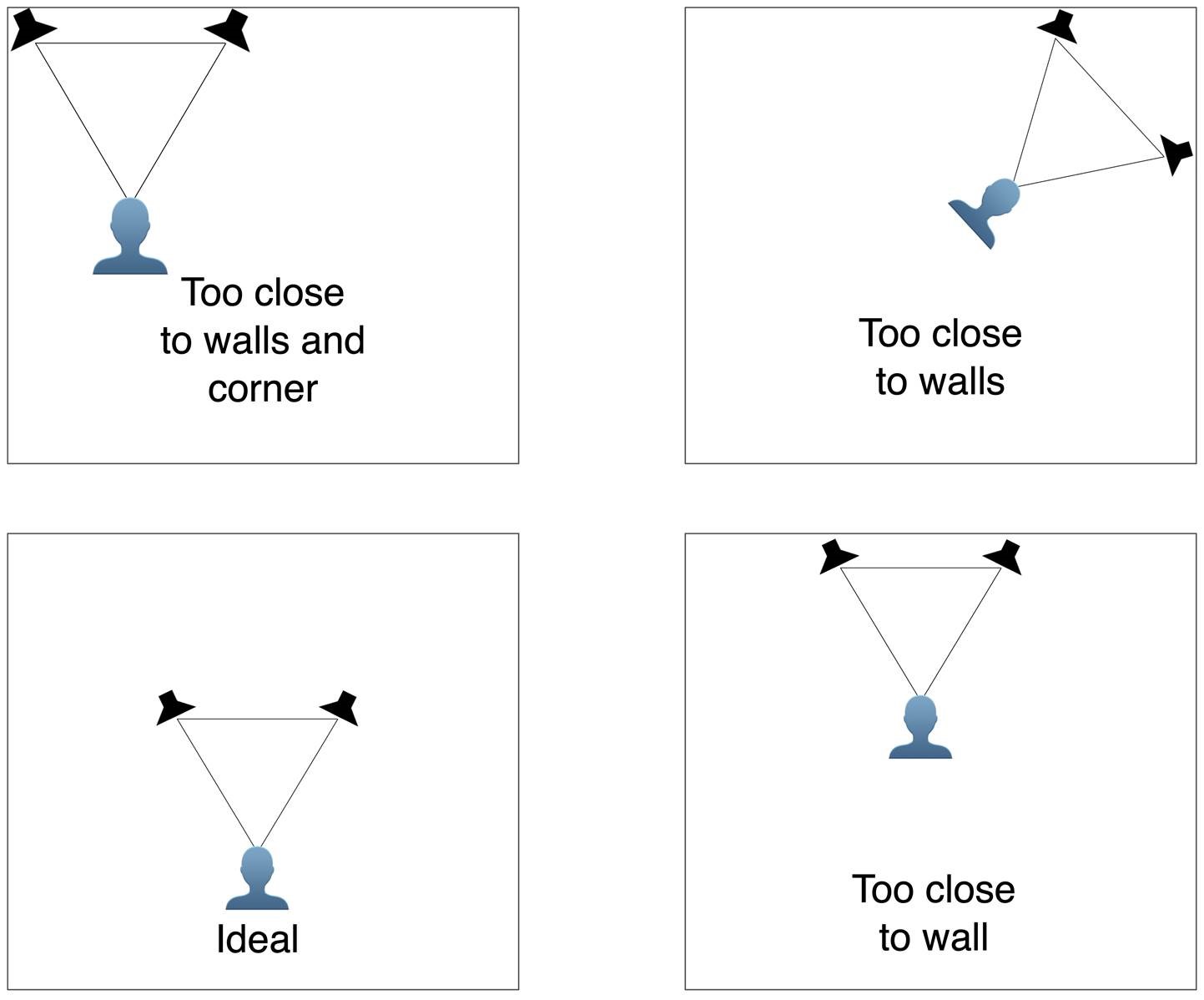
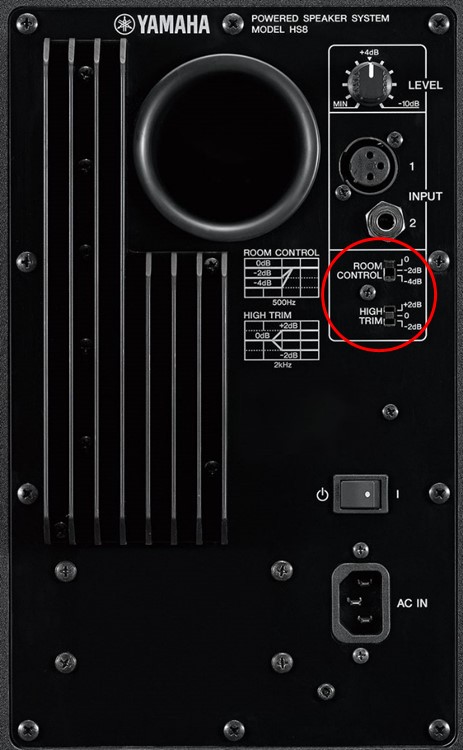


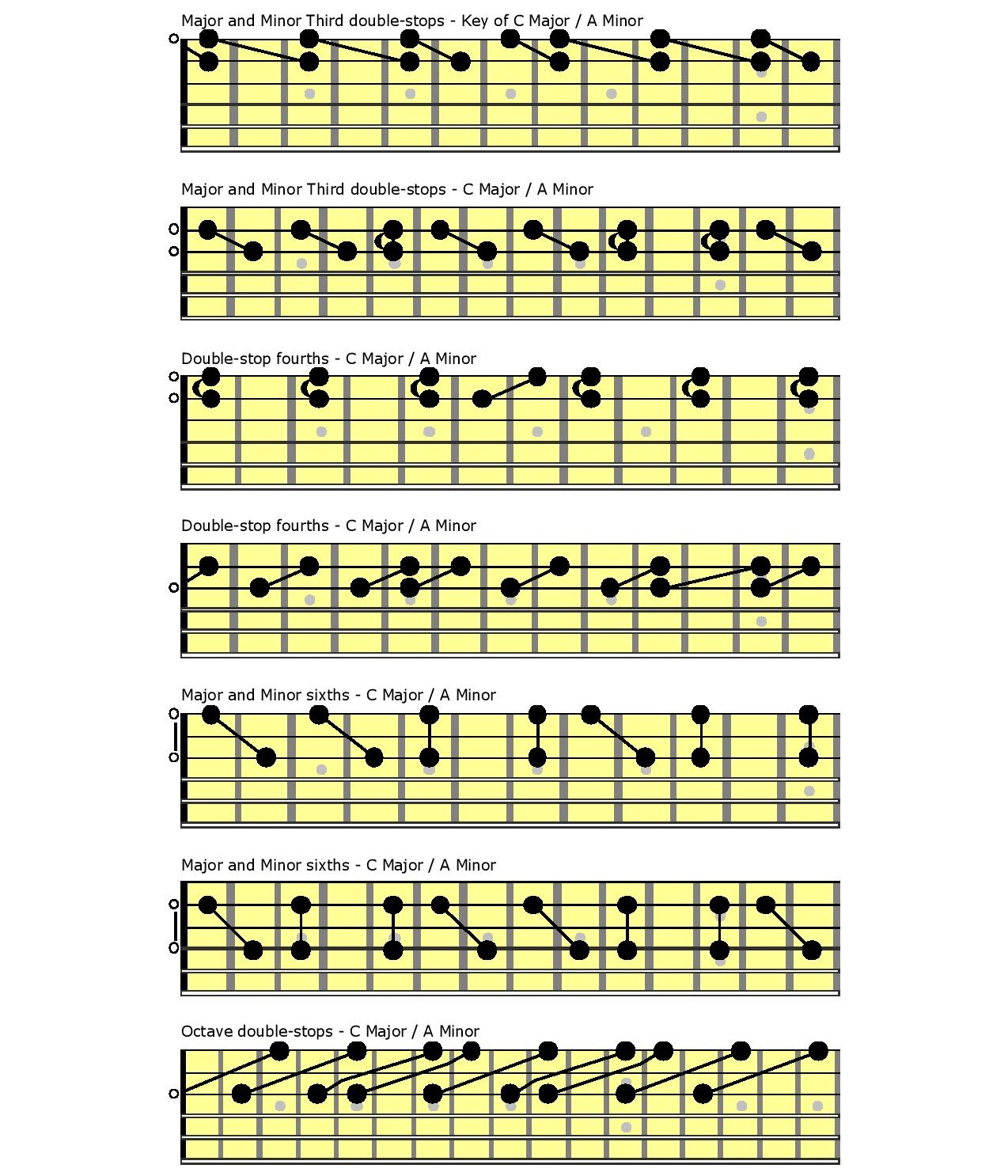

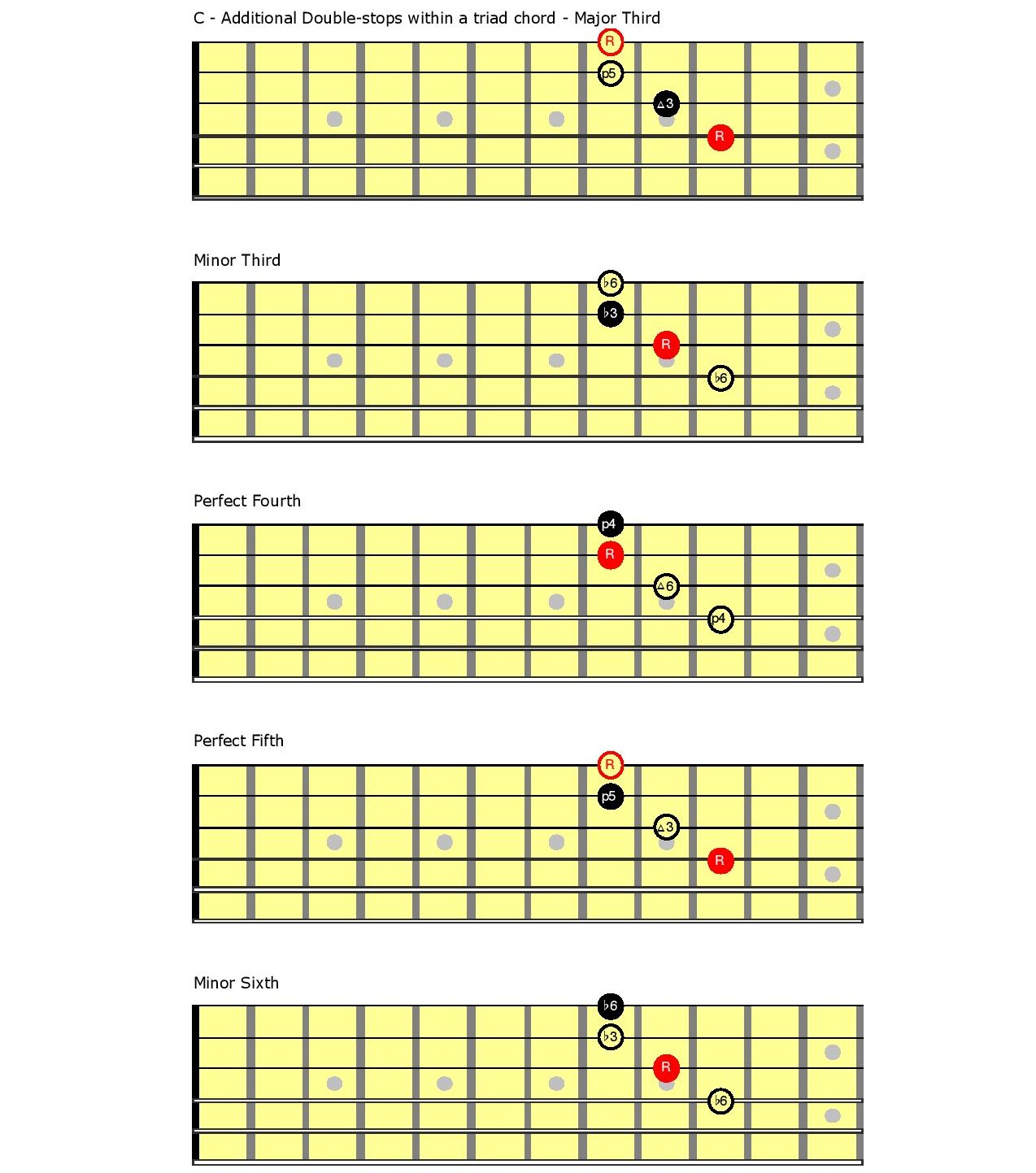
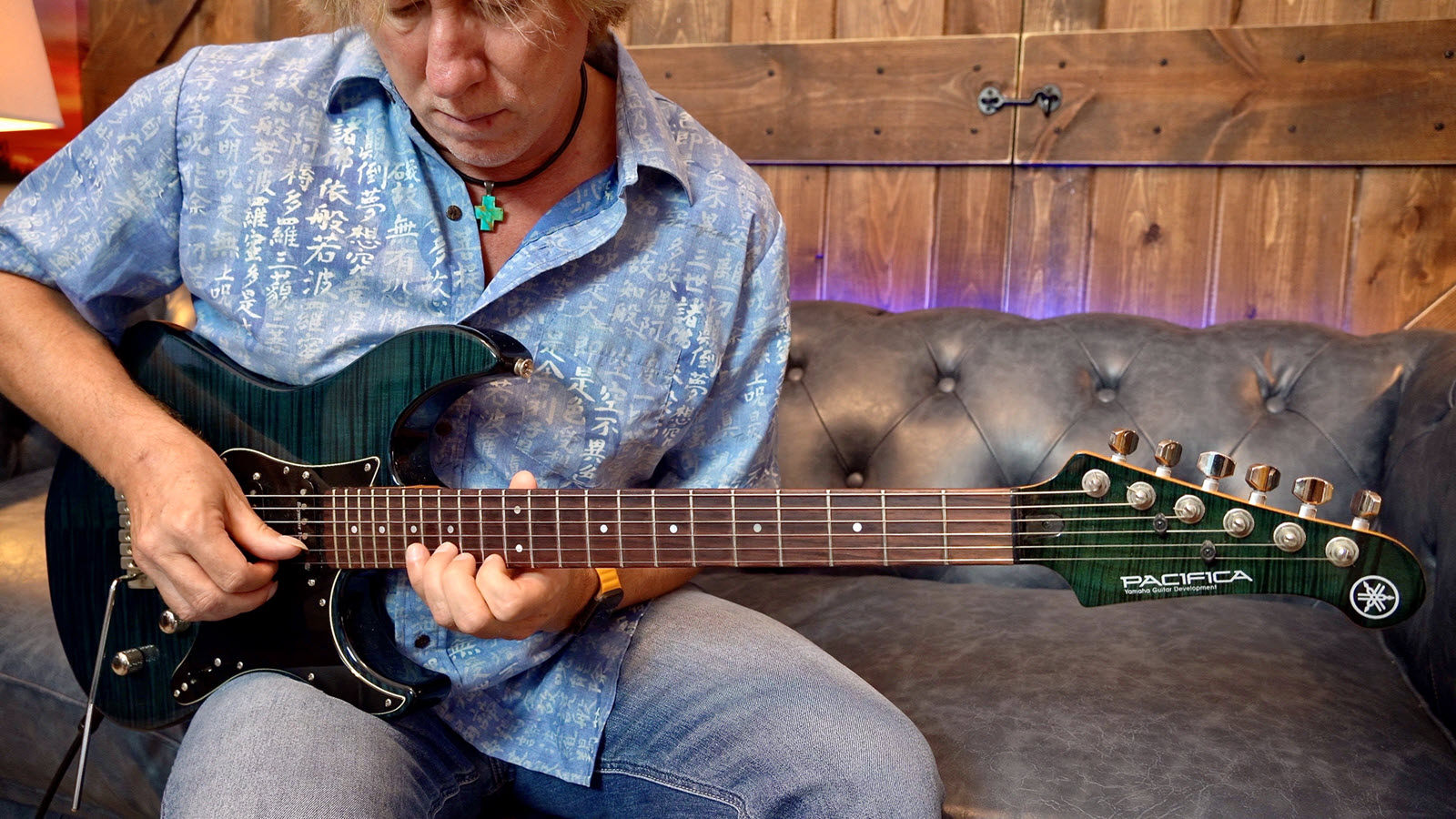
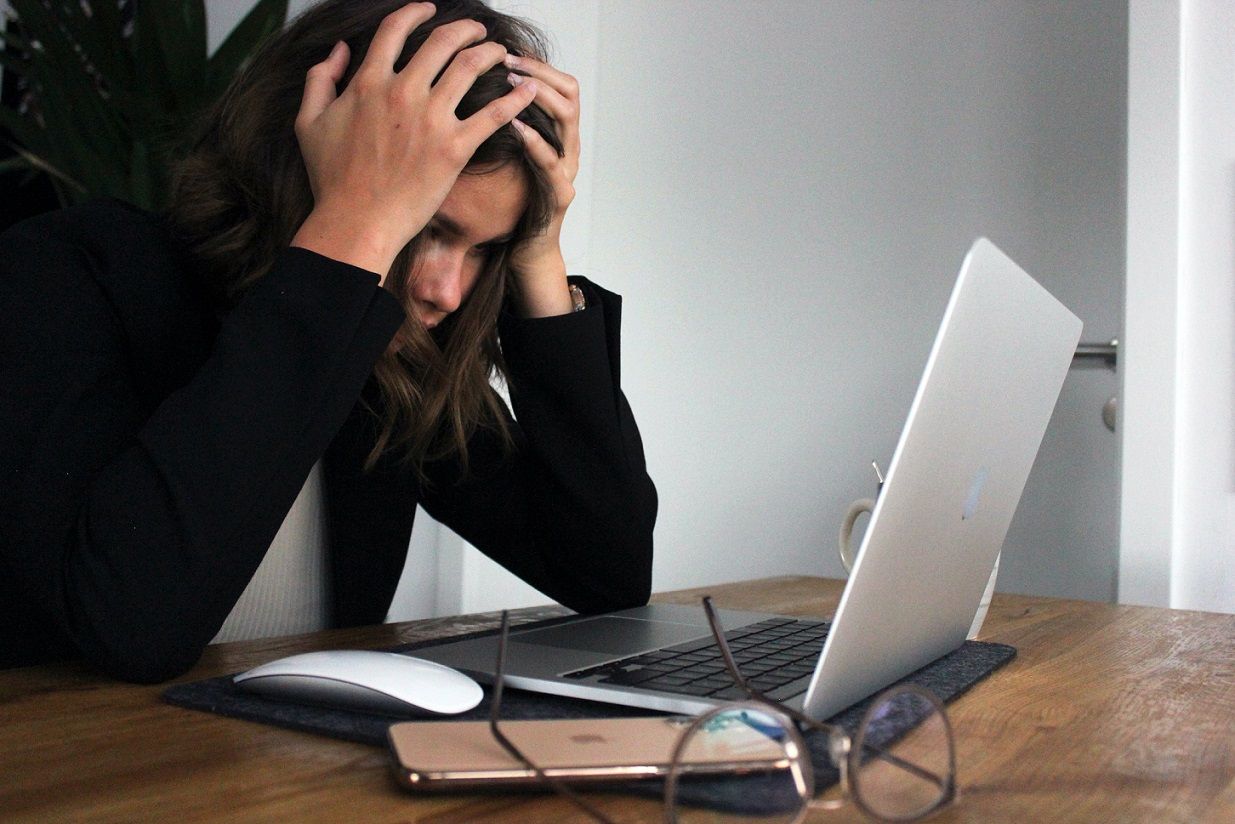
 Kids Quitting
Kids Quitting Lunch or Bus Duty
Lunch or Bus Duty That One Class
That One Class
 Some Final Tips
Some Final Tips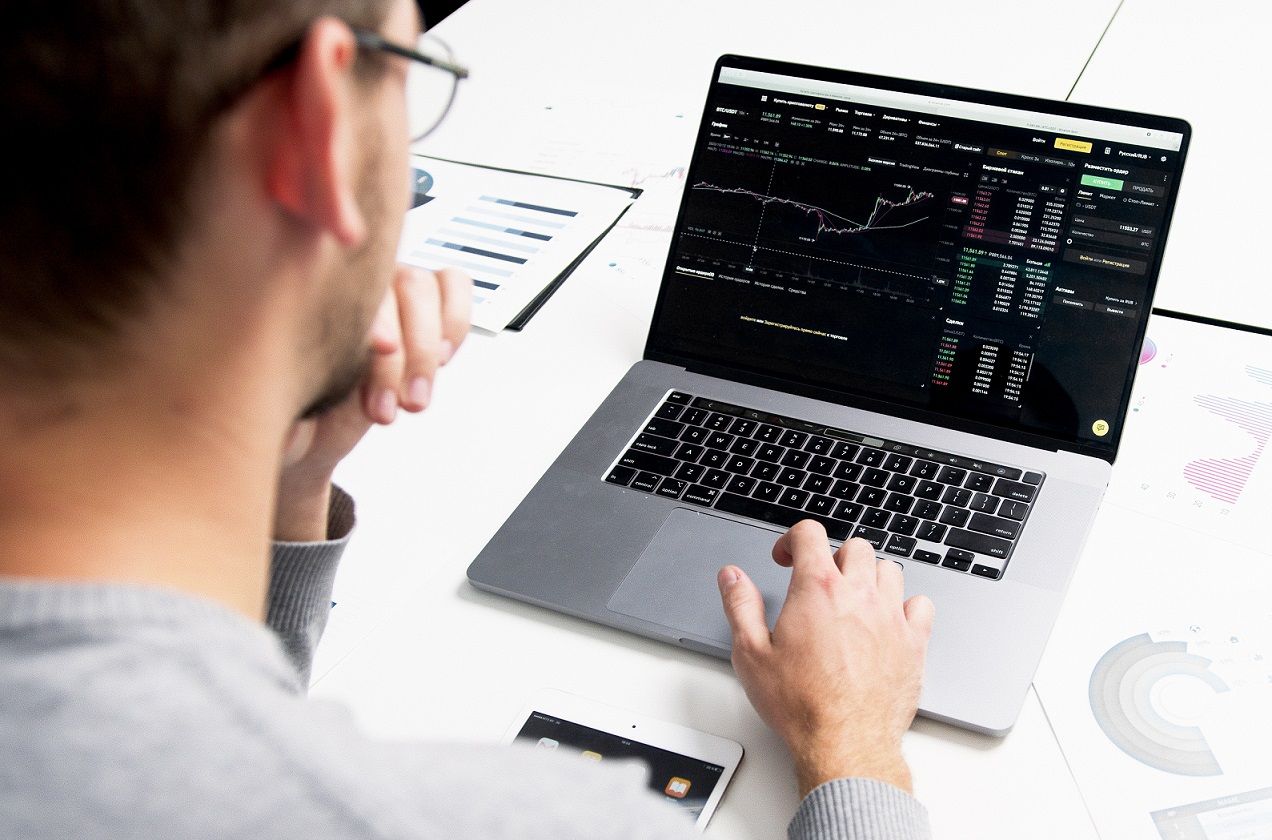
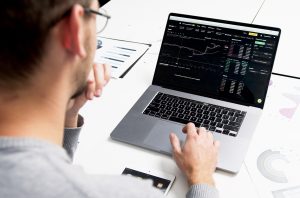 When I first heard of sites like
When I first heard of sites like 


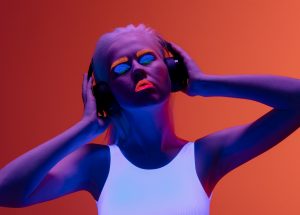 Neurodivergent individuals often need accommodations — such as noise-reducing headphones or fidget spinners for stimulation — to make their experience in public settings like schools more positive.
Neurodivergent individuals often need accommodations — such as noise-reducing headphones or fidget spinners for stimulation — to make their experience in public settings like schools more positive.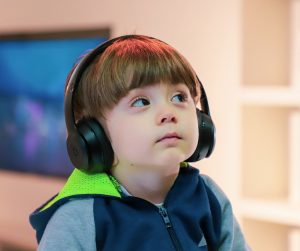 Just because a sound isn’t loud to you, doesn’t mean it isn’t perceived as loud to others. Sometimes neurodivergent students need more stimulation in order to focus in music class. Here are some simple ways to accommodate your neurodiverse classroom:
Just because a sound isn’t loud to you, doesn’t mean it isn’t perceived as loud to others. Sometimes neurodivergent students need more stimulation in order to focus in music class. Here are some simple ways to accommodate your neurodiverse classroom: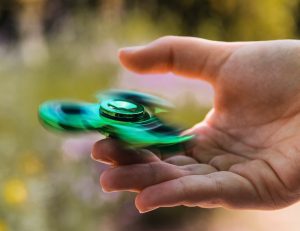 Normalize fidgets and sensory tools, starting with yourself: About halfway through my first year of teaching K-2 music, I had an epiphany. I, too, could use the stress balls that I had on my desk for my students! To be honest, I was afraid that my elementary schoolers would laugh at me. But I explained, “Sometimes Miss F gets overwhelmed, too” while I squeezed a stress ball or used sensory items. This simple statement normalized the tools on my desk, encouraged conversations about sensory tools, and helped my students take them more seriously. While it might be embarrassing at first, it helps everyone get what they need in the long run.
Normalize fidgets and sensory tools, starting with yourself: About halfway through my first year of teaching K-2 music, I had an epiphany. I, too, could use the stress balls that I had on my desk for my students! To be honest, I was afraid that my elementary schoolers would laugh at me. But I explained, “Sometimes Miss F gets overwhelmed, too” while I squeezed a stress ball or used sensory items. This simple statement normalized the tools on my desk, encouraged conversations about sensory tools, and helped my students take them more seriously. While it might be embarrassing at first, it helps everyone get what they need in the long run.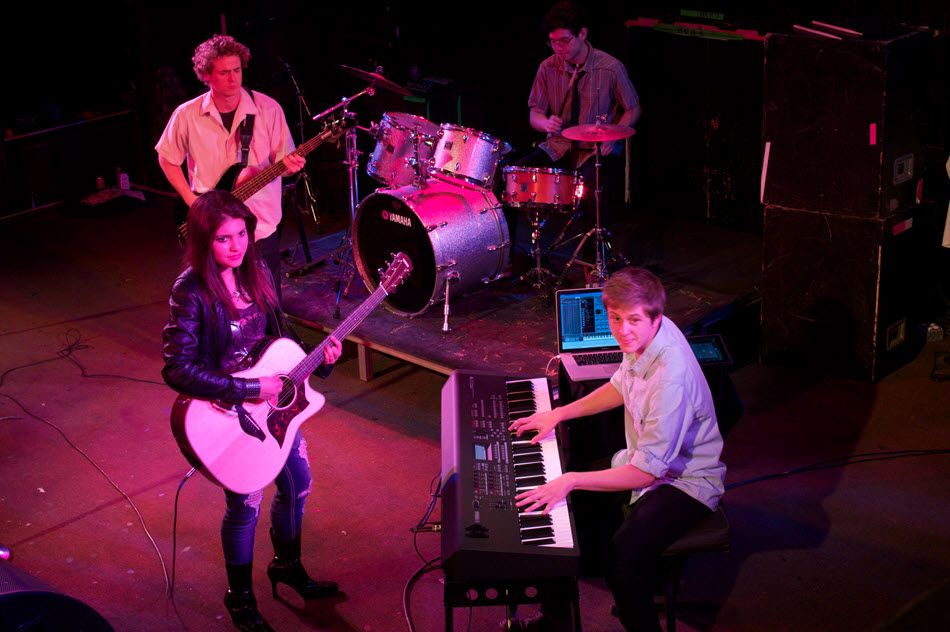
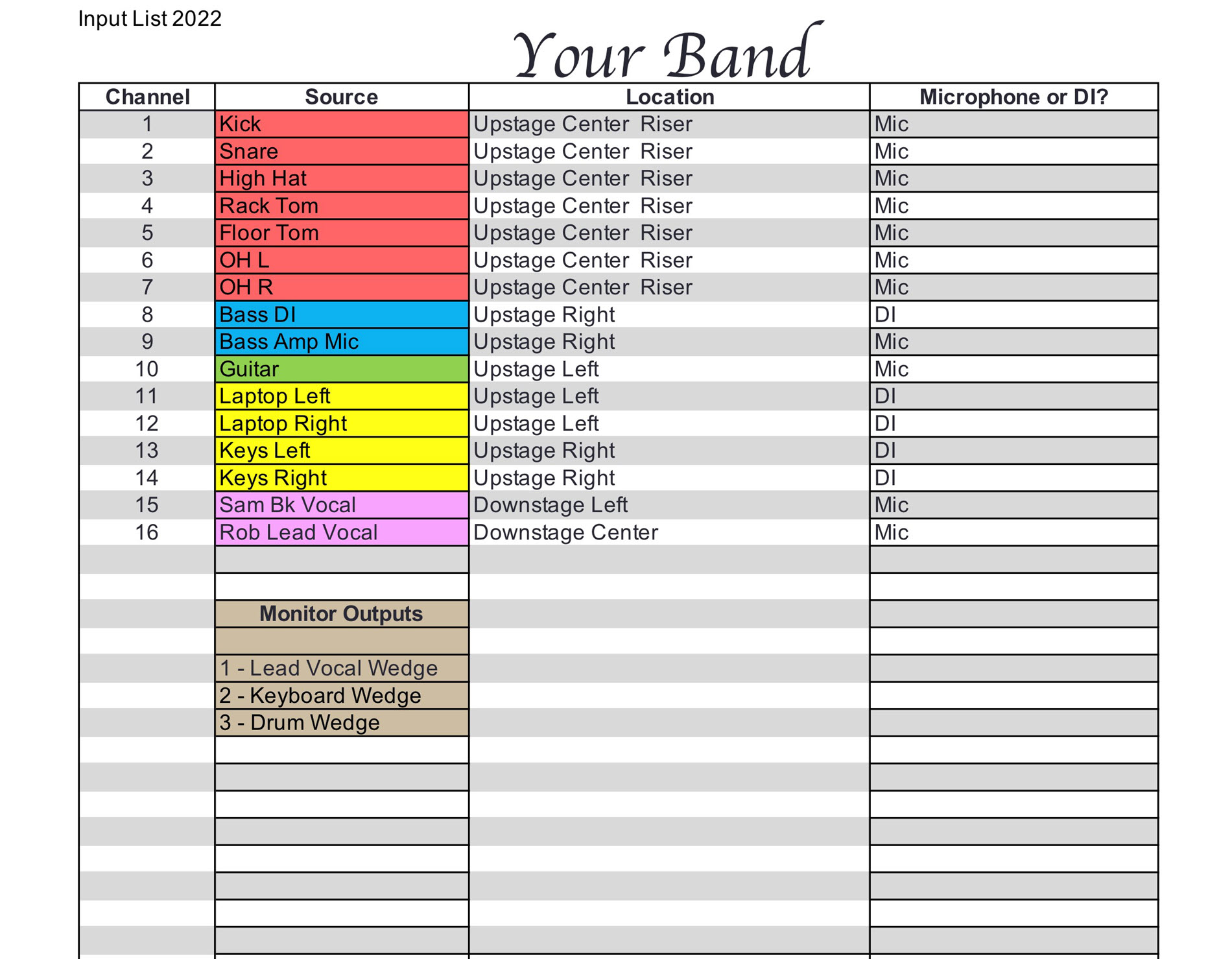
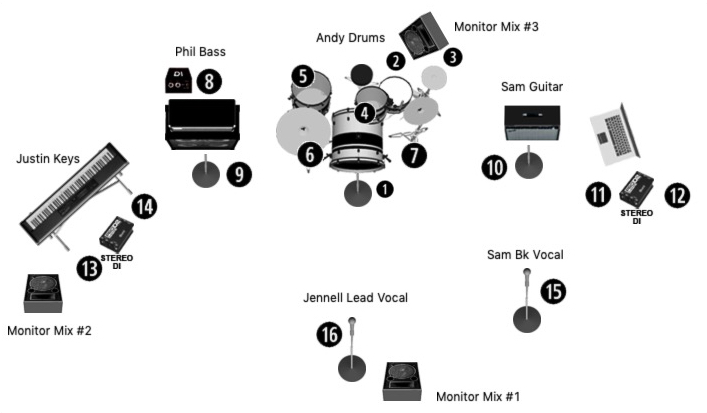
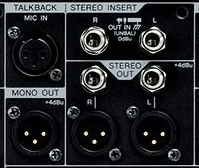
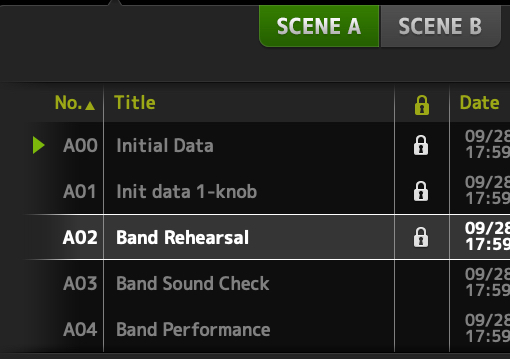
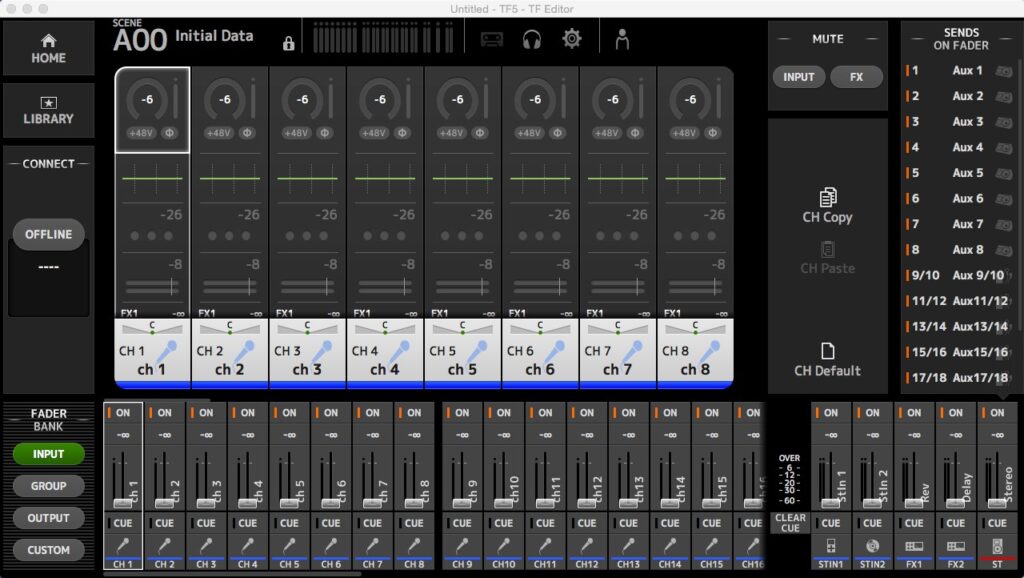
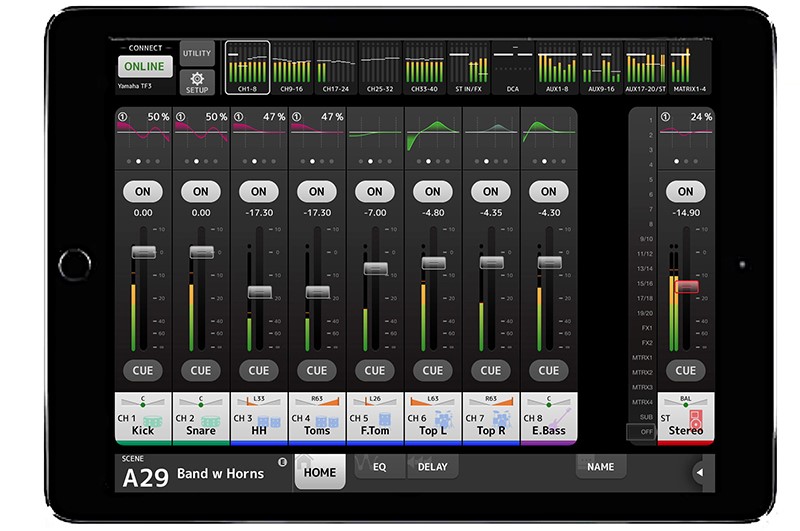
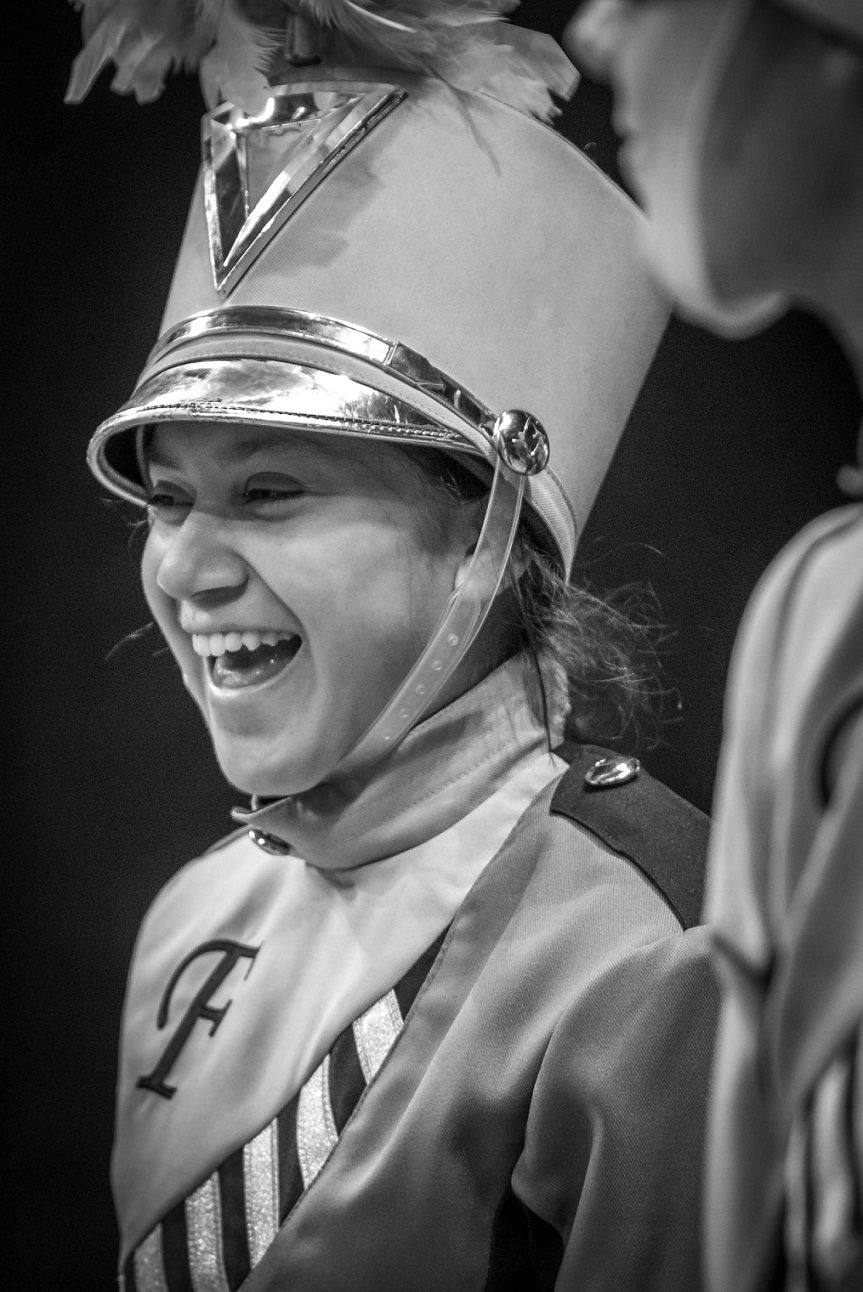
 How do our words truly affect others? Each day, we take part in dozens of conversions with our students, coworkers, family members and others. As music educators, we are tasked with communicating with our students throughout the day, and for many of us, we have the opportunity to have a continuing conversation for years before our students graduate from our programs and head out into the world.
How do our words truly affect others? Each day, we take part in dozens of conversions with our students, coworkers, family members and others. As music educators, we are tasked with communicating with our students throughout the day, and for many of us, we have the opportunity to have a continuing conversation for years before our students graduate from our programs and head out into the world.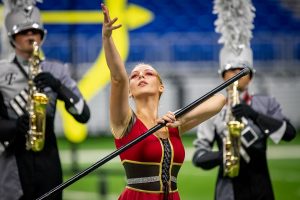 Avoid words like “don’t” and “but.”
Avoid words like “don’t” and “but.” Have you ever had a great performance? Of course — it feels wonderful to perform at your best!
Have you ever had a great performance? Of course — it feels wonderful to perform at your best!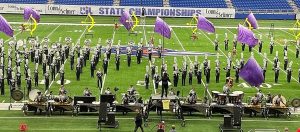
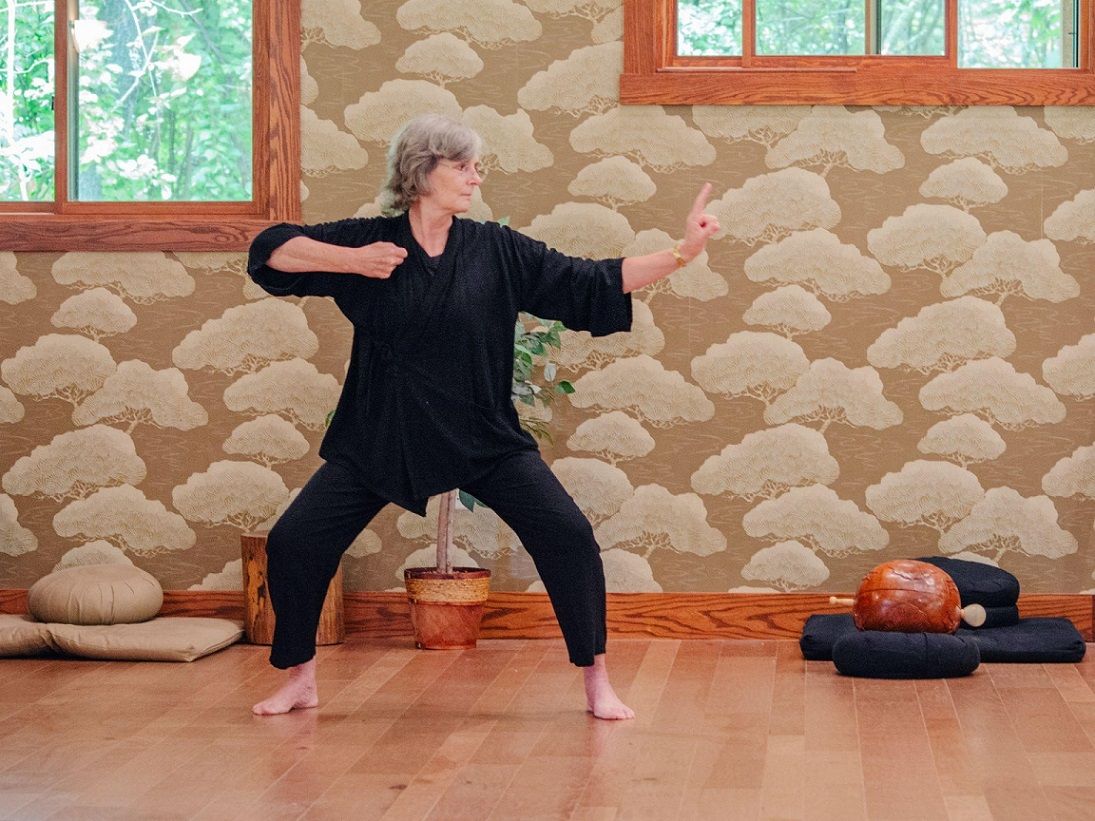


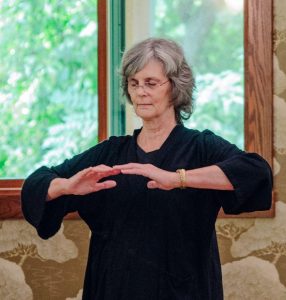
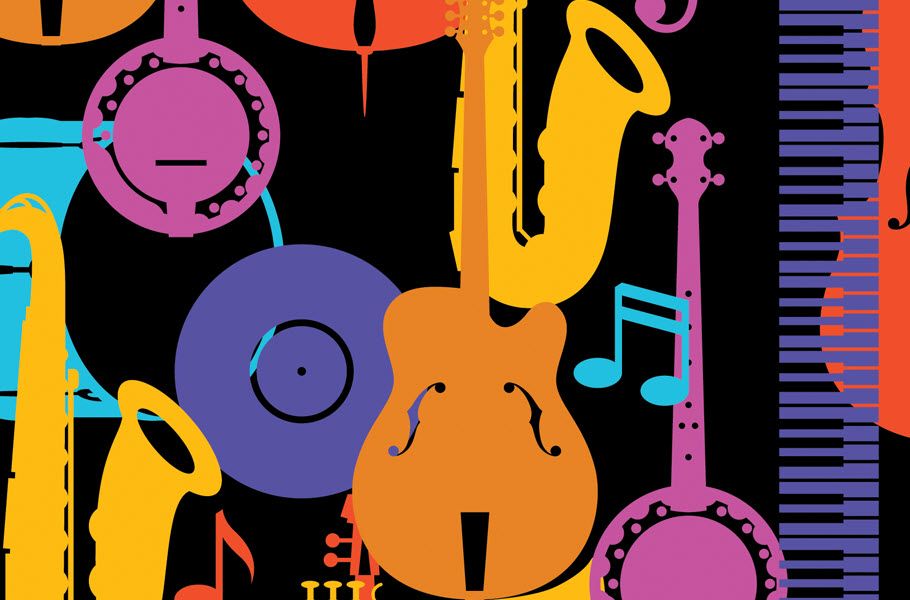
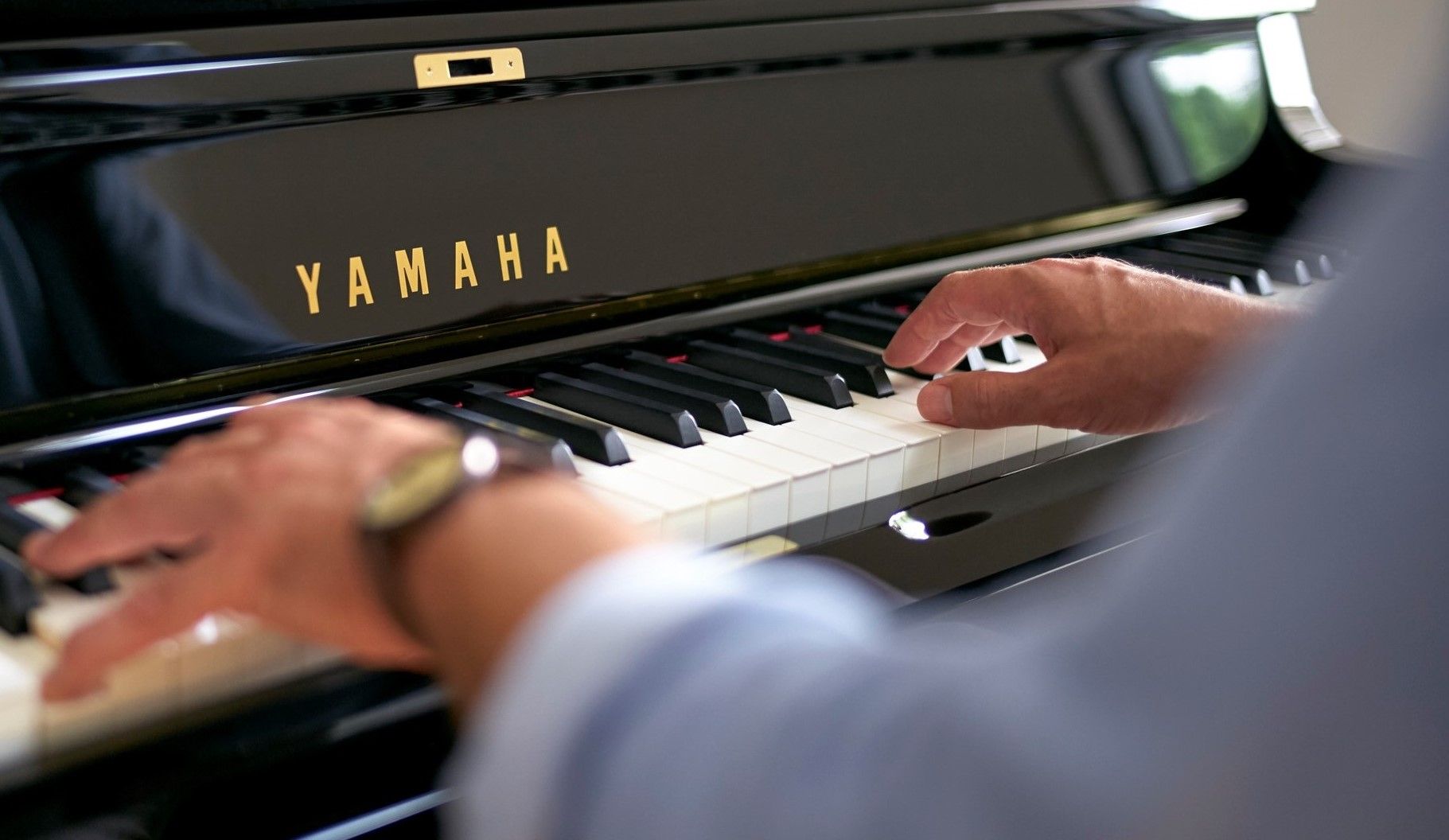
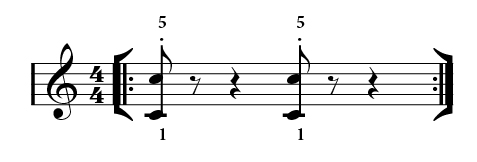









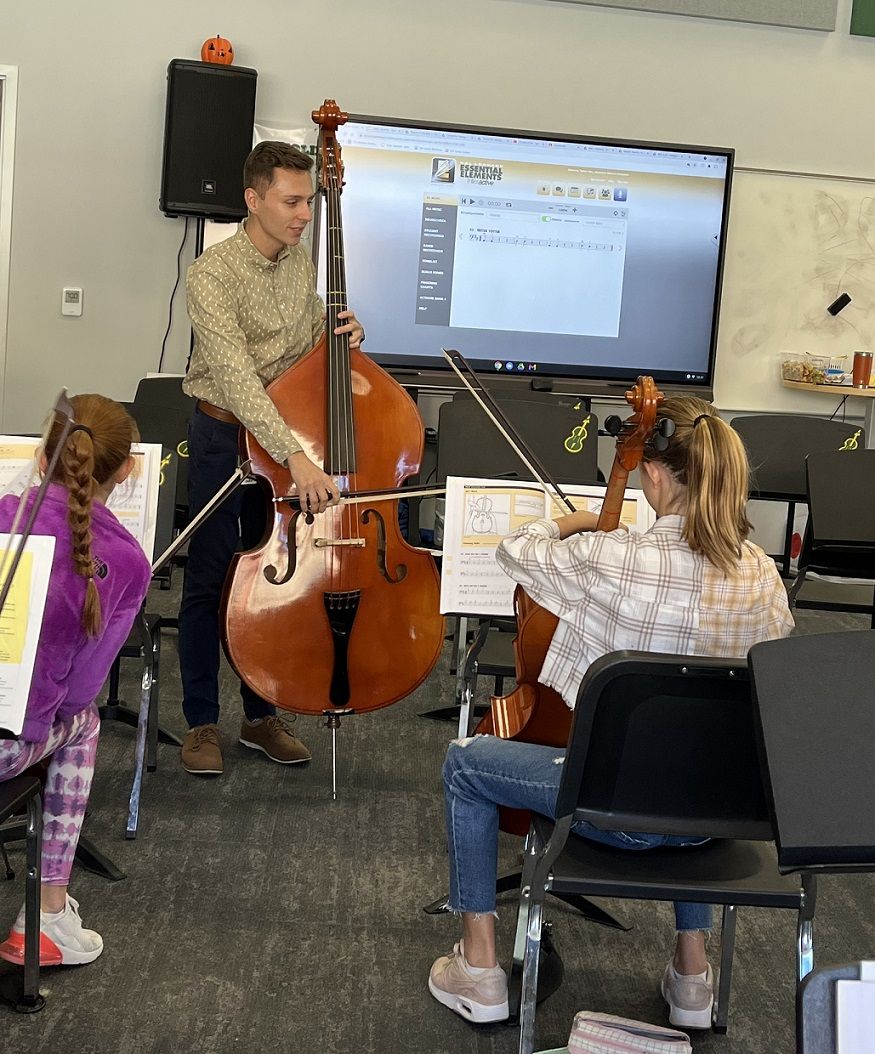
 The result of these off-the-beaten-path lesson plans has been more student engagement, higher retention and overall program growth. “By adding in pop and recognizable music and adding technology, students have a positive experience in class and feel confident on their instruments,” Otto says.
The result of these off-the-beaten-path lesson plans has been more student engagement, higher retention and overall program growth. “By adding in pop and recognizable music and adding technology, students have a positive experience in class and feel confident on their instruments,” Otto says.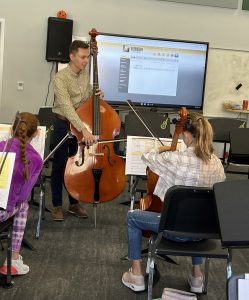 “
“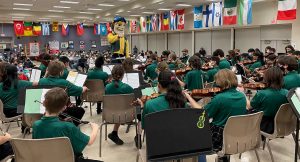
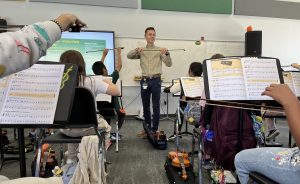 They also incorporate improv into concerts. “Sometimes there’s a solo section in a piece, or we can make one,” Otto says.
They also incorporate improv into concerts. “Sometimes there’s a solo section in a piece, or we can make one,” Otto says.
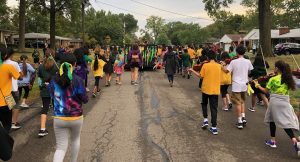
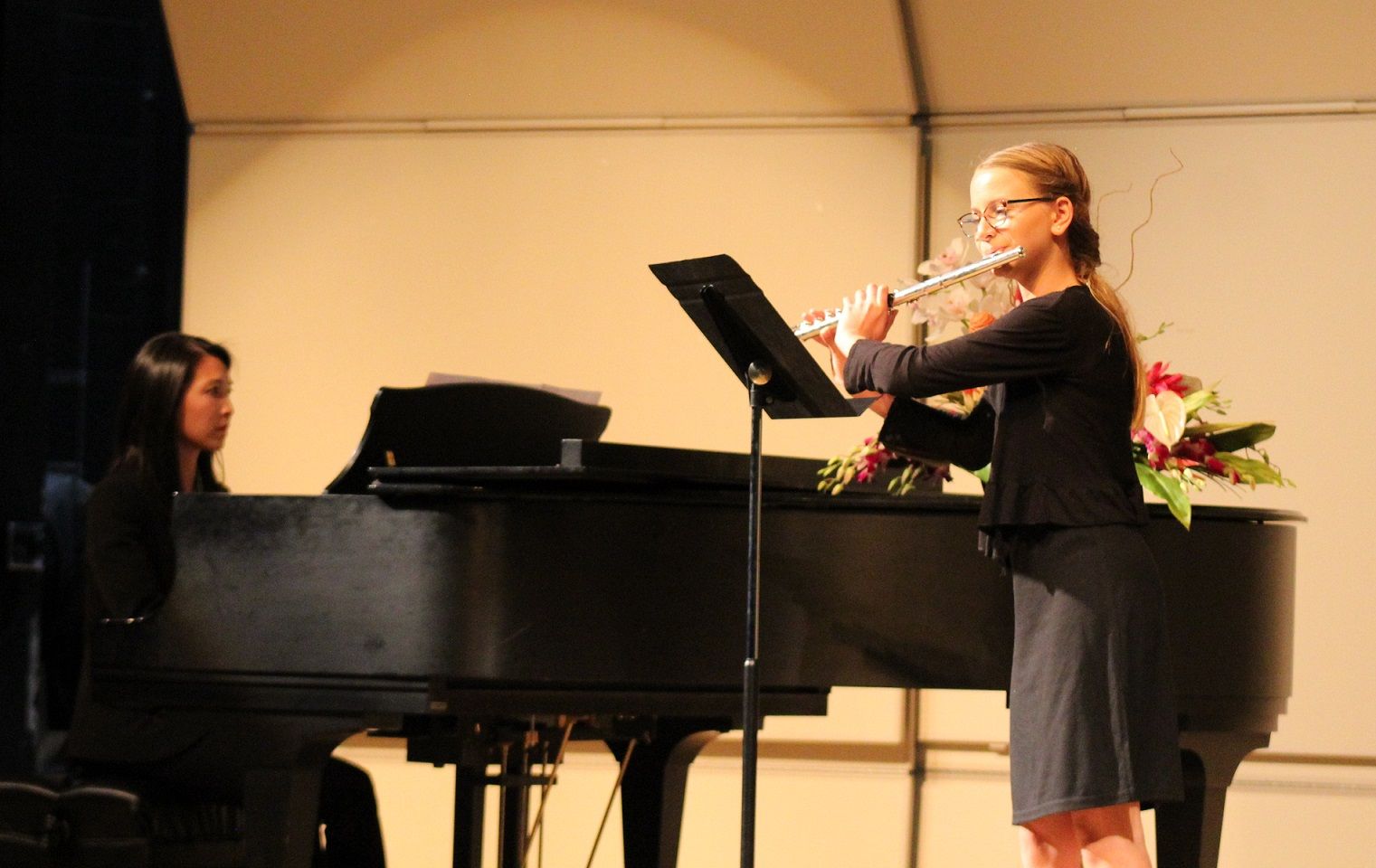
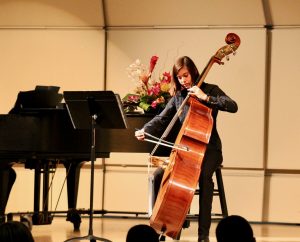 Finding Repertoire for Ensembles and “Oddsembles”
Finding Repertoire for Ensembles and “Oddsembles”
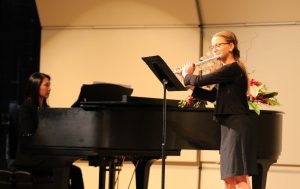 Day of the Festival
Day of the Festival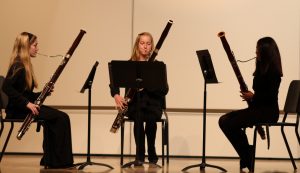 Our Solo and Ensemble Festival strengthens both our musicians’ skills and music community. Students involved often become leaders in their classes and are the most confident players in our ensembles. Rehearsing without a teacher helps them develop their critical thinking and analytical skills in music because they must break down why something isn’t working, lining up or doesn’t sound right.
Our Solo and Ensemble Festival strengthens both our musicians’ skills and music community. Students involved often become leaders in their classes and are the most confident players in our ensembles. Rehearsing without a teacher helps them develop their critical thinking and analytical skills in music because they must break down why something isn’t working, lining up or doesn’t sound right.
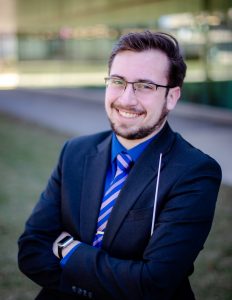
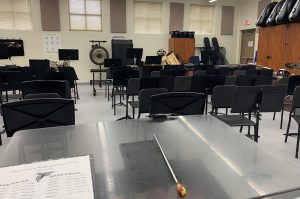 However, Don did the smart thing that many of us may have heard during our student-teaching: He waited. After taking some deep breaths and calming down, Don came to some realizations. Yes, he was busy, but the reality is that everyone’s busy! And this student was left off the program at a concert that he had worked hard for. The parent and child were upset, and nothing could change that. Don’s response was indicative of what I observed was at the core of his overall demeanor — honesty — and is one of the qualities that makes him a master educator.
However, Don did the smart thing that many of us may have heard during our student-teaching: He waited. After taking some deep breaths and calming down, Don came to some realizations. Yes, he was busy, but the reality is that everyone’s busy! And this student was left off the program at a concert that he had worked hard for. The parent and child were upset, and nothing could change that. Don’s response was indicative of what I observed was at the core of his overall demeanor — honesty — and is one of the qualities that makes him a master educator.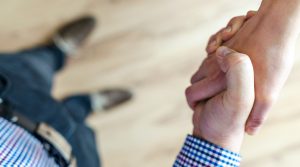 It’s easy to get caught up in the details, but Don Stinson’s practical advice and honesty made me feel better. Sure, right now I don’t know exactly how to do every aspect of my job, but there isn’t any podcast that can prepare me for that. I could only be sure that I would bring the openness and positive attitude that my students needed. At the Summer Symposium earlier that month, master teacher
It’s easy to get caught up in the details, but Don Stinson’s practical advice and honesty made me feel better. Sure, right now I don’t know exactly how to do every aspect of my job, but there isn’t any podcast that can prepare me for that. I could only be sure that I would bring the openness and positive attitude that my students needed. At the Summer Symposium earlier that month, master teacher 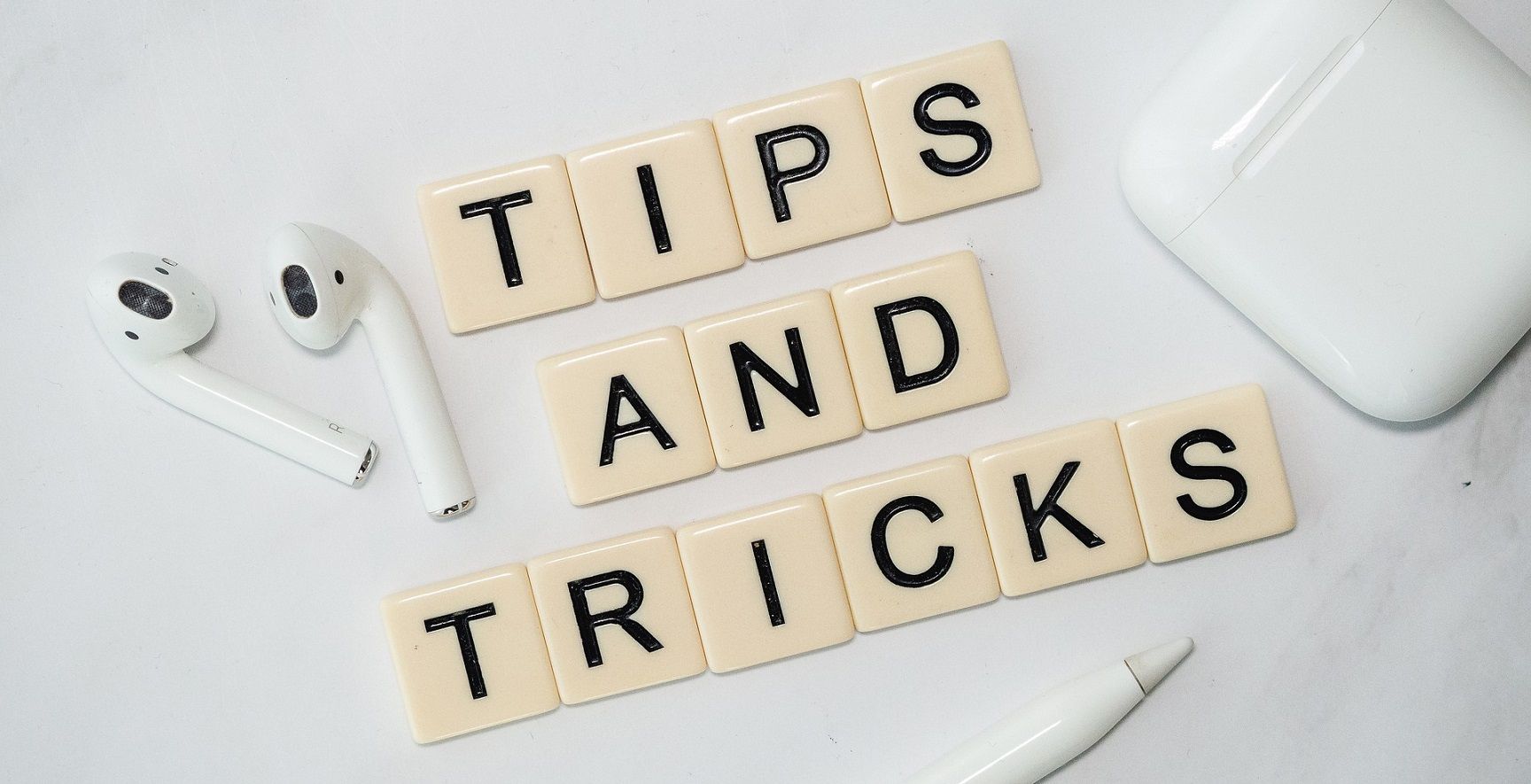

 However, new educators should understand that they can and should have the option of enjoying a life outside of their career. I shared my ups and downs with Dan. Small things, like missing out on some after-school social events. Other small things, such as not being at some of my own children’s events because of work-related items or eating poorly during busy seasons. But these small things add up to larger issues and can sneak up on you. No one plans on their health taking a negative turn, or their friend circle shrinking, or a divorce. They just “seem to happen” and can often be a result of us putting our careers ahead of our own health and wellness.
However, new educators should understand that they can and should have the option of enjoying a life outside of their career. I shared my ups and downs with Dan. Small things, like missing out on some after-school social events. Other small things, such as not being at some of my own children’s events because of work-related items or eating poorly during busy seasons. But these small things add up to larger issues and can sneak up on you. No one plans on their health taking a negative turn, or their friend circle shrinking, or a divorce. They just “seem to happen” and can often be a result of us putting our careers ahead of our own health and wellness. This meeting was exciting for me. Selfishly, I got a lot out of meeting with Dan. Sometimes as a teacher in the mid-stage of your career, you reflect on the things that you do, but also on the things that you used to do. As I shared my thoughts and tips with Dan — such as being vulnerable with students to encourage musical expression, writing encouraging handwritten notes on every student’s program before a concert, and creating a not-to-do list — I started to realize that I had strayed away from some of these items in my own teaching.
This meeting was exciting for me. Selfishly, I got a lot out of meeting with Dan. Sometimes as a teacher in the mid-stage of your career, you reflect on the things that you do, but also on the things that you used to do. As I shared my thoughts and tips with Dan — such as being vulnerable with students to encourage musical expression, writing encouraging handwritten notes on every student’s program before a concert, and creating a not-to-do list — I started to realize that I had strayed away from some of these items in my own teaching.
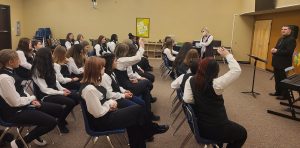 Since restructuring the choir program, Rogers has noted many benefits not only in increased membership numbers, but also in the educational and emotional benefits to the students. “Choir can be female-dominated in some areas, and it’s really tough for middle school boys in choir,” Rogers says. “I wanted them to be able to have comfort and a sense of camaraderie and ownership in what they’re singing. I’ve always thought that if I have a group of students with similar voices, I can devote more time to training their technique.”
Since restructuring the choir program, Rogers has noted many benefits not only in increased membership numbers, but also in the educational and emotional benefits to the students. “Choir can be female-dominated in some areas, and it’s really tough for middle school boys in choir,” Rogers says. “I wanted them to be able to have comfort and a sense of camaraderie and ownership in what they’re singing. I’ve always thought that if I have a group of students with similar voices, I can devote more time to training their technique.”

 Even over Zoom, Rogers had students participate in a community circle, where ensemble members all greeted each other and shared their thoughts aloud with the group.
Even over Zoom, Rogers had students participate in a community circle, where ensemble members all greeted each other and shared their thoughts aloud with the group.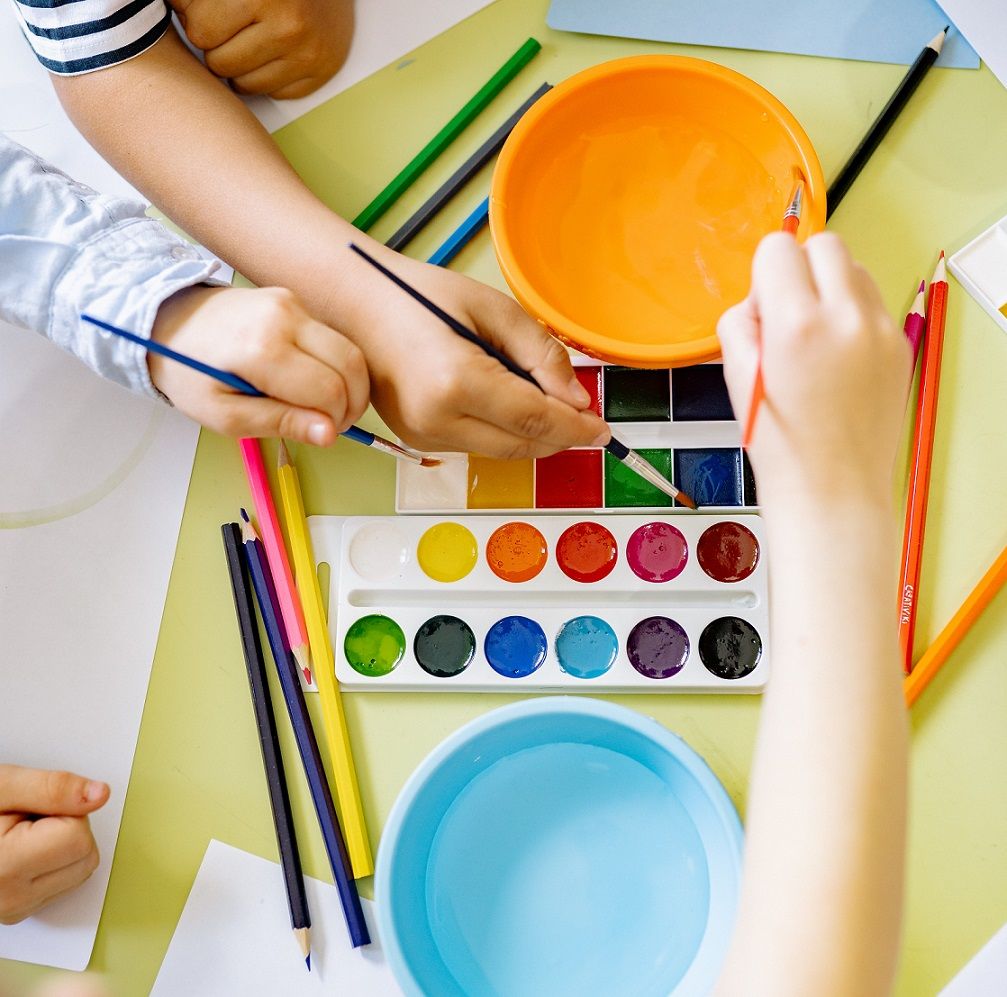
 Straw panpipe: Straw panpipes are a great way to teach about how length affects pitch and how scales work. To make a straw panpipe, you will need wide straws and materials to connect them, such as string, popsicle sticks and rubber bands, or simply tape. While you can use thin, they are much harder to get a sound on than bubble tea/boba straws.
Straw panpipe: Straw panpipes are a great way to teach about how length affects pitch and how scales work. To make a straw panpipe, you will need wide straws and materials to connect them, such as string, popsicle sticks and rubber bands, or simply tape. While you can use thin, they are much harder to get a sound on than bubble tea/boba straws.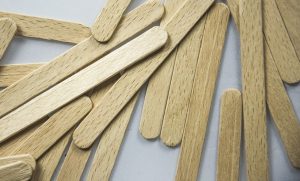 Popsicle-Stick Harmonica: This is one of the faster projects on our list. Popsicle-stick harmonicas require rubber bands, larger popsicle sticks, and straws or toothpicks. These “harmonicas” sound a lot like kazoos. They are super fun and buzzy, so be sure to do a lot of prep on when and where your students are allowed to play their instruments!
Popsicle-Stick Harmonica: This is one of the faster projects on our list. Popsicle-stick harmonicas require rubber bands, larger popsicle sticks, and straws or toothpicks. These “harmonicas” sound a lot like kazoos. They are super fun and buzzy, so be sure to do a lot of prep on when and where your students are allowed to play their instruments!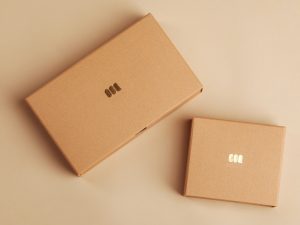 Cardboard Trumpets: This craft is suitable for lower elementary students and teaches about sound waves and buzzing.
Cardboard Trumpets: This craft is suitable for lower elementary students and teaches about sound waves and buzzing.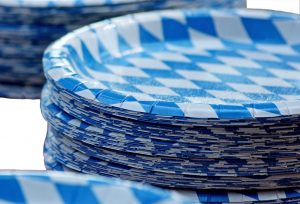 Paper Plate Tambourine: Here’s another simpler project for lower elementary students. You will need paper plates, jingle bells, a hole punch and some string. Because the tambourine is made of paper, students can color or paint their instruments before they put them together, allowing for more creative freedom than some of the other projects! Check out
Paper Plate Tambourine: Here’s another simpler project for lower elementary students. You will need paper plates, jingle bells, a hole punch and some string. Because the tambourine is made of paper, students can color or paint their instruments before they put them together, allowing for more creative freedom than some of the other projects! Check out 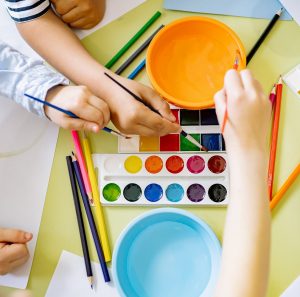 Give instructions before you pass out materials.
Give instructions before you pass out materials.
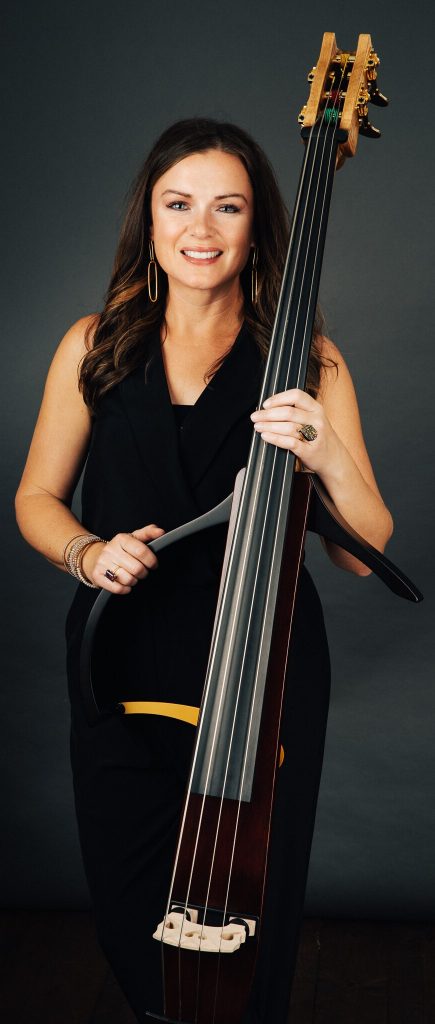
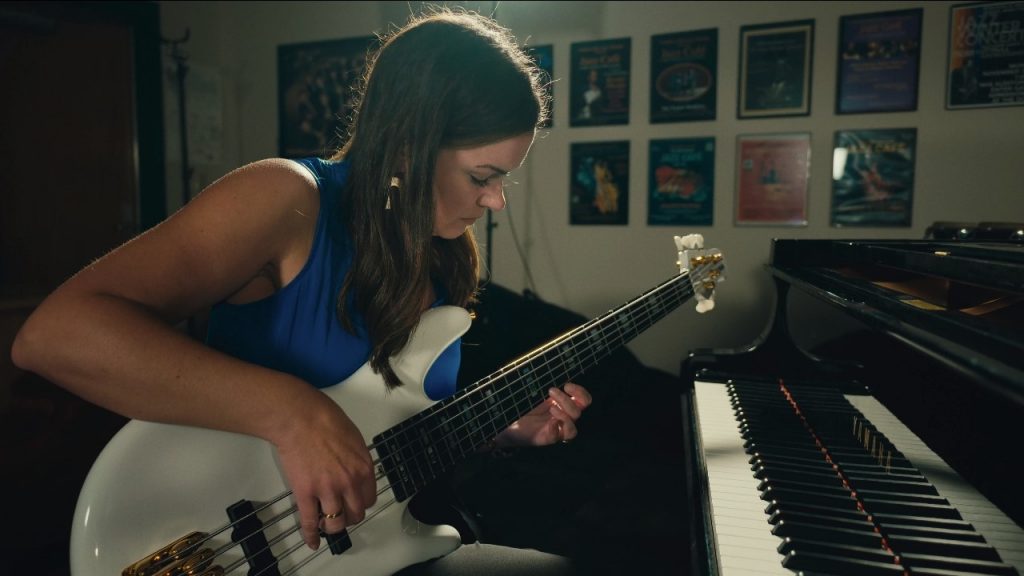


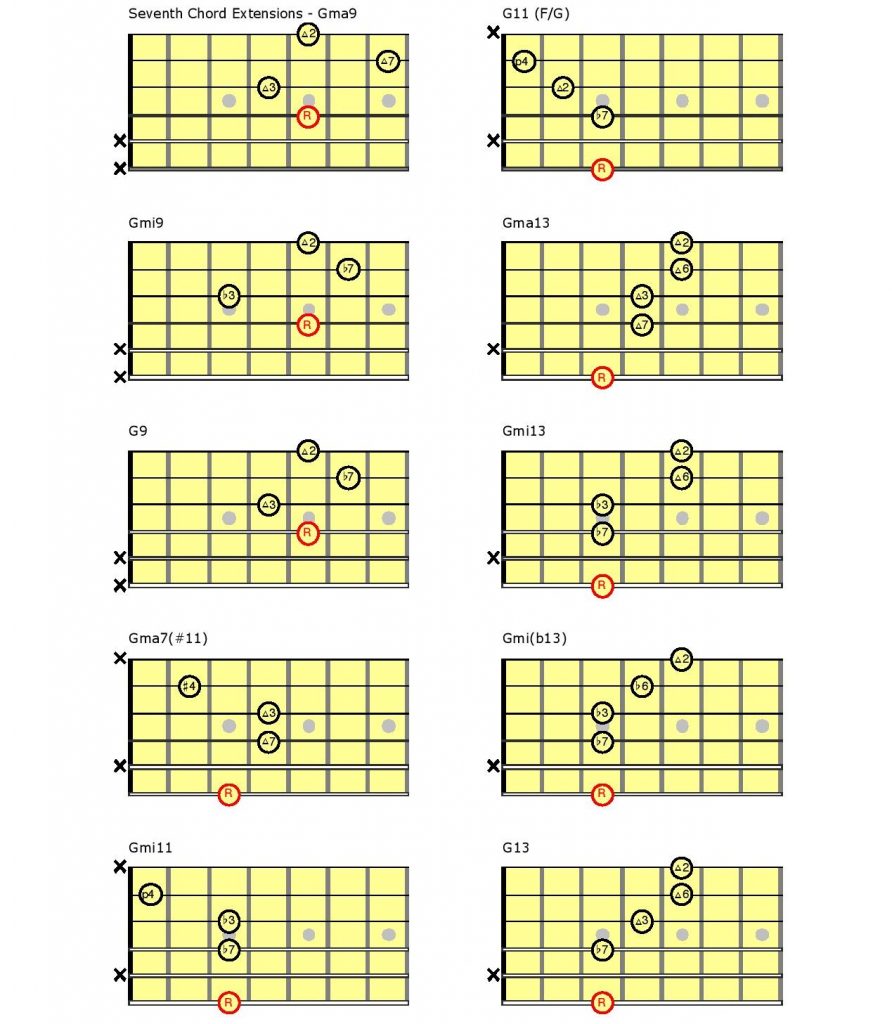

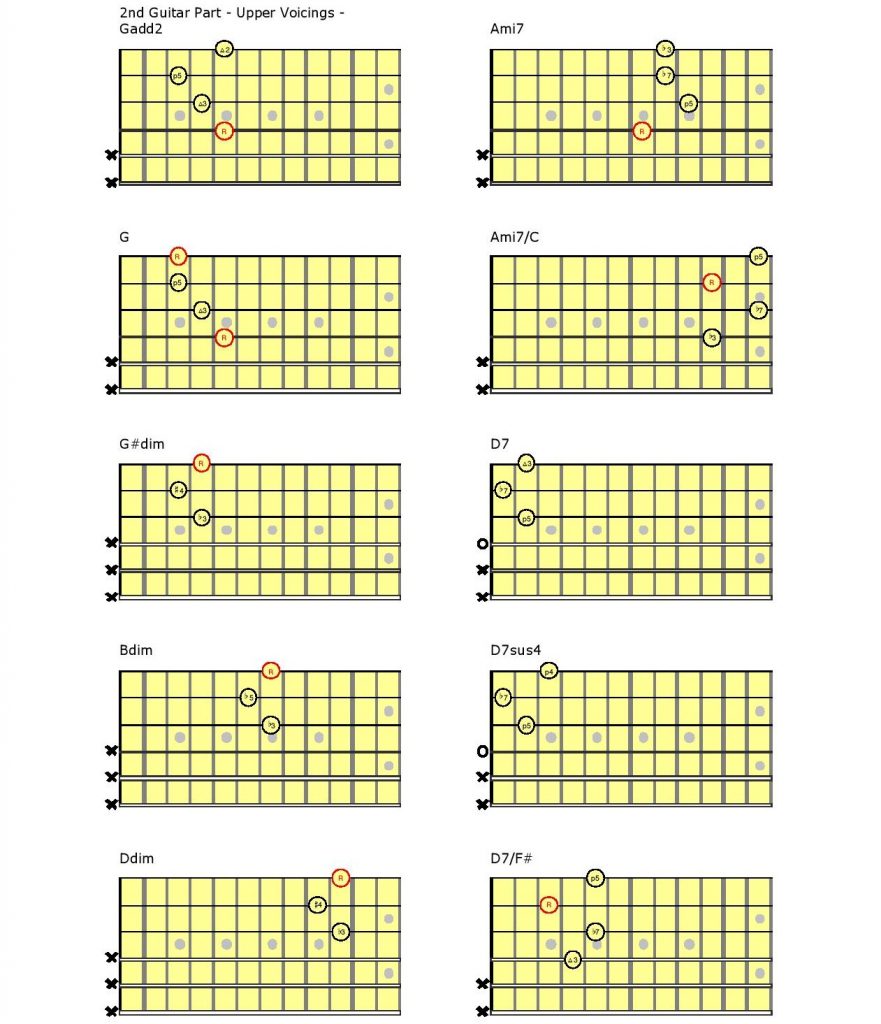

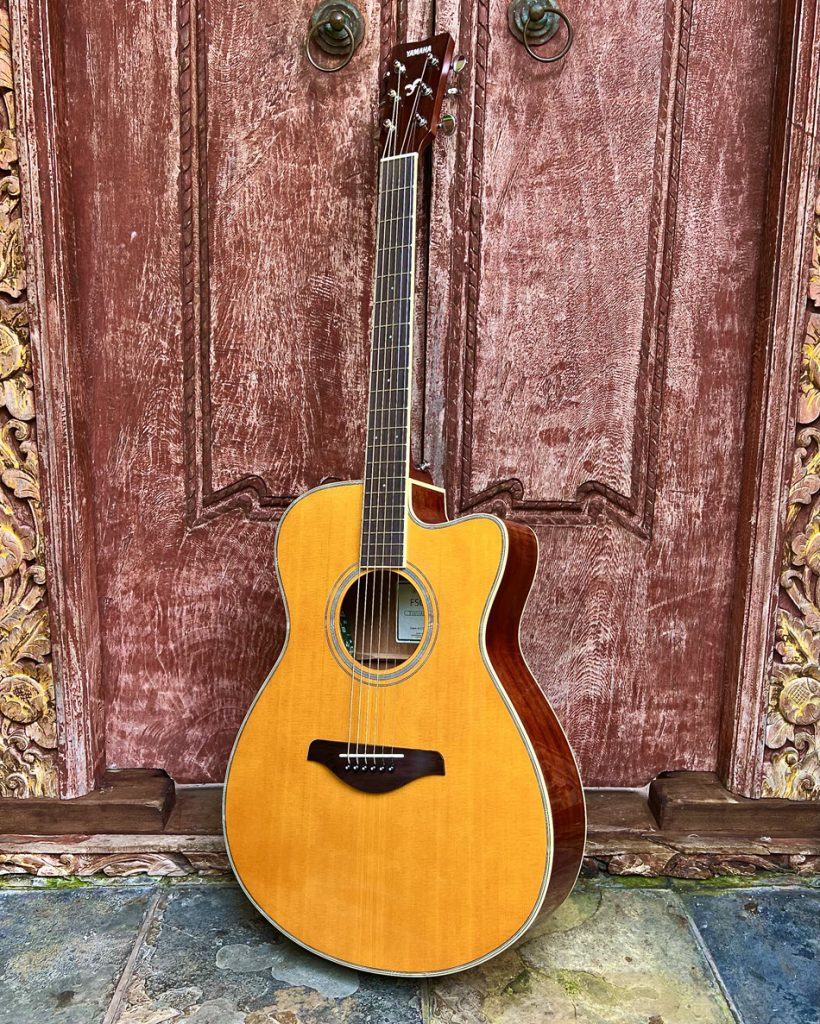



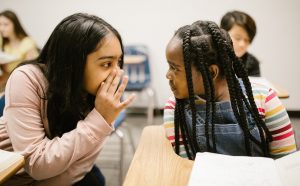 The report was released just prior to the
The report was released just prior to the 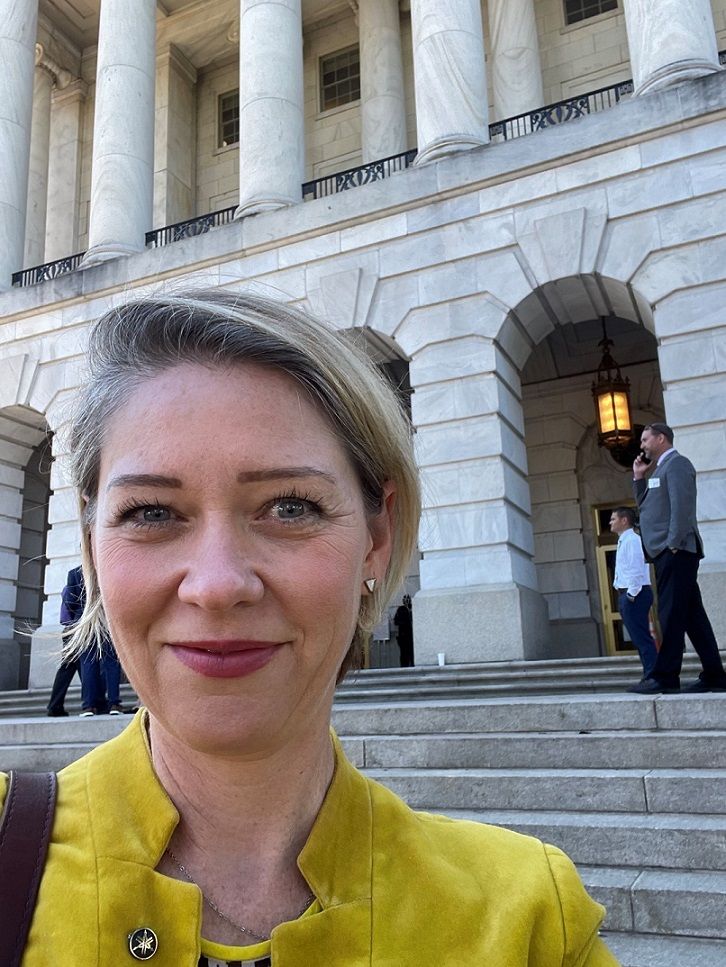
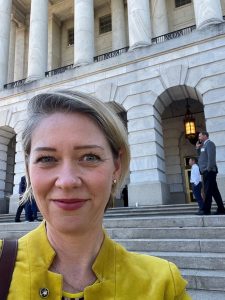 I was fortunate to travel to Washington, D.C., on September 14, 2022, to participate in NAMM’s “Hill Day” advocacy push. This event was put together to drive awareness and highlight the outcomes of student participation, and most importantly, where and how money is being spent on music education. Funding educational programs takes place at all levels of government, but NAMM specifically funds and uses current research data to track what happens to that money once it is applied to various bills and the provisions in its laws. As an advocacy coalition, we take this data to legislators and have conversations about the importance of funding key programs that will impact students, teachers and communities.
I was fortunate to travel to Washington, D.C., on September 14, 2022, to participate in NAMM’s “Hill Day” advocacy push. This event was put together to drive awareness and highlight the outcomes of student participation, and most importantly, where and how money is being spent on music education. Funding educational programs takes place at all levels of government, but NAMM specifically funds and uses current research data to track what happens to that money once it is applied to various bills and the provisions in its laws. As an advocacy coalition, we take this data to legislators and have conversations about the importance of funding key programs that will impact students, teachers and communities.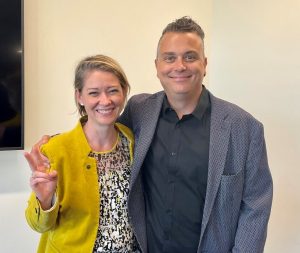
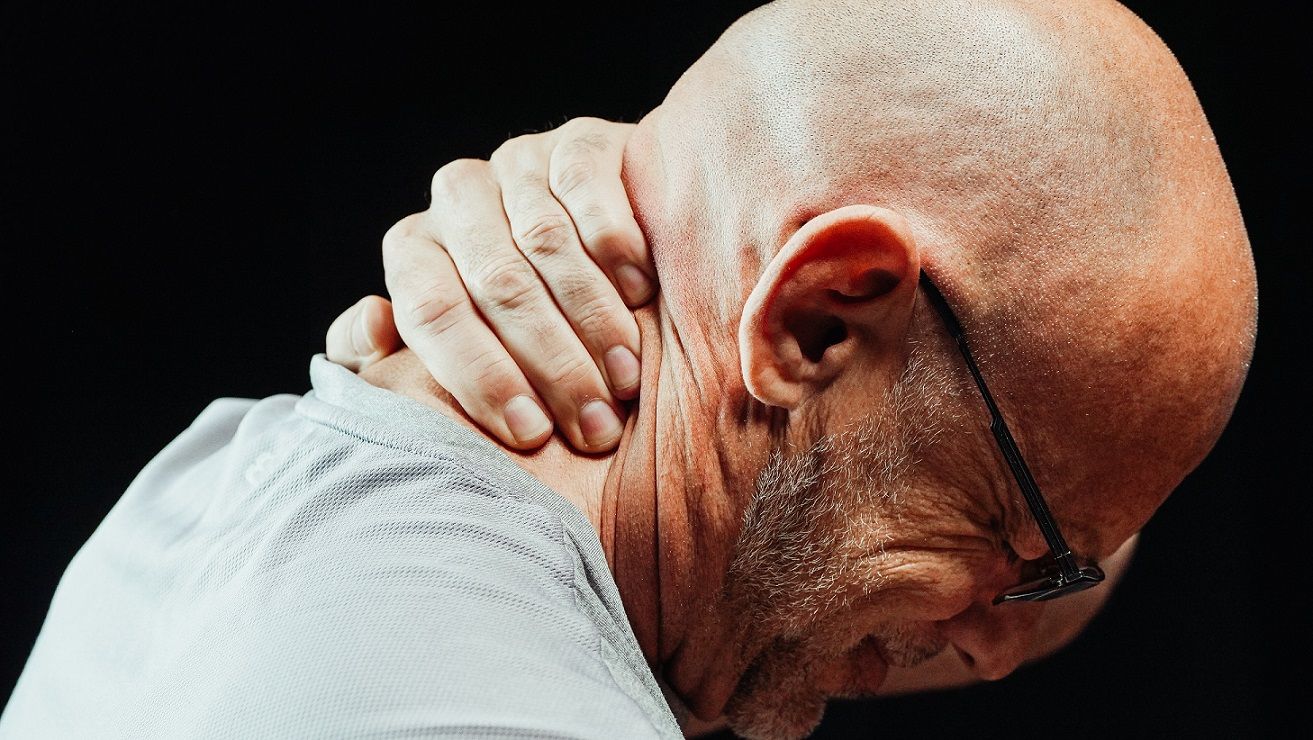
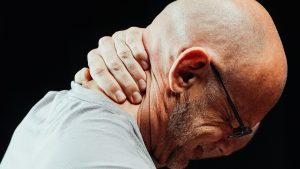 Is Music Hazardous to Your Health?
Is Music Hazardous to Your Health? Tight Neck and Shoulders
Tight Neck and Shoulders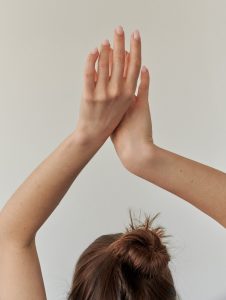
 Tight Hips
Tight Hips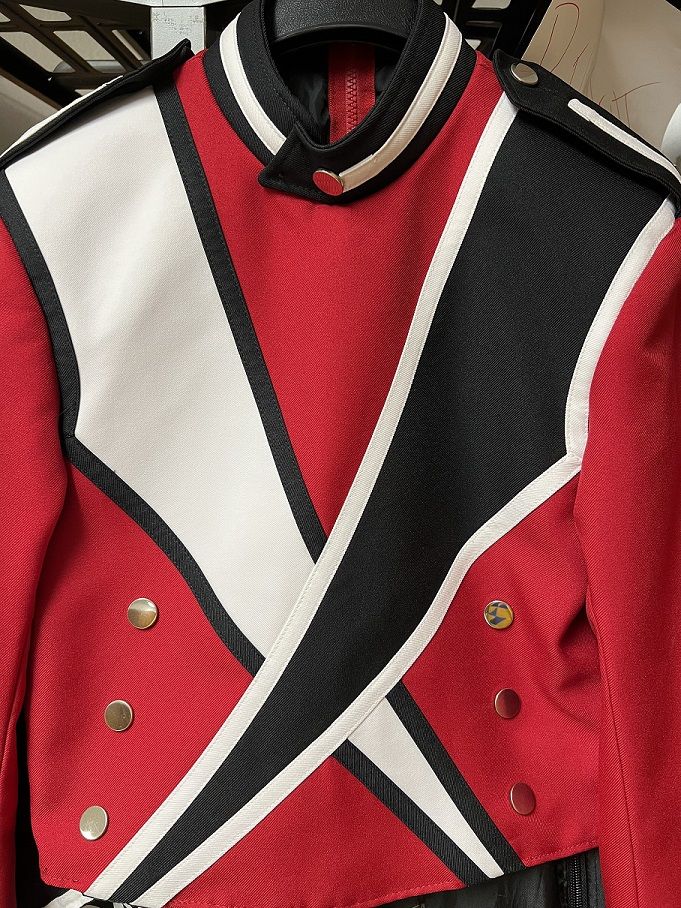
 A brand for your school music program or a select ensemble should not just be about designing a cool logo and throwing it on a T-shirt. Rather, it should be about creating and sustaining a unified vision and mission for your program. To be clear, a vision should center around what you want your program to be, while a mission should focus on how you intend to get there.
A brand for your school music program or a select ensemble should not just be about designing a cool logo and throwing it on a T-shirt. Rather, it should be about creating and sustaining a unified vision and mission for your program. To be clear, a vision should center around what you want your program to be, while a mission should focus on how you intend to get there. Many school logos come from the same source material with varying degrees of copyright permission. Perhaps you have even encountered identical mascots from two different schools. In my hometown of Chicago, it seems as though every “Home of the Mustangs” school has the exact same horse graphic! That said, my school’s Cardinal logo is strikingly similar to our namesake from the National Football League. Because of this, I am limited by copyright as to what I can design using that particular logo.
Many school logos come from the same source material with varying degrees of copyright permission. Perhaps you have even encountered identical mascots from two different schools. In my hometown of Chicago, it seems as though every “Home of the Mustangs” school has the exact same horse graphic! That said, my school’s Cardinal logo is strikingly similar to our namesake from the National Football League. Because of this, I am limited by copyright as to what I can design using that particular logo. If you want to print your logo on a banner for your marching band or other large-scale media, you must ensure the digital file is rendered in high-resolution. One of the ways resolution is measured is DPI, or dots per inch. When using a graphic meant for electronic distribution (e.g., Twitter profile, website image), 72 DPI should suffice. However, most graphics that will be printed should be at least 300 DPI. The higher the DPI, the sharper the image. Rendering high-resolution artwork will result in larger file sizes, but it will look crisper and less pixilated or grainy when displayed on larger surfaces.
If you want to print your logo on a banner for your marching band or other large-scale media, you must ensure the digital file is rendered in high-resolution. One of the ways resolution is measured is DPI, or dots per inch. When using a graphic meant for electronic distribution (e.g., Twitter profile, website image), 72 DPI should suffice. However, most graphics that will be printed should be at least 300 DPI. The higher the DPI, the sharper the image. Rendering high-resolution artwork will result in larger file sizes, but it will look crisper and less pixilated or grainy when displayed on larger surfaces.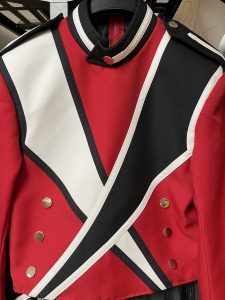 I had a prime opportunity to rebrand our marching band in 2013 when our school board approved the purchase of new uniforms. At the time, we did not have a band logo or any real identity. Our uniforms were almost 25 years old, and they were mostly black with very few design elements. About a third of the uniforms were missing buttons, most did not fit properly, and some were torn from years of use. Suffice to say, no one was particularly enthusiastic about suiting up for a football game or festival.
I had a prime opportunity to rebrand our marching band in 2013 when our school board approved the purchase of new uniforms. At the time, we did not have a band logo or any real identity. Our uniforms were almost 25 years old, and they were mostly black with very few design elements. About a third of the uniforms were missing buttons, most did not fit properly, and some were torn from years of use. Suffice to say, no one was particularly enthusiastic about suiting up for a football game or festival. Over the course of that year, our band formed an identity steeped in our new vision and mission of empowering one another. We decided that helping other members of our organization become the best version of themselves was just as important as achieving individual success. Our students began sharing responsibility for their own learning and holding each other accountable. We intentionally and collaboratively designed rehearsal plans to keep our organization advancing toward our goals. We sought to be the band that tried together, failed together and triumphed together.
Over the course of that year, our band formed an identity steeped in our new vision and mission of empowering one another. We decided that helping other members of our organization become the best version of themselves was just as important as achieving individual success. Our students began sharing responsibility for their own learning and holding each other accountable. We intentionally and collaboratively designed rehearsal plans to keep our organization advancing toward our goals. We sought to be the band that tried together, failed together and triumphed together.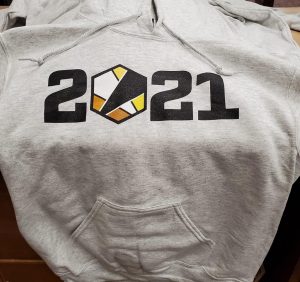 Every elected official in our community has a band T-shirt with our logo on it. Our band parents have yard signs, window clings and face masks, among other merchandise proudly displayed throughout our community. Every 8th grader from each of our feeder schools receives a brochure with our course offerings on letterhead with our logo proudly displayed. Now that we are several years into our rebrand, we have successfully used our logo in different iterations separate from our original design to showcase specific productions from year to year.
Every elected official in our community has a band T-shirt with our logo on it. Our band parents have yard signs, window clings and face masks, among other merchandise proudly displayed throughout our community. Every 8th grader from each of our feeder schools receives a brochure with our course offerings on letterhead with our logo proudly displayed. Now that we are several years into our rebrand, we have successfully used our logo in different iterations separate from our original design to showcase specific productions from year to year.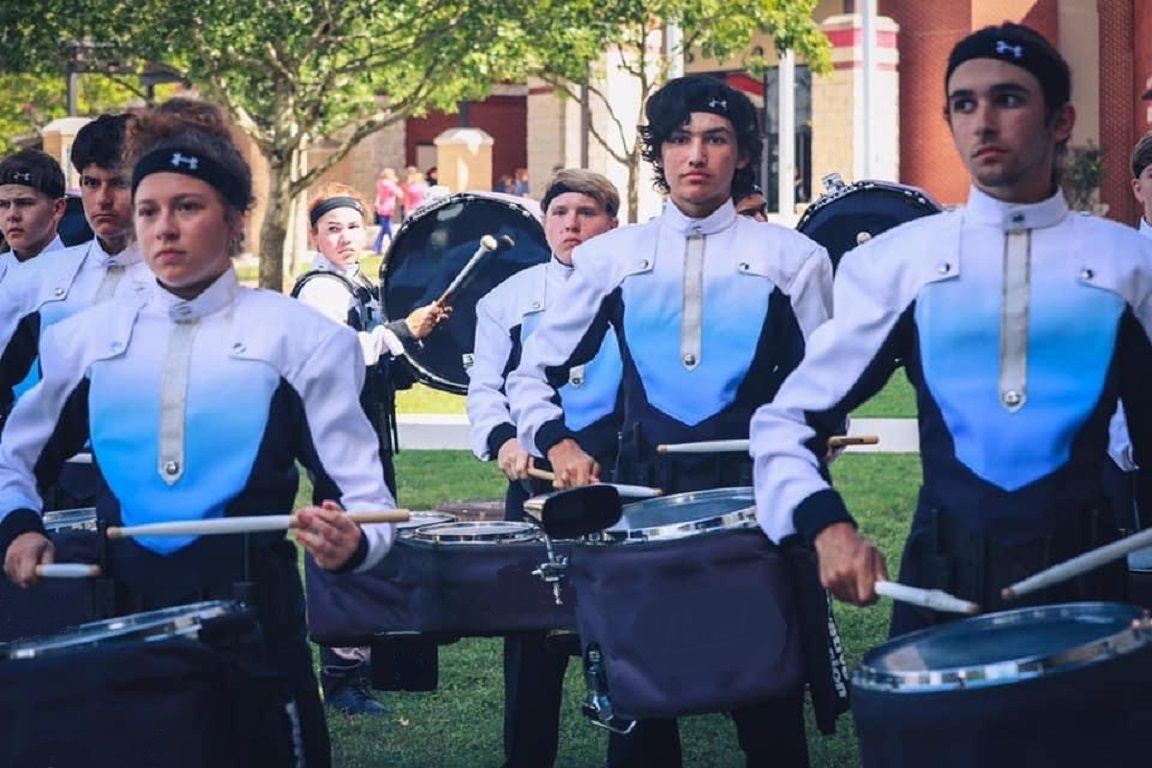
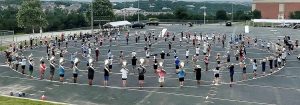
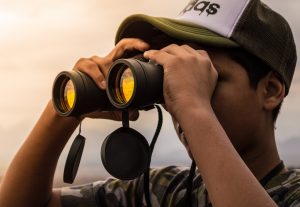 When asked what we want our students at
When asked what we want our students at 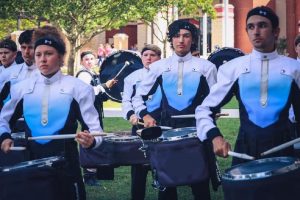 Throughout the year, I experience high moments, or peaks, with students, usually during great rehearsals and times when I feel that we are connecting and making terrific music together. However, most days are “ordinary time,” or valleys, when it seems like you are going through the motions. The kids aren’t necessarily high or low, and you’re in the weeds working through music or drills.
Throughout the year, I experience high moments, or peaks, with students, usually during great rehearsals and times when I feel that we are connecting and making terrific music together. However, most days are “ordinary time,” or valleys, when it seems like you are going through the motions. The kids aren’t necessarily high or low, and you’re in the weeds working through music or drills.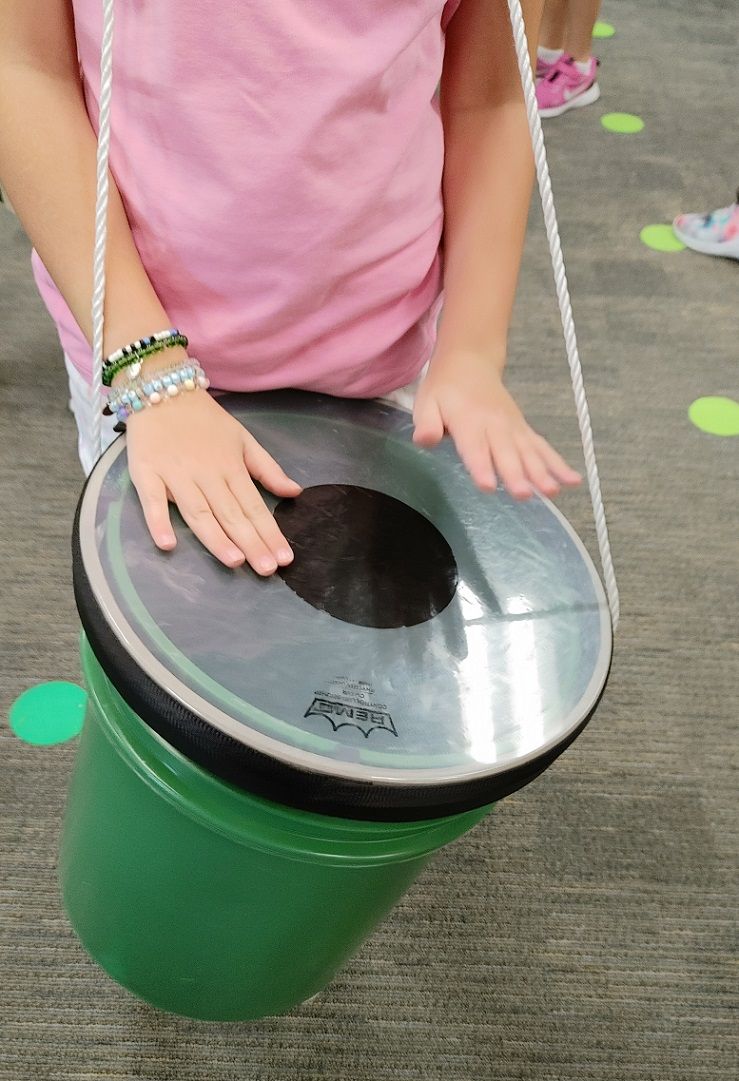

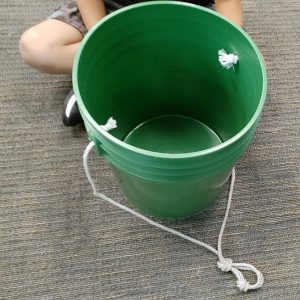
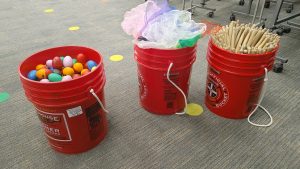 Besides all their wonderful musical benefits, buckets have alternate uses that have become standard in my classroom. I phase out damaged performance buckets as storage for boomwhackers, guitar strings, instrument cables and everything else that needs a separate container. My music room has no chairs but with a soft pad, buckets become a tolerable sitting surface for a short amount of time. If you’ve seen the
Besides all their wonderful musical benefits, buckets have alternate uses that have become standard in my classroom. I phase out damaged performance buckets as storage for boomwhackers, guitar strings, instrument cables and everything else that needs a separate container. My music room has no chairs but with a soft pad, buckets become a tolerable sitting surface for a short amount of time. If you’ve seen the